Protect Your Kitchen: A Step-by-Step Guide to Sealing Your Backsplash

Your kitchen backsplash does more than just look nice; it acts as a shield against daily messes and moisture. However, without proper sealing, even the most attractive backsplash can suffer from water damage. Whether you're installing a new backsplash or finishing up a renovation, understanding how to seal a backsplash and choosing the right materials can make a significant difference in its longevity and appearance.
Key Takeaways
- Sealing your backsplash protects it from moisture, grease, and stains, particularly in porous grout lines.
- A good sealant creates a waterproof barrier, preventing damage and the growth of mold and mildew.
- Proper preparation, including cleaning and ensuring the surface is completely dry, is vital for sealant adhesion.
- Select a high-quality, kitchen-grade sealant that is waterproof and mold-resistant for best results.
- Applying sealant involves cutting the nozzle, applying a steady bead along joints, and smoothing for a clean finish.
- Wipe away excess sealant immediately and allow it to cure fully according to manufacturer instructions.
- Regular cleaning with gentle agents and periodic re-sealing will maintain your backsplash's appearance and protection.
- Recognize signs of sealant breakdown, such as gaps, peeling, or mold, as indicators that it's time to reseal.
Understanding Your Backsplash's Vulnerability
Your kitchen backsplash is more than just a pretty face; it’s a critical barrier. It stands between your walls and the daily onslaught of splashes, grease, and moisture. But without the right protection, even the most stylish backsplash can quickly become a weak point in your kitchen's defenses. Think of it as your first line of defense, and like any defense, it needs to be properly maintained. Investing in your backsplash means protecting your entire kitchen from potential damage. When you buy marble tiles online in the USA, you're choosing beauty, but that beauty needs a shield.
The Essential Role of a Kitchen Backsplash
A kitchen backsplash serves a dual purpose: it protects your walls from spills and splatters, and it adds a significant design element to your cooking space. It’s the visual anchor that can tie your countertops, cabinets, and appliances together. However, its protective function is often underestimated, especially when it comes to the materials used in its construction and installation.
Why Backsplashes Need More Than Just Aesthetics
While the visual appeal of a backsplash is undeniable, its practical role is paramount. It’s constantly exposed to water, heat, and food debris. Without proper sealing, these elements can penetrate the surface, leading to stains, discoloration, and even structural damage over time. This is particularly true for materials like natural stone.
The Porous Nature of Grout Explained
Grout, the material filling the spaces between your tiles, is inherently porous. This means it has tiny openings that can absorb liquids. Even dense tiles can be compromised if the grout isn't sealed. This porosity is the primary reason why unsealed backsplashes are vulnerable.
How Unsealed Grout Leads to Damage
When liquids, especially colored ones like wine, coffee, or sauces, come into contact with unsealed grout, they can seep in and cause permanent stains. Over time, trapped moisture can also lead to mold and mildew growth, which is not only unsightly but also a health concern. This moisture can also weaken the grout and adhesive, potentially causing tiles to loosen.
Protecting Your Investment in Tile
Whether you've chosen classic ceramic, elegant marble, or durable travertine, your tile backsplash represents a significant investment. Proper sealing safeguards this investment by preventing damage that can diminish its appearance and longevity. For those looking at travertine pavers in California, understanding their specific sealing needs is key.
The Crucial Function of Backsplash Sealant
Backsplash sealant acts as a protective barrier. It fills the microscopic pores in grout and some tile surfaces, preventing liquids from penetrating. This barrier is vital for maintaining the cleanliness and integrity of your backsplash, especially in a busy kitchen environment.
Creating a Waterproof Barrier for Your Kitchen
By sealing your backsplash, you create a robust, waterproof barrier. This barrier stops moisture from reaching your walls and cabinets, preventing costly water damage and the growth of harmful mold and mildew. It’s a simple step that offers significant protection for your entire kitchen space.
The Undeniable Benefits of Sealing Your Backsplash
Your kitchen backsplash is more than just a pretty face; it's a vital shield for your walls. But without proper sealing, even the most stunning tile can fall prey to the daily onslaught of kitchen life. Sealing your backsplash isn't just about looks; it's about smart, long-term protection for your home. Think of it as an investment in your kitchen's health and longevity. When you buy marble tiles online USA, you want them to stay looking like new, right? Sealing helps make that happen.
Achieving Superior Waterproof Protection
Water is sneaky. It finds its way into tiny cracks and porous surfaces. Unsealed grout and gaps around your backsplash are prime entry points for moisture. This can lead to bigger issues down the line, like mold growth or damage to your walls. A good sealant creates a solid barrier, stopping water in its tracks. This is especially important near sinks and stovetops where splashes are common. It’s a simple step that offers significant peace of mind.
Enhancing Durability with Flexible Sealants
Kitchens are active places. Things shift, temperatures change, and vibrations happen. Flexible sealants move with these minor changes, preventing cracks from forming in the sealant itself. This means the protection stays intact, year after year. Unlike rigid materials, flexible sealants adapt, maintaining their seal even with everyday use. This adaptability is key to a lasting defense.
Resisting Mold and Mildew Growth
Mold and mildew love damp, dark places. Those unsealed grout lines and gaps behind your backsplash can become a breeding ground if moisture gets in. Sealing blocks this moisture, making it much harder for mold and mildew to take hold. This not only keeps your backsplash looking clean but also contributes to a healthier kitchen environment. Nobody wants mold in their cooking space.
Ensuring a Clean and Polished Finish
Beyond protection, a well-sealed backsplash simply looks better. Fresh sealant creates clean, sharp lines where your backsplash meets your countertop or cabinets. It gives the entire area a finished, professional appearance. It’s like the final polish on a beautiful piece of furniture. This attention to detail makes a big difference in the overall look of your kitchen. It shows you care about the details.
Preventing Stains on Natural Stone
If you have a natural stone backsplash, like granite or marble, you know how beautiful it is. But natural stone is also porous. Without sealing, spills like wine, oil, or tomato sauce can soak in and leave permanent stains. Sealant fills these pores, making it much easier to wipe up spills before they can cause damage. This is particularly important for materials like travertine pavers California, which can be quite absorbent.
Safeguarding Against Grease and Messes
Cooking creates grease splatters and food messes. These can easily get into grout lines and tile crevices. A sealed backsplash repels grease and makes cleaning up these everyday messes much simpler. Instead of scrubbing hard to remove baked-on grime, you can often just wipe it away. This saves you time and effort in the long run.
Maintaining Pristine Appearance Over Time
Ultimately, sealing your backsplash is about preserving its beauty and function. It protects your investment from the wear and tear of daily life. By preventing water damage, stains, and mold, you help your backsplash maintain its original look for much longer. This means fewer repairs and a kitchen that stays looking great with less effort. It’s a proactive approach to home care.
Preparing Your Backsplash for Sealing
Think of preparing your backsplash for sealing like prepping a canvas before painting. You wouldn't just slap paint on a dirty, dusty surface, right? The same applies here. A clean, dry surface is absolutely key for the sealant to do its job properly. This step might seem simple, but it's where many DIYers stumble, leading to sealant that doesn't stick or fails prematurely. Let's get this right so your backsplash stays protected and looking sharp for years.
The Importance of a Clean Surface
Surface contaminants are the enemy of good adhesion. Grease, dust, food splatters, and even cleaning product residue can create a barrier between your backsplash and the sealant. This means the sealant won't bond effectively, leading to peeling or gaps down the line. A truly clean surface allows the sealant to penetrate and form a strong, lasting bond, giving you that waterproof protection you're after.
Allowing Grout Adequate Curing Time
If your backsplash is newly grouted, patience is a virtue. Grout needs time to cure properly before you seal it. Applying sealant too soon can trap moisture within the grout, which can lead to discoloration or even damage over time. Most manufacturers recommend waiting at least 24 to 48 hours after grouting before you even think about sealing. This waiting period is critical for the grout's integrity.
Selecting the Right Cleaning Solution
Choosing the right cleaner is important, especially if you have natural stone like marble or travertine. For general cleaning, a mild, pH-neutral cleaner is usually best. Avoid harsh chemicals or acidic cleaners, as these can damage certain materials and even etch the stone. If you've recently installed your backsplash and it's still relatively clean, a gentle daily cleaner might be all you need. For tougher grease or grime, you might need something a bit stronger, but always test in an inconspicuous spot first.
Removing Grease and Dust Effectively
For most backsplashes, a good scrub with a soft sponge and your chosen cleaner will do the trick. Pay attention to areas where grease tends to build up, like near the stove. Make sure to rinse thoroughly to remove any cleaner residue. Don't forget to wipe down the entire surface to pick up any lingering dust particles. A clean, dry cloth is your best friend here.
Ensuring Complete Dryness Before Application
This is non-negotiable. Your backsplash must be completely dry before you apply any sealant. Even a little bit of residual moisture can compromise the sealant's performance. After cleaning and rinsing, give your backsplash ample time to air dry. You can speed this up with a clean, lint-free towel or even a hairdryer on a low setting. Check those grout lines and seams carefully – they can hold onto moisture longer than you think.
Prepping for Optimal Sealant Adhesion
Beyond just cleaning, think about the overall surface. Are there any old, peeling bits of sealant from a previous job? These need to go. A utility knife or a specialized sealant removal tool can help you carefully scrape away any old material. You want a smooth, uniform surface for the new sealant to adhere to. This prep work is what separates a professional finish from a DIY job that looks a bit rough.
Addressing Existing Grout Haze
Sometimes, after grouting, a faint haze can be left behind on the tile surface. This grout haze needs to be removed before sealing. You can usually tackle this with a specialized grout haze remover or even a diluted white vinegar solution (again, test on a small area first, especially with natural stone). Wiping this haze away ensures a clean surface for the sealant and prevents it from being sealed onto the tile, which can be difficult to remove later. If you're looking to buy marble tiles in the USA, proper preparation is key to maintaining their beauty.
Choosing the Right Sealant for Your Backsplash
Choosing the right sealant is a big step in protecting your kitchen. It’s not just about filling gaps; it’s about creating a barrier that keeps your backsplash looking good and functioning well for years. Think of it as giving your backsplash a protective shield against the daily grind of kitchen life.
Understanding Sealant Formulations
Sealants come in different types, each with its own strengths. You'll find acrylic latex, silicone, and hybrid formulas. Acrylic latex sealants are easy to work with and clean up, but they might not be as durable or flexible as silicone. Silicone sealants are known for their excellent waterproofing and flexibility, making them a top choice for kitchens where temperature changes are common. Hybrid formulas often combine the best of both worlds, offering good adhesion, flexibility, and water resistance.
Identifying Kitchen-Grade Sealant Requirements
For a kitchen backsplash, you need a sealant that can handle moisture, grease, and temperature fluctuations. Look for products specifically labeled for kitchen and bath use. These are typically formulated to resist mold and mildew, which is a common problem in damp kitchen environments. A good kitchen-grade sealant will also adhere well to various surfaces like tile, stone, and countertops.
Selecting Waterproof and Mold-Resistant Options
Waterproofing is non-negotiable for a backsplash. You want to stop water from getting behind your tiles or into the grout lines. Mold and mildew resistance is also key. Even with regular cleaning, moisture can get trapped, leading to unsightly growth. Choosing a sealant with these properties means less worry about damage and a cleaner kitchen overall.
Considering Sealants for Tile and Grout
When you buy marble tiles online in the USA, you want to keep them looking their best. Sealants designed for tile and grout work by penetrating the porous grout lines to create a barrier. This prevents stains from setting in and makes cleaning much easier. Some sealants are clear, while others might have a slight tint to match your grout color.
Exploring Hybrid Formula Sealants
Hydrid sealants are a newer option that often provides a great balance of features. They can offer the flexibility and water resistance of silicone, along with the paintability and easier cleanup of acrylics. If you're looking for a versatile product that performs well in demanding kitchen conditions, a hybrid formula is definitely worth considering.
Matching Sealant to Your Backsplash Material
Different backsplash materials have different needs. For natural stone like travertine pavers in California, you need a sealant that won't etch the stone but will still protect it from stains. Always check the product label to make sure it's compatible with your specific material, whether it's ceramic, porcelain, glass, or natural stone. Using the wrong sealant could damage your beautiful backsplash.
The Advantages of Permanently Flexible Sealants
Kitchens experience temperature changes, causing materials to expand and contract. A permanently flexible sealant can move with these changes without cracking or pulling away from the surface. This is especially important for the seams between your backsplash and countertop or cabinets. This flexibility helps maintain the waterproof barrier over time.
Mastering the Sealant Application Process
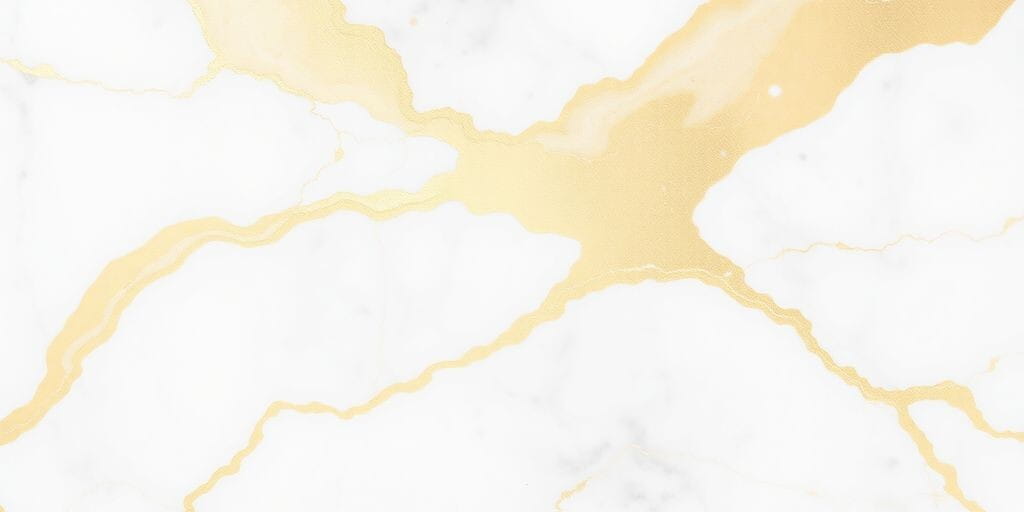
Applying sealant to your kitchen backsplash might seem straightforward, but getting that perfect, protective finish requires a bit of know-how. It’s not just about slapping some caulk on; it’s about creating a durable barrier that looks great and lasts. Let’s walk through the steps to ensure your backsplash is sealed like a pro.
Reviewing Manufacturer's Instructions
Before you even pick up a caulk gun, take a moment to read what the sealant maker recommends. Every product is a little different, and following their advice is the quickest way to a good result. They’ll tell you the best way to apply it, how long it needs to set, and any special tips for their specific formula. It’s a small step that makes a big difference.
Preparing Your Caulking Gun
Get your caulk gun ready. You’ll want to load the sealant tube properly. Make sure it’s seated well so you get a consistent flow when you squeeze the trigger. It’s like getting your tools ready before starting any important job – it just makes everything smoother.
Cutting the Nozzle for the Perfect Bead
This is where you control the width of your sealant line. Cut the tip of the nozzle at an angle. A smaller opening gives you a finer bead, perfect for tight seams. A larger opening is better for wider gaps. Aim for a bead size that matches the joint you’re sealing. You can always cut more off if you need a wider bead, but you can’t put it back on if you cut too much.
Applying a Steady Bead Along Joints
Now for the main event. Hold the caulk gun at a consistent angle and apply steady pressure. Move along the joint where your backsplash meets the countertop, sink, or wall. Try to keep the bead even and continuous. It’s better to apply a little less and go back over it than to apply too much at once. Think smooth, consistent lines.
Sealing the Countertop-to-Backsplash Gap
This is a prime spot for moisture to sneak in. Pay close attention to the seam where your countertop meets the backsplash. Apply a neat, even bead of sealant here. This gap is critical for preventing water damage and keeping your kitchen clean. A good seal here is key to protecting your investment, whether you’ve got beautiful marble tiles or durable travertine pavers.
Ensuring Coverage in Kitchen Corners
Corners can be tricky. Make sure you get the sealant right into the corner where two surfaces meet. You might need to adjust your angle or pressure slightly to ensure the sealant fills the space completely. Good coverage in corners stops water from getting trapped and causing problems later.
Smoothing the Sealant for a Clean Look
Once the bead is applied, it’s time to smooth it. This isn’t just for looks; it helps the sealant bond better. You can use a gloved finger, a damp cloth, or a specialized smoothing tool. The goal is to press the sealant into the gap and create a clean, uniform line. Wipe away any excess sealant immediately with a damp cloth. This makes a huge difference in the final appearance.
Achieving a Flawless Sealant Finish
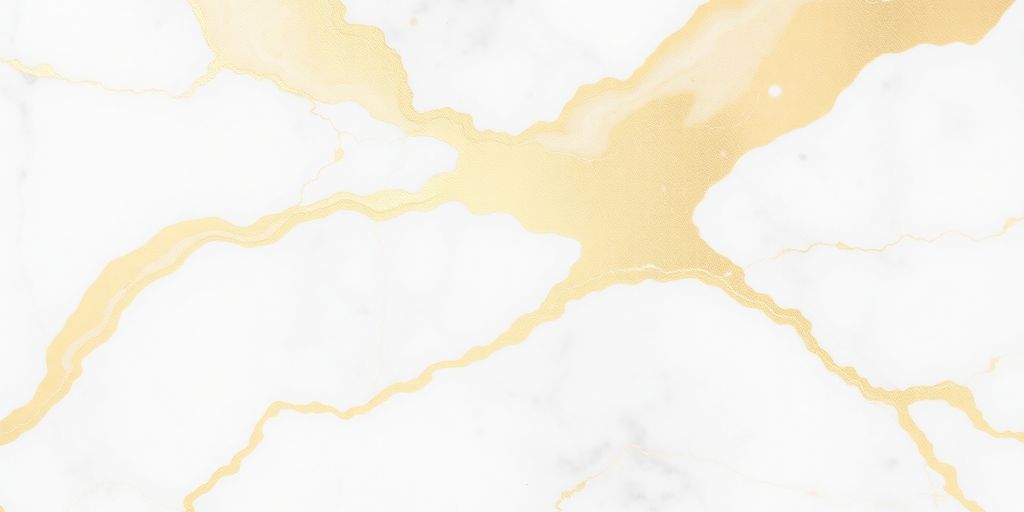
Once the sealant is applied, the next step is to make sure it looks as good as it performs. A clean, smooth finish not only protects your backsplash but also adds to the overall aesthetic of your kitchen. It’s about creating those crisp lines that make a new backsplash pop or give an older one a refreshed look.
Using a Gloved Finger for Smoothing
For a simple, effective smoothing technique, a gloved finger is your best friend. After applying a steady bead of sealant, dampen your gloved finger slightly with water. Gently run your finger along the bead, pressing the sealant into the gap. This action not only smooths the surface but also helps the sealant adhere better to both the backsplash and the countertop or wall. The key is a consistent, light pressure.
Employing a Dedicated Smoothing Tool
If you prefer a more specialized approach, a dedicated sealant smoothing tool can provide professional-looking results. These tools come in various shapes and sizes, allowing for precise control. They are designed to create a perfectly uniform bead, eliminating the guesswork and potential mess associated with using your finger. Many DIYers find these tools make achieving that clean, factory-finish look much easier.
Pressing Sealant into Gaps Effectively
Regardless of the smoothing method chosen, the goal is to press the sealant firmly into the joint. This ensures maximum adhesion and creates a complete seal, preventing any moisture from seeping behind the backsplash. A good press also helps to eliminate air bubbles that could compromise the integrity of the seal over time. Think of it as tucking the sealant in snugly.
Wiping Away Excess Sealant Promptly
Excess sealant is much easier to remove when it's wet. Keep a damp cloth or sponge handy to wipe away any sealant that squeezes out or smears onto the surrounding surfaces. Acting quickly prevents the sealant from drying and becoming difficult to remove, which could leave an unsightly residue. This immediate cleanup is vital for that polished final appearance.
Utilizing a Damp Cloth for Cleanup
A damp cloth is incredibly versatile during this stage. It's perfect for wiping away excess sealant, cleaning your smoothing tool, and even for gently cleaning up any smudges on the backsplash or countertop. Using a cloth that is just damp, not soaking wet, is usually best to avoid spreading the sealant too much.
Cleaning Tools and Hands Thoroughly
Once you've finished applying and smoothing the sealant, take a moment to clean your tools and hands. Wipe down your caulking gun, smoothing tools, and any stray sealant from your gloves. Washing your hands with soap and water will remove any residue. This ensures that the sealant doesn't transfer to other surfaces later on.
The Importance of Immediate Excess Removal
Don't delay in removing excess sealant. Leaving it to dry can lead to a hazy film or stubborn residue that mars the finish. Prompt removal is a small step that makes a big difference in the final look of your sealed backsplash. It’s the secret to a truly professional-looking job, making your kitchen look its best. If you've recently installed new marble tiles, this step is particularly important to maintain their pristine appearance.
Understanding Sealant Curing and Setting Times
So, you've applied the sealant, and it looks great. But when can you actually use your backsplash again? Patience is key here. Sealant needs time to cure and set properly to do its job effectively. Rushing this process can lead to a weak seal, or worse, a messy finish.
Variations in Sealant Curing Times
Different types of sealants have different timelines. Silicone sealants, for example, often need 24 to 48 hours to fully cure. Other types might be faster or slower. Always check the product packaging for specific instructions. It's not a one-size-fits-all situation.
Adhering to Manufacturer Curing Guidelines
This is non-negotiable. The company that made the sealant knows best. They've tested it extensively. Following their specific curing guidelines is the most reliable way to ensure a strong, lasting seal. Don't guess; read the label.
Typical Curing Duration for Silicone Sealants
For common silicone sealants used in kitchens, you're generally looking at a 24 to 48-hour window for a full cure. This means the sealant becomes completely solid and waterproof. Before this, it's still a bit soft and vulnerable.
The Importance of Avoiding Moisture During Curing
During the curing phase, moisture is the enemy. If water hits the sealant before it's fully set, it can disrupt the bonding process. This might mean the sealant won't stick well or won't become waterproof. Keep the area dry and avoid any splashes or cleaning.
Allowing the Sealant to Set Properly
Setting time is related to curing, but it refers to when the sealant is no longer tacky and can be handled without smearing. This usually happens much sooner than the full cure time. You might be able to gently touch it after a few hours, but that doesn't mean it's ready for heavy use.
Preventing Area Use Until Fully Cured
Think of it like paint drying. You can touch it lightly after an hour, but you can't really use the painted item until it's fully dry and hardened. The same applies to your backsplash sealant. Avoid leaning things against it, wiping it down vigorously, or exposing it to steam or water until the manufacturer's recommended cure time has passed.
The Impact of Curing on Sealant Performance
Proper curing is what gives your sealant its strength, flexibility, and water-repellent properties. If you skip or shorten the curing time, you're compromising all of those benefits. A poorly cured sealant might crack, peel, or fail to keep water out, leading to bigger problems down the line. It's a small wait for a big payoff in protection. If you're looking for durable materials, consider options like Atlantic Gray Marble 3X6 Tumbled Tile for your next project.
Maintaining Your Newly Sealed Backsplash
So, you've gone through the process and your backsplash is looking sharp and protected. That's fantastic! But the job isn't quite done yet. To keep that fresh, sealed look and make sure your investment lasts, a little ongoing care goes a long way. Think of it as giving your kitchen a regular spa day.
Regular Cleaning for Longevity
Keeping your backsplash clean is more than just about looks; it's about preserving the seal you've worked so hard to create. A simple routine can prevent buildup that might degrade the sealant over time. A weekly wipedown with a mild dish soap and water mixture is usually all you need. This gentle approach removes everyday grease and grime without stripping away the protective layer. Always check the manufacturer's specific cleaning advice for your sealant, as they know their product best.
Using Gentle Cleaning Agents
When it comes to cleaning, gentleness is key. Harsh chemicals or abrasive cleaners can break down the sealant, leaving your grout and tiles vulnerable again. Stick to pH-neutral cleaners. For most situations, a bit of dish soap mixed with warm water is perfect. If you're dealing with tougher spots, look for cleaners specifically designed for sealed surfaces. Remember, you're maintaining a barrier, not scrubbing away stubborn stains with brute force.
Avoiding Abrasive Scrubbing Tools
This is a big one. Those stiff-bristled brushes or abrasive sponges might seem like they'll get the job done faster, but they can actually scratch and wear down your sealant. Over time, this can create tiny openings where moisture can sneak in. Instead, opt for soft cloths, sponges, or microfiber towels. They're effective at cleaning without causing any damage to your newly sealed surfaces. Think soft and gentle, always.
Protecting the Sealant from Wear
Your backsplash faces daily challenges – splatters from cooking, steam from the kettle, and general kitchen activity. While the sealant offers great protection, it's not indestructible. Be mindful of where you place hot pans or oily ingredients directly against the backsplash. While the sealant helps, extreme heat or prolonged contact with certain substances can still affect its integrity. A quick wipe-down after cooking can make a world of difference.
Identifying Signs of Sealant Degradation
Even with the best care, sealants don't last forever. It's important to keep an eye out for signs that your sealant might be wearing thin or breaking down. Look for areas where the sealant might be peeling, cracking, or looks discolored. You might also notice water starting to bead up less effectively or even pooling in certain spots. These are all indicators that it's time to consider resealing.
The Need for Periodic Re-Sealing
Think of resealing as a touch-up for your backsplash's protection. Depending on the type of sealant used and the amount of wear and tear your backsplash experiences, you'll likely need to reseal it every few years. This isn't a difficult process, but it's vital for maintaining that waterproof barrier. Regular inspection will help you determine the right time to reapply, ensuring your backsplash stays protected and looking its best.
Keeping Your Backsplash Looking Its Best
Ultimately, maintaining your sealed backsplash is about preserving the beauty and functionality of your kitchen. By following these simple care tips, you're not just cleaning; you're actively protecting your investment. A well-maintained backsplash adds to the overall appeal of your kitchen and contributes to a healthier, more hygienic environment. It’s a small effort for a significant return in durability and appearance.
Knowing When to Reseal Your Kitchen Backsplash
Your kitchen backsplash is a hardworking surface, constantly battling splashes, grease, and moisture. While sealing it initially provides excellent protection, that protection isn't permanent. Over time, even the best sealants can break down, leaving your backsplash vulnerable. Knowing the signs that indicate it's time to reseal is key to maintaining your kitchen's integrity and appearance.
Recognizing Sealant Breakdown Over Time
Sealant, much like any protective coating, has a lifespan. Factors like heat from the stove, humidity from cooking, and regular cleaning can gradually wear it down. You might not notice it day-to-day, but a slow degradation is happening. Regular visual checks are your best defense against unseen damage.
Identifying Gaps or Peeling Sealant
One of the most obvious indicators that resealing is needed is when the sealant itself starts to fail. Look closely at the seams where your backsplash meets the countertop, cabinets, or walls. If you spot any areas where the sealant is pulling away, cracking, or peeling, it's creating an entry point for moisture. This is especially true for natural stone backsplashes, where even small gaps can lead to staining if water penetrates. If you're considering new materials, you might look into options like buying marble tiles online in the USA for a beautiful, durable surface that still requires proper sealing.
Spotting Mold or Mildew Formation
Even with diligent cleaning, the appearance of mold or mildew along the backsplash edges or in grout lines is a strong signal that moisture is getting trapped. This usually means the sealant has failed in those spots, allowing water to seep in and create a breeding ground for these unwelcome growths. Addressing this promptly is important for both aesthetics and your home's health.
Observing Water Pooling Along Edges
After washing dishes or cooking, do you notice water lingering or pooling along the base of your backsplash or where it meets the countertop? This is a clear sign that the sealant is no longer creating an effective waterproof barrier. The water should be sheeting off, not collecting in seams.
The Impact of Heat and Humidity
Kitchens are dynamic environments. The constant cycle of heat from cooking and increased humidity can stress the sealant over time. These environmental factors can cause the sealant to become brittle, lose its flexibility, and eventually crack or pull away, compromising its protective function.
Assessing Everyday Wear and Tear
Think about how you use your kitchen. Wiping down counters, scrubbing away spills, and the general activity of cooking all contribute to wear and tear on the backsplash and its sealant. While regular cleaning is necessary, aggressive scrubbing or using harsh chemicals can accelerate the breakdown of the sealant, making resealing a more frequent necessity.
Proactive Maintenance for Your Backsplash
Resealing your backsplash isn't just a repair; it's proactive maintenance. By addressing these signs early, you prevent more significant issues like water damage to your walls or cabinets, or permanent staining on porous materials like travertine. A little effort now can save a lot of trouble and expense later, keeping your kitchen looking its best and protected from the elements.
The Simple Process of Resealing Your Backsplash
Resealing your kitchen backsplash is a straightforward maintenance task that makes a big difference. It’s about more than just looks; it’s about keeping your kitchen protected and looking its best. Think of it as a quick refresh that extends the life of your backsplash and shows you care about your home.
Extending Backsplash Lifespan Through Resealing
Your backsplash works hard, facing splashes and splatters daily. Over time, the sealant can wear down. Resealing adds a fresh protective layer, helping to prevent stains and moisture from getting into the grout and tile. This simple step can keep your backsplash looking new for much longer.
Demonstrating Pride in Home Maintenance
Taking the time to reseal your backsplash shows you take pride in your home. It’s a small effort that contributes to a cleaner, more hygienic kitchen environment. A well-maintained backsplash reflects positively on your entire home.
Addressing Cracking or Peeling Sealant
Look closely at your backsplash edges and seams. If you notice the sealant is cracking, peeling, or pulling away from the surface, it’s a clear sign it needs attention. These gaps are entry points for water and grime.
Refreshing Discolored Sealant Lines
Sealant can sometimes become discolored over time, often from grease, soap scum, or cleaning products. If your sealant lines look dingy or yellowed, resealing will restore a clean, bright appearance to your backsplash.
A Straightforward Maintenance Task
Resealing isn't complicated. With the right tools and a little patience, anyone can do it. It’s a manageable DIY project that offers significant benefits for your kitchen’s appearance and protection.
Ensuring Continued Protection
When you reseal, you’re reinforcing the barrier that keeps your backsplash safe. This means better protection against spills, stains, and moisture, which is especially important in a busy kitchen environment.
The Value of Consistent Care
Regularly checking and resealing your backsplash is key to long-term protection. Consistent care prevents minor issues from becoming major problems, saving you time and money down the road. It’s a proactive approach to home maintenance.
Essential Tools for Backsplash Sealing
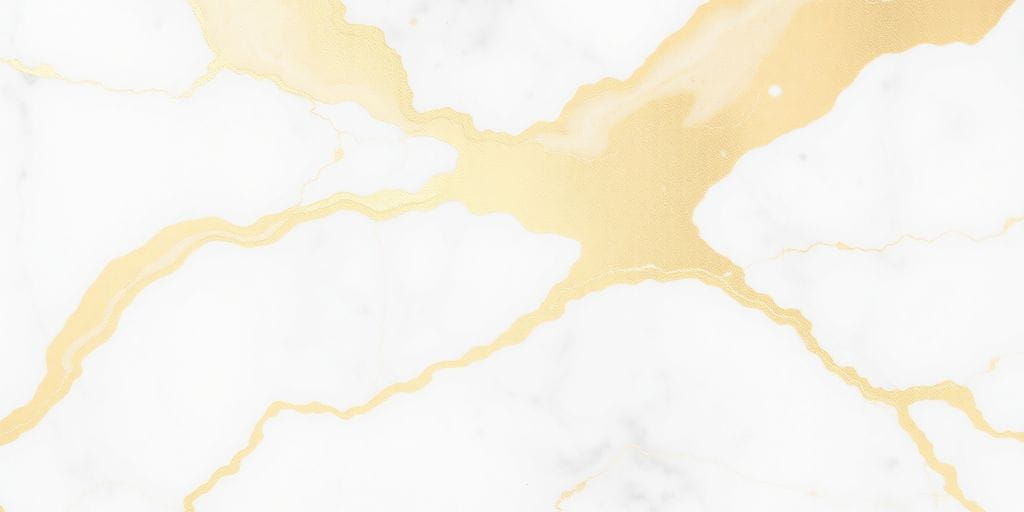
To get your backsplash looking its best and protected, you'll need a few key items. Having the right gear makes the job much easier and the results much better. Think of it like this: you wouldn't try to build a sturdy deck without proper tools, right? Your backsplash deserves the same attention.
- Caulk Tube: This is where your sealant lives. You'll want to pick one that matches your project's needs – maybe a kitchen-grade silicone for that waterproof finish.
- Caulking Gun: A good gun makes applying a smooth, even bead of sealant simple. Look for one that's comfortable to hold and easy to control.
- Utility Knife: This is handy for making precise cuts on the caulk tube nozzle, controlling how much sealant comes out. It’s also useful for cleaning up old sealant if you’re resealing.
- Razor Blade: If you’re removing old caulk, a sharp razor blade is your best friend. It helps get a clean surface for the new sealant to stick to.
- Cleaning Rags: You’ll need these for wiping up excess sealant and cleaning your tools. Having a few on hand is always a good idea.
- Water: A little bit of water can help smooth out sealant for a clean finish, and it’s also great for cleaning up.
- Protective Gloves and Eye Protection: Safety first! Keep your hands clean and your eyes protected from any stray sealant.
Having the right tools means you can tackle the job with confidence, leading to a professional-looking finish that protects your kitchen.
Choosing the right caulk tube is important. For kitchens, you'll want something that can handle moisture and heat. Many people find that silicone-based sealants work well because they stay flexible. If you're working with natural stone, like marble or travertine, make sure your sealant is compatible. You can often find great options if you search for "buy marble tiles online USA" or "travertine pavers California" – the same places often have the right sealants too.
Ensuring Sealant Adhesion and Performance
The Criticality of Surface Preparation
Getting the sealant to stick and last is all about what you do before you even squeeze the tube. Think of it like painting – you wouldn't paint over dirt, right? The same goes for sealant. A clean, dry surface is the absolute key to making sure your sealant does its job properly for years to come.
Why Cleanliness Matters for Adhesion
Grease, dust, soap scum, or old sealant residue are like tiny little roadblocks for new sealant. They prevent it from making a solid connection with the tile and countertop. If the sealant can't bond directly to the material, it's just going to peel off or pull away way sooner than you'd want. We're talking about keeping your kitchen looking good, so skipping this step is a big no-no.
The Role of Dry Surfaces
Moisture is the enemy of good adhesion. If you apply sealant over a damp surface, you're basically trapping water right there. This can lead to mold and mildew growing underneath the sealant, which is not only gross but also weakens the bond. Make sure everything is bone dry before you start. A fan or even just leaving the area open to air for a while can help.
Preventing Moisture Trapping
This ties right into having dry surfaces. When you seal, you're creating a barrier. If that barrier is applied over moisture, you've created a little water pocket. This is especially important in kitchens where splashes and steam are common. Proper drying means the sealant can do its job of keeping water out, not trapping it in.
Achieving Proper Sealant Penetration
For the best seal, you want the sealant to get into all the tiny nooks and crannies, especially in the grout lines and where the backsplash meets the counter. This means using the right amount of pressure when you apply it and smoothing it out so it fills those gaps completely. If you're just laying it on top, it won't be as effective.
Maximizing Sealant Effectiveness
Think about the purpose: keeping water out, preventing stains, and looking good. To get the most out of your sealant, you need to follow the steps. This includes picking the right product for your backsplash material – whether it's natural stone like marble or travertine, or ceramic tile. A sealant made for porous surfaces will perform much better than a generic one.
The Science Behind Sealant Bonding
Sealants, especially silicone-based ones, work through a chemical process. When exposed to air (and sometimes moisture, depending on the type), they cure and form a strong, flexible bond. This process needs a clean, dry surface to happen correctly. If there's anything in the way, the chemical reaction can't create that strong, lasting connection. It’s all about giving the sealant the best chance to do its science thing.
Addressing Common Backsplash Sealing Questions
Got questions about sealing your backsplash? You're not alone. It’s a common step many homeowners wonder about. Let's clear things up.
Do All Backsplashes Require Sealing?
Pretty much, yes. Especially if your backsplash is near water sources like sinks or stovetops. Even if your tiles themselves don't soak up much, the grout between them is a different story. Grout is porous, meaning it can absorb liquids over time. Without a good sealant, this can lead to stains and even damage. Protecting your investment, whether it's sleek porcelain or beautiful marble tiles online USA, is key.
Optimal Waiting Period After Grouting
Give your grout some time to settle. Waiting at least 24 hours after grouting is a good rule of thumb. This allows the grout to cure properly. Sealing too early can trap moisture, which is the last thing you want.
Can New Sealant Be Applied Over Old?
It’s usually best to remove old sealant first. Think of it like painting – you wouldn't paint over peeling old paint, right? New sealant won't stick well to old, dirty, or peeling material. A utility knife or a good sealant remover can help get the old stuff off cleanly.
Distinguishing Grout Sealer from Silicone Sealant
These two serve different purposes. Grout sealer is typically a liquid that soaks into the grout lines to stop stains. Silicone sealant, on the other hand, is a flexible, waterproof material applied to edges and seams. It stops water from getting into those tricky gaps, like where your backsplash meets the counter.
Frequency of Backsplash Re-Sealing
Most silicone sealants hold up well for several years. However, it's smart to check them out once a year. If you see any cracks, peeling, or signs of mold, it's definitely time for a refresh. Think of it like giving your kitchen a little spa treatment.
When to Seek Professional Assistance
While sealing is a manageable DIY project, sometimes it's best to call in the pros. If you have a very complex backsplash design, or if you've tried to remove old sealant and it's just not working, a professional can handle it. They have the tools and experience to get the job done right, especially if you're working with delicate materials like natural stone, similar to installing travertine pavers California.
Understanding Sealant Lifespan
Sealant lifespan can vary. Factors like heat, humidity, and how much you use your kitchen can affect it. Generally, expect a good quality sealant to last a few years. Regular cleaning and occasional resealing will help it last even longer, keeping your kitchen looking great.
Protecting Natural Stone Backsplashes
The Beauty and Porosity of Natural Stone
Natural stone backsplashes, like granite or marble, bring a touch of elegance to any kitchen. You might be thinking about where to buy marble tiles USA or perhaps looking for travertine pavers California. While stunning, these materials have a secret: they're porous. This means tiny little holes exist within the stone, ready to soak up spills. It's like a sponge, but for your kitchen counter. This natural characteristic is what makes them beautiful, but it's also their biggest weakness.
Preventing Contamination Penetration
When liquids, especially colorful ones like wine, coffee, or tomato sauce, hit an unsealed stone surface, they can seep into these pores. Once a spill penetrates the stone, it can be incredibly difficult to remove. This is where sealing becomes not just a good idea, but a necessity for maintaining the pristine look of your natural stone backsplash.
The Risk of Permanent Staining
Imagine a beautiful white marble backsplash. A splash of red wine happens. If the stone isn't sealed, that wine can soak in, leaving a permanent pinkish stain that no amount of scrubbing can erase. This is the real risk with porous natural stone. It’s not just about appearance; it’s about protecting your investment from irreversible damage. You want your kitchen to look great, and stains can really ruin that.
Using Sealants for Stone Protection
Applying a quality sealant creates a barrier. This barrier fills those tiny pores, preventing liquids from soaking into the stone. Think of it as giving your stone a protective shield. It allows you to wipe up spills quickly without worrying about them becoming permanent marks. For natural stone, it's important to use a sealant specifically designed for it. Some general-purpose sealants might not be suitable and could even cause damage. For instance, Supreme Silicone Kitchen & Bath Sealant is often recommended for natural stone surfaces.
Choosing pH-Neutral Cleaners for Stone
When it comes to cleaning your natural stone backsplash, the cleaner you use matters just as much as the sealant. Many common household cleaners are acidic. Acids can etch the surface of stone like marble or travertine, causing dull spots or a rough texture. Always opt for pH-neutral cleaners. These are gentle on the stone, preserving its natural beauty and finish without causing damage. A gentle cleaner will help your sealant last longer too.
Avoiding Acidic Cleaners That Etch Stone
It bears repeating: steer clear of acidic cleaners. Things like vinegar-based cleaners or those with harsh chemicals can do more harm than good. They might seem like they're cleaning effectively, but they're actually slowly damaging the stone's surface. This damage is permanent and can make your backsplash look dull and worn over time. Always check the label and choose cleaners specifically marked as safe for natural stone.
Maintaining the Integrity of Marble and Travertine
Marble and travertine are popular choices for their unique veining and classic look. However, they are also quite soft and porous compared to granite. This means they require extra care. Regular sealing and gentle cleaning are key to maintaining their integrity. By taking these steps, you ensure that your marble or travertine backsplash remains a beautiful focal point in your kitchen for years to come, resisting stains and wear.
Advanced Sealing Techniques for Durability
Applying Sealant to Vertical Surfaces
Sealing vertical surfaces, like your backsplash, requires a bit of finesse. You want a consistent bead that adheres well without running. Start at the top and work your way down. A steady hand is key here. If you're working with a particularly tricky spot, like a corner, consider using a specialized caulk gun with a swivel head. This makes maneuvering much easier. Getting a smooth, even application on vertical runs prevents drips and ensures full coverage.
Ensuring Full Grout Saturation
For grout lines, the goal is saturation. You want the sealant to penetrate, not just sit on the surface. Think of it like painting – you need to get into all the nooks and crannies. For wider grout lines, you might need to apply a second thin coat after the first has set slightly. This ensures maximum protection against moisture and stains. If you're looking to buy marble tiles in the USA, proper grout sealing is just as important as the tile choice itself.
Using Applicators for Larger Areas
If your backsplash is quite large, or you're tackling a project with extensive grout lines, standard caulk tubes might feel slow. Consider using a larger caulk gun or even a bulk caulk applicator. Some products come in larger tubs with specialized tools for spreading. This can speed up the process significantly and help maintain a consistent application across a wider area. For those working with travertine pavers in California, efficient application is a big time saver.
Preventing Sealant Drying During Application
This is a common issue, especially in warmer climates or if you're working slowly. Sealant can start to skin over in the tube or on the surface before you've finished. Keep the nozzle clean and try to work in manageable sections. If you notice it starting to dry, wipe it away and start fresh. Don't try to smooth over sealant that has already begun to cure.
The Benefits of Continuous Application
When you're applying sealant, try to maintain a continuous bead. Stopping and starting can create visible lines or weak spots. Plan your application so you can complete a run without interruption. This leads to a cleaner look and better protection. It’s about creating an unbroken barrier against water and grime.
Achieving Even Sealant Distribution
Even distribution is what separates a professional job from a DIY attempt. You want the sealant to be the same thickness all the way along the joint. This not only looks better but also means the protection is consistent. Use smooth, even strokes with your caulking gun. If you're using a smoothing tool, apply consistent pressure. This is especially important when sealing around sinks or stovetops where water is most likely to collect.
Maximizing Protection for High-Traffic Areas
Areas around your stove or sink get more use and are more prone to splashes and grease. These spots need extra attention. Apply sealant generously but neatly in these high-traffic zones. Consider a second pass if necessary. For natural stone backsplashes, like marble or granite, ensuring the sealant gets into every pore is key to preventing permanent staining. If you're thinking about buying marble tiles online in the USA, remember that proper sealing is part of the long-term care.
The Aesthetic Impact of Proper Caulking
Think your backsplash is just about the tiles? Think again. The real finishing touch, the detail that screams 'professional job,' is often the caulk. Get it right, and your kitchen backsplash looks polished and complete. Get it wrong, and it can really bring down the whole look.
Creating a Finished Edge for Your Backsplash
Caulking isn't just about stopping water. It's about creating a clean, sharp line where your backsplash meets the counter or wall. This finished edge makes the entire installation look intentional and well-executed. It’s the difference between a DIY job and a custom look.
Polishing Off a Newly Renovated Space
After all the hard work of installing a new backsplash, the caulk is the final flourish. It tidies up any minor imperfections and gives your kitchen that 'just renovated' sparkle. It’s a small step that makes a big visual difference, tying the whole design together.
Avoiding Messy and Smeared Caulk Lines
We’ve all seen it: caulk that’s been smeared, leaving a messy, uneven line. This happens when the caulk isn't applied or smoothed correctly. The goal is a consistent, clean bead that complements, rather than detracts from, your backsplash. Proper technique means no more ugly caulk lines.
Achieving a Smooth Bead of Sealant
Getting that perfect bead of sealant takes a little practice, but it’s totally doable. It’s about applying steady pressure with the caulking gun and moving at a consistent speed. A smooth bead looks professional and provides better protection. It’s all about control and a steady hand.
The Possibility of Colored Sealant Options
Who says caulk has to be white or clear? Today, you can find caulk in a huge range of colors, or even mix your own to match your grout or tile perfectly. This opens up a world of design possibilities, letting your caulk blend in or even make a subtle design statement. Imagine caulk that perfectly matches your new marble tiles!
Blending Sealant with Your Kitchen Design
With custom color options, sealant can become part of your kitchen's aesthetic. Whether you want it to disappear into the background or provide a contrasting line, the right color caulk makes your backsplash look like it was designed by a pro. It’s a detail that shows you care about the overall look.
The Visual Improvement of Fresh Caulk
Old, cracked, or discolored caulk can make even the most beautiful backsplash look tired and neglected. Replacing it with fresh, clean caulk instantly brightens the area and makes your kitchen look cleaner and more updated. It’s a simple refresh that has a big impact.
Troubleshooting Common Sealing Issues
Dealing with Haze from Excess Sealer
Did you miss wiping away some excess sealer? No worries. A slight haze on your stone or tile surface usually means a bit of sealer dried there. Grab a clean, absorbent cloth and gently buff the area. This should lift the haze. For tougher spots, a mild cleaner might be needed, but always test it in an inconspicuous area first. Keeping your backsplash looking sharp is easy when you know these little tricks.
Addressing Inconsistent Sealant Beads
An uneven bead of sealant can really mess with the finished look. If your bead is too thick in some spots and too thin in others, it’s often a caulking gun issue. Make sure you're applying steady, even pressure. Cutting the nozzle at a slight angle can also help. If you’ve already applied it, you might need to carefully scrape away the uneven parts with a utility knife and reapply. Getting that perfect bead takes a little practice, but it’s worth it for a clean finish.
Correcting Uneven Smoothing
Smoothing sealant is key for a professional look. If your bead looks lumpy or uneven after smoothing, it might be because the sealant was too wet, or you didn't use enough pressure. Try using a damp finger (wear a glove!) or a dedicated smoothing tool. Press firmly and move steadily along the seam. Wiping away excess sealant immediately is also super important. It’s easier to fix mistakes when the sealant is still wet.
Resolving Adhesion Problems
Sealant not sticking? This almost always comes down to surface preparation. Your backsplash and grout must be completely clean and bone dry before you apply any sealant. Any grease, dust, or moisture will prevent the sealant from bonding properly. If you're resealing, make sure to remove all old, peeling sealant first. A clean surface is the secret to long-lasting adhesion. If you're looking for the best products to get your surfaces ready, check out options for cleaning marble tiles.
Managing Sealant Smearing
Smearing happens when excess sealant is spread too thinly across the tile surface instead of staying in the joint. This usually occurs if you wait too long to wipe away the excess after applying and smoothing. A damp cloth or sponge is your best friend here. Wipe gently and frequently as you go. If smearing occurs, try to gently remove it with a damp cloth before it starts to set.
Identifying and Fixing Gaps
Gaps in your sealant are invitations for water and grime. If you notice small gaps, you can often fill them by applying a little more sealant directly into the gap. Make sure to smooth it out to blend with the existing sealant. For larger gaps or areas where the sealant has pulled away, it’s best to remove the old sealant completely and reapply a fresh bead. This ensures a continuous, protective barrier.
Preventing Sealant Failure
Sealant failure, like cracking or peeling, can happen over time due to wear and tear, or if the wrong type of sealant was used. Using a sealant specifically designed for kitchens and bathrooms, one that’s flexible and waterproof, is key. Also, avoid harsh chemical cleaners that can break down the sealant. Regular, gentle cleaning and periodic resealing, as needed, will keep your backsplash looking great and protected.
Investing in Your Kitchen's Health and Appearance
Your kitchen backsplash is more than just a pretty face; it's a vital shield for your walls and cabinets. Think of it as the first line of defense against the daily onslaught of water, grease, and food splatters. But even the most stylish tile can falter if it's not properly protected. Investing a little time and the right sealant now can save you a lot of trouble and expense down the road.
The Link Between Sealant and Kitchen Hygiene
Keeping your kitchen clean is a top priority, and that includes the surfaces that often get overlooked. Unsealed grout lines are like tiny sponges, soaking up spills and harboring bacteria. This can lead to unpleasant odors and a less-than-sanitary environment. A good sealant fills these porous gaps, making your backsplash easier to wipe down and significantly reducing the places where germs can hide. It’s a simple step that contributes greatly to a healthier kitchen space for your family.
Preventing Mold Growth in Hidden Spaces
Moisture is the enemy of a healthy home, and kitchens are prime real estate for it. Water can easily seep into unsealed grout or small gaps between your backsplash and countertop, especially around the sink. Once trapped, this moisture creates the perfect breeding ground for mold and mildew. These growths aren't just unsightly; they can release spores into the air, impacting indoor air quality and potentially causing respiratory issues. Sealing your backsplash creates a barrier that stops this moisture in its tracks, keeping those hidden spaces dry and mold-free.
Protecting Walls and Cabinets from Moisture
Water damage behind your backsplash can be a silent, insidious problem. Over time, moisture that penetrates unsealed grout can travel into the wall cavity, compromising drywall, insulation, and even the structural integrity of your cabinets. This can lead to costly repairs, including mold remediation and cabinet replacement. Applying a quality sealant is a proactive measure that safeguards your investment in your kitchen's cabinetry and walls. It’s a small effort that prevents potentially massive problems.
The Long-Term Impact of Water Damage
Ignoring the need to seal your backsplash can have serious long-term consequences. What starts as a small leak or damp spot can escalate into widespread water damage, requiring extensive and expensive repairs. This can include replacing damaged drywall, treating mold infestations, and repairing or replacing cabinetry. The cumulative cost of dealing with water damage far outweighs the cost and effort of proper sealing. Think of sealing as an insurance policy for your kitchen.
Ensuring a Healthier Living Environment
A well-sealed backsplash contributes to a cleaner, safer, and more pleasant kitchen. By preventing moisture intrusion and inhibiting mold growth, you're actively contributing to better indoor air quality. This is particularly important for households with children, the elderly, or individuals with allergies or respiratory sensitivities. A healthy kitchen is a cornerstone of a healthy home.
The Value of Proactive Kitchen Maintenance
Regular maintenance, like sealing your backsplash, is key to preserving the beauty and functionality of your kitchen. It’s about taking care of your home and showing pride in your living space. Proactive care means fewer unexpected repairs, a longer lifespan for your materials, and a consistently attractive kitchen. It’s a smart approach to homeownership that pays off over time.
A Small Step for Significant Protection
Sealing your kitchen backsplash might seem like a minor detail in the grand scheme of kitchen upkeep, but its impact is significant. It’s a straightforward process that offers substantial protection against moisture, stains, mold, and general wear and tear. This simple act ensures your backsplash remains beautiful and functional for years to come, protecting your overall kitchen investment.
| Benefit | Description |
|---|---|
| Hygiene | Reduces bacteria and odor by sealing porous grout lines. |
| Mold Prevention | Stops moisture from entering walls and cabinets, preventing mold growth. |
| Damage Control | Protects drywall and cabinetry from costly water damage. |
| Longevity | Extends the life and appearance of your backsplash materials. |
| Air Quality | Contributes to a healthier indoor environment by reducing mold spores. |
| Aesthetics | Maintains a clean, polished look, preventing stains and discoloration. |
Make your kitchen look great and feel healthier! Choosing the right materials can really change your space. Think about how beautiful and clean surfaces can make your cooking area a much nicer place to be. Ready to give your kitchen a fresh new look? Visit our website today to explore amazing options that will make your kitchen shine!
A Protected and Polished Kitchen Awaits
By taking the time to properly seal your kitchen backsplash, you are making a smart choice for the longevity and appearance of your home. This simple step acts as a strong shield against everyday spills, grease, and moisture, helping to prevent stains and potential damage to both your tiles and grout. Whether you've just installed a new backsplash or are looking to maintain an existing one, this process is a worthwhile investment. Remember to check your sealant periodically and reapply as needed to keep your kitchen looking its best for years to come. For those seeking premium natural stone options like marble and travertine for their next project, consider exploring the wide selection available from Surfaces Galore, a trusted supplier ready to help you achieve beautiful and durable results.
Frequently Asked Questions
Do all kitchen backsplashes need to be sealed?
Yes, it is highly recommended to seal all backsplashes, especially those near sinks and stoves. Even if the tiles themselves don't soak up water, the grout between them can, leading to damage if not sealed.
How long should one wait after grouting before sealing a backsplash?
It is best to wait at least 24 hours after applying grout before sealing. This allows the grout enough time to dry and harden properly. Sealing too early might trap moisture, which can cause problems later on.
Can new sealant be applied directly over old sealant?
It is generally better to remove old, worn-out sealant before applying new sealant. New sealant might not stick well to old, peeling, or dirty material, which can lead to a poor seal.
What is the difference between grout sealer and silicone sealant?
Grout sealer is usually a liquid that soaks into the grout lines to prevent stains. Silicone sealant, on the other hand, is a flexible, waterproof material used on edges and joints to stop water from getting into gaps.
How often should a kitchen backsplash be resealed?
The frequency of resealing depends on the sealant's quality and how much wear it gets. Typically, silicone sealants last for several years. It is a good idea to check the sealant about once a year for any signs of damage like cracks or peeling.
When should I consider resealing my backsplash?
If you notice gaps, peeling sealant, mold growth, or water pooling around the edges of your backsplash, it is likely time to reseal it. These are signs that the current sealant is no longer providing adequate protection.
What type of sealant is best for a kitchen backsplash?
For most kitchen backsplashes, a high-quality, waterproof, and mold-resistant silicone sealant made for kitchens and bathrooms is recommended. It should be suitable for the specific material of your backsplash, such as tile, stone, or ceramic.
What is the most important step in ensuring sealant adheres properly?
Proper surface preparation is key. The backsplash and grout must be completely clean and dry before applying the sealant. This ensures that the sealant sticks well and creates a strong barrier.
Does sealing a backsplash really make a difference?
Yes, sealing your backsplash helps protect it from water damage, stains, mold, and mildew. It makes cleaning easier and helps maintain the backsplash's appearance over time, extending its lifespan.
How should sealant be applied for the best results?
When applying sealant, cut the nozzle tip at a 45-degree angle to get the right bead size. Use a caulking gun to apply a steady, even bead along all the joints where the backsplash meets the countertop, sink, or walls. Smooth it out with a gloved finger or a smoothing tool.
How long does sealant take to cure after application?
After applying the sealant, it's important to let it dry completely, which usually takes about 24 to 48 hours, depending on the product. Avoid getting the area wet or using it during this curing time to ensure it sets properly.
What should be done if there are problems with sealant application, like haze or unevenness?
If you encounter issues like haze from excess sealer, uneven beads, or poor adhesion, try cleaning the area gently. For haze, a damp cloth might work. For adhesion problems, ensure the surface is perfectly clean and dry. Sometimes, removing the faulty sealant and reapplying is the best solution.

 Best Selling Marble Collections
Best Selling Marble Collections
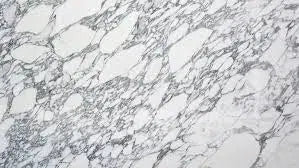 Arabescato Corchia
Arabescato Corchia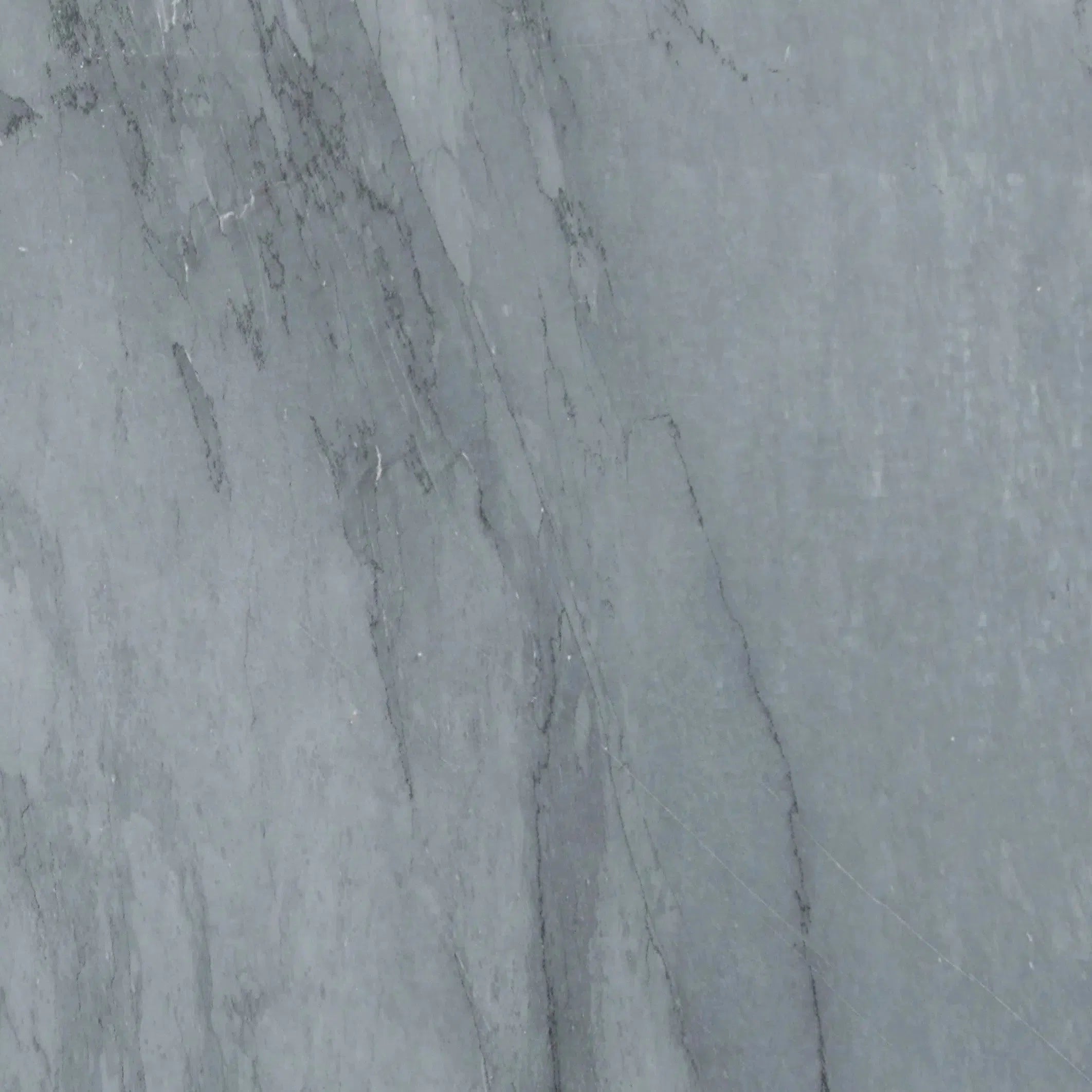 Bardiglio
Bardiglio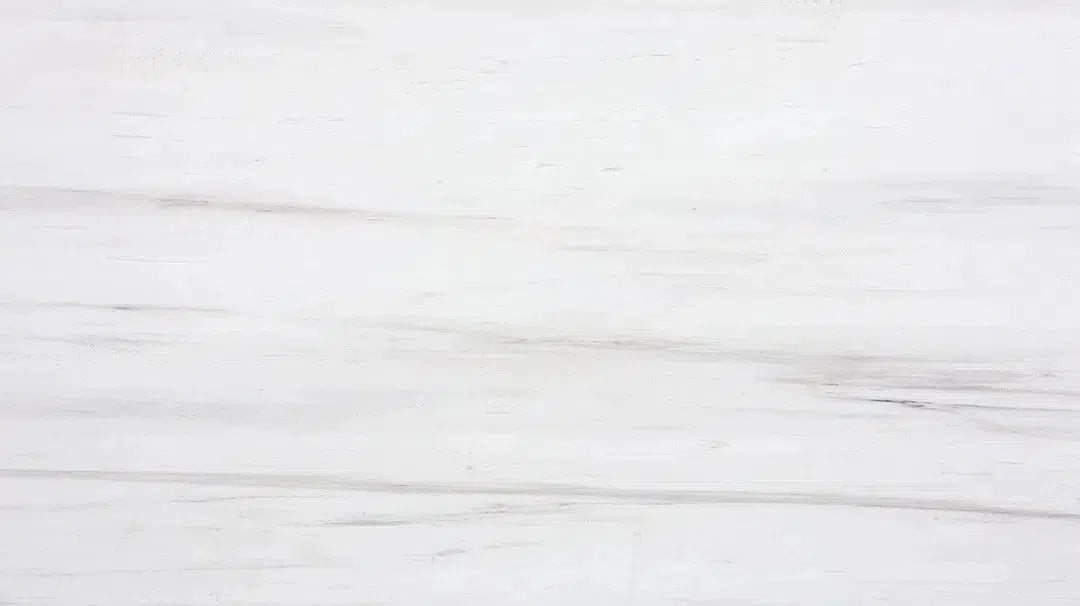 Bianco Dolomite
Bianco Dolomite 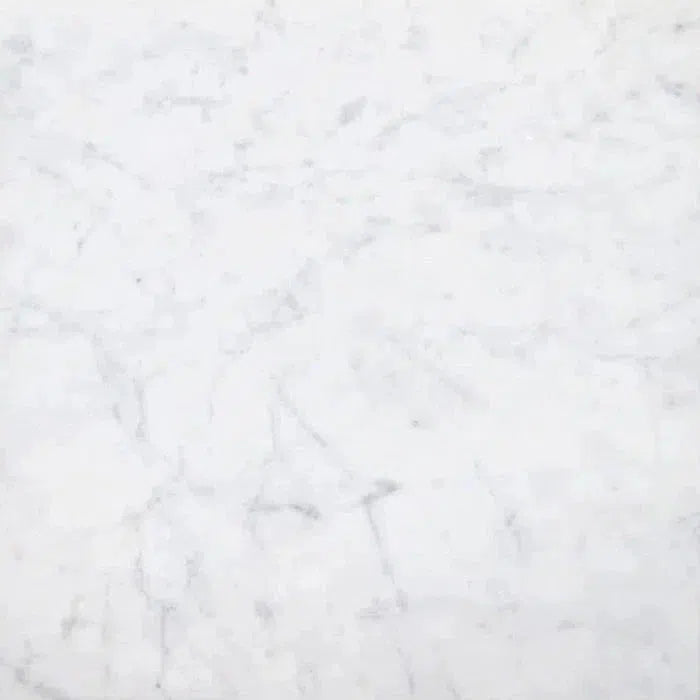 Carrara White
Carrara White 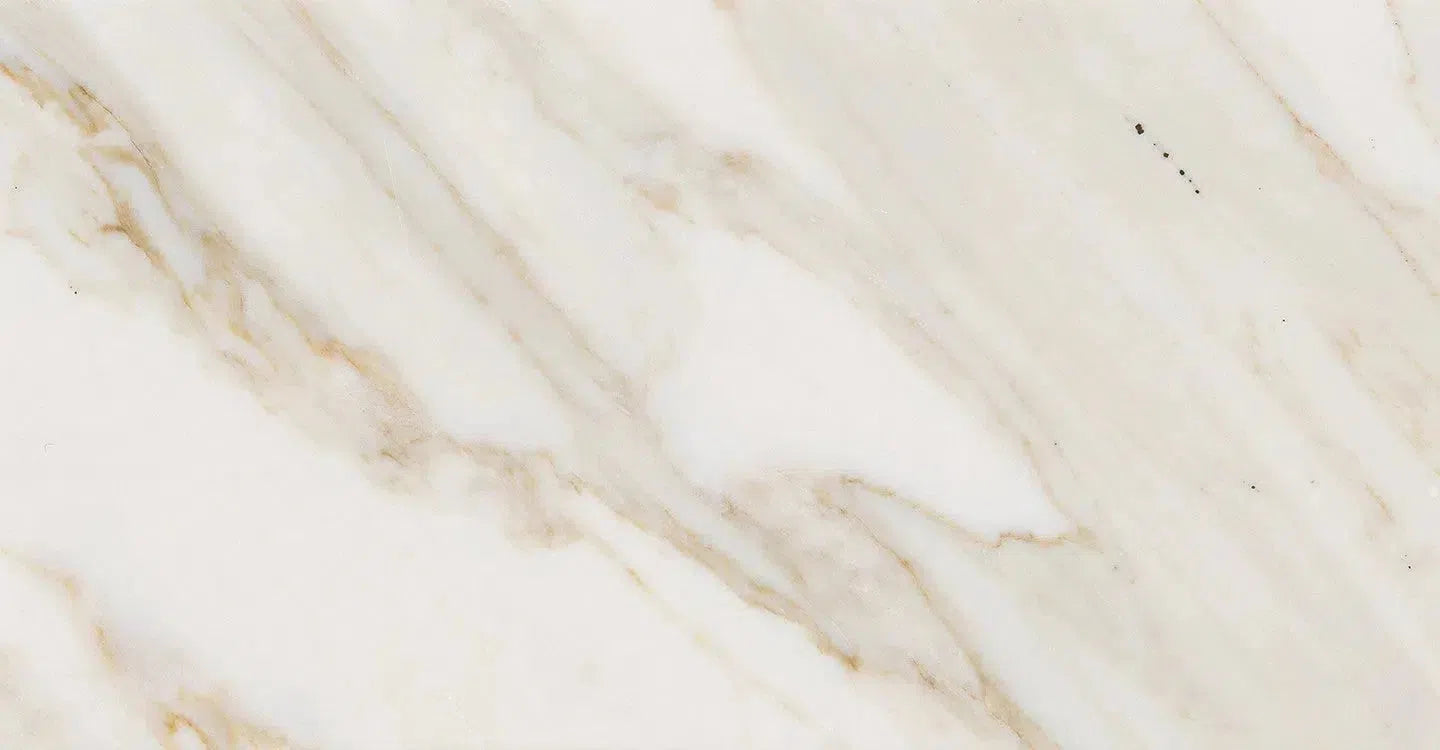 Calacatta Gold
Calacatta Gold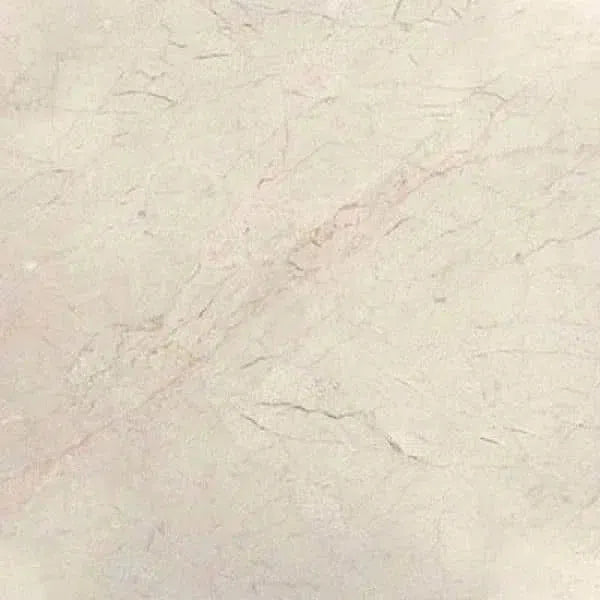 Crema Marfil
Crema Marfil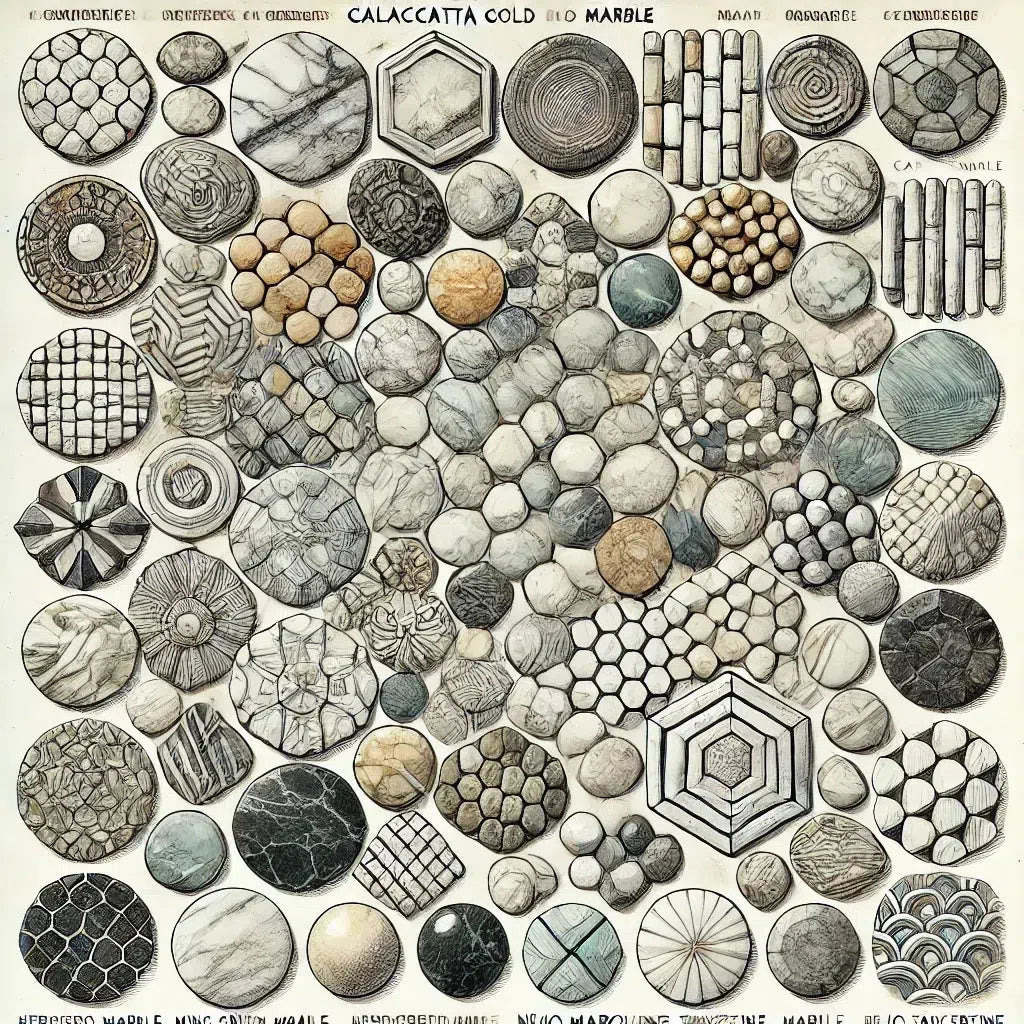 Custom Made Mosaic
Custom Made Mosaic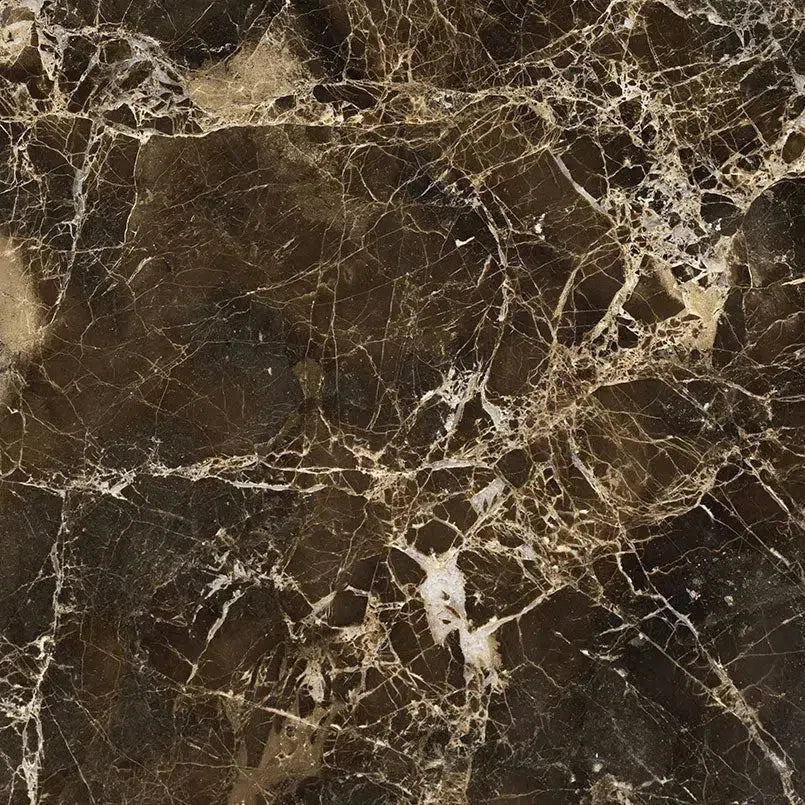 Emperador Dark
Emperador Dark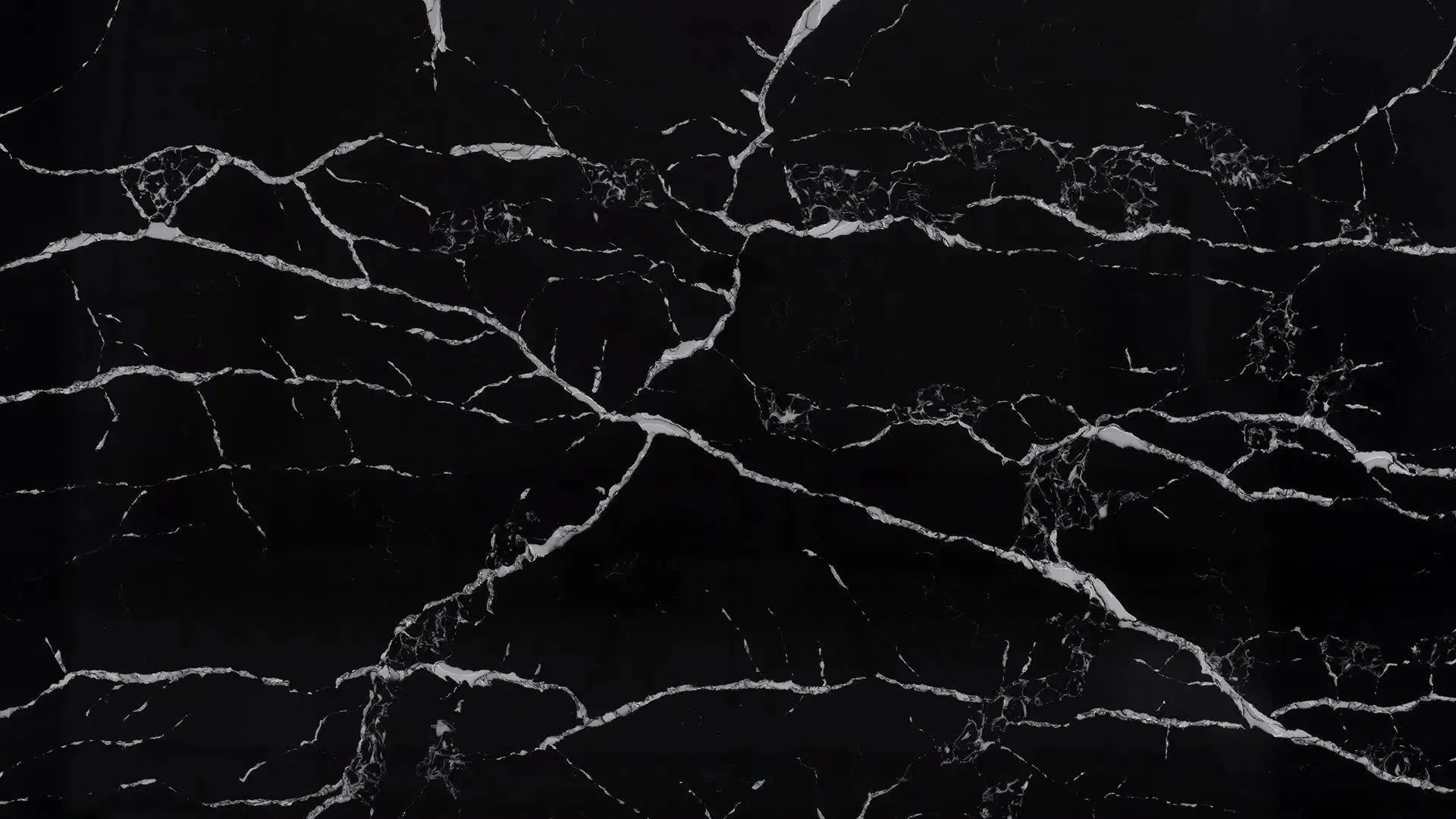 Nero Marquina
Nero Marquina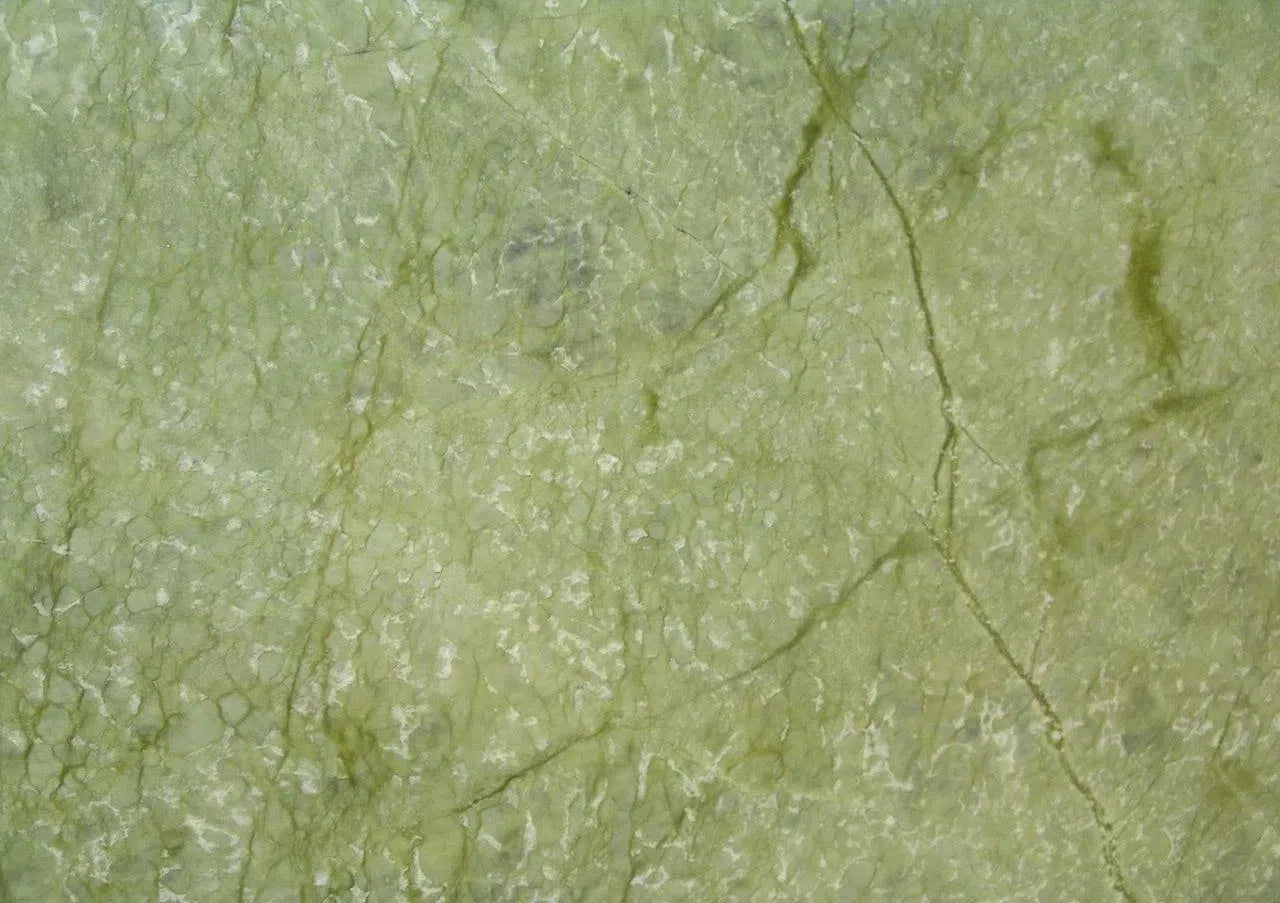 Ming Green Marble
Ming Green Marble Oriental White Marble (Asian Statuary Marble)
Oriental White Marble (Asian Statuary Marble)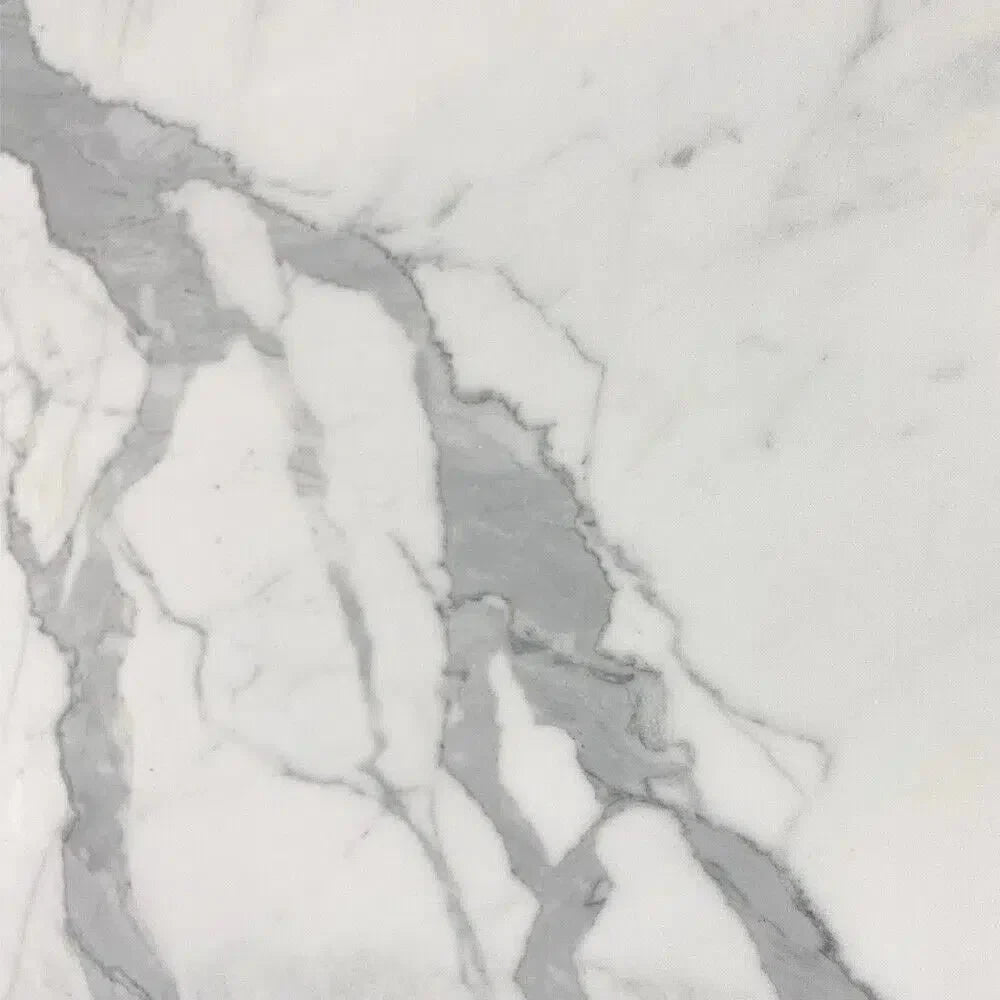 Statuary - Statuario White (Italian) Marble
Statuary - Statuario White (Italian) Marble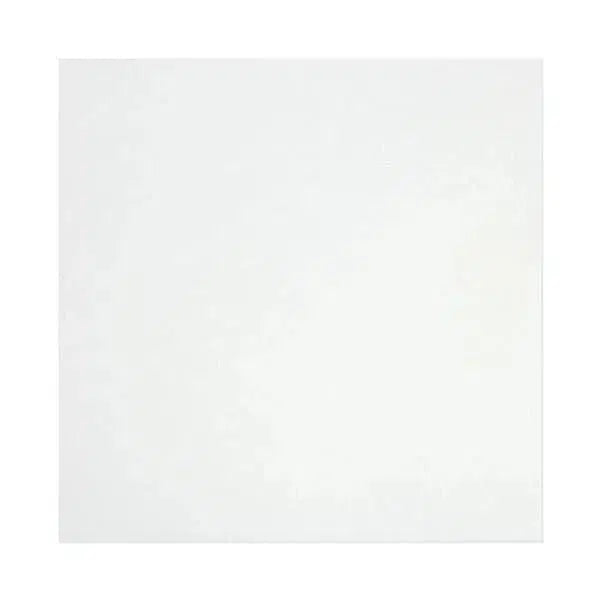 Thassos White
Thassos White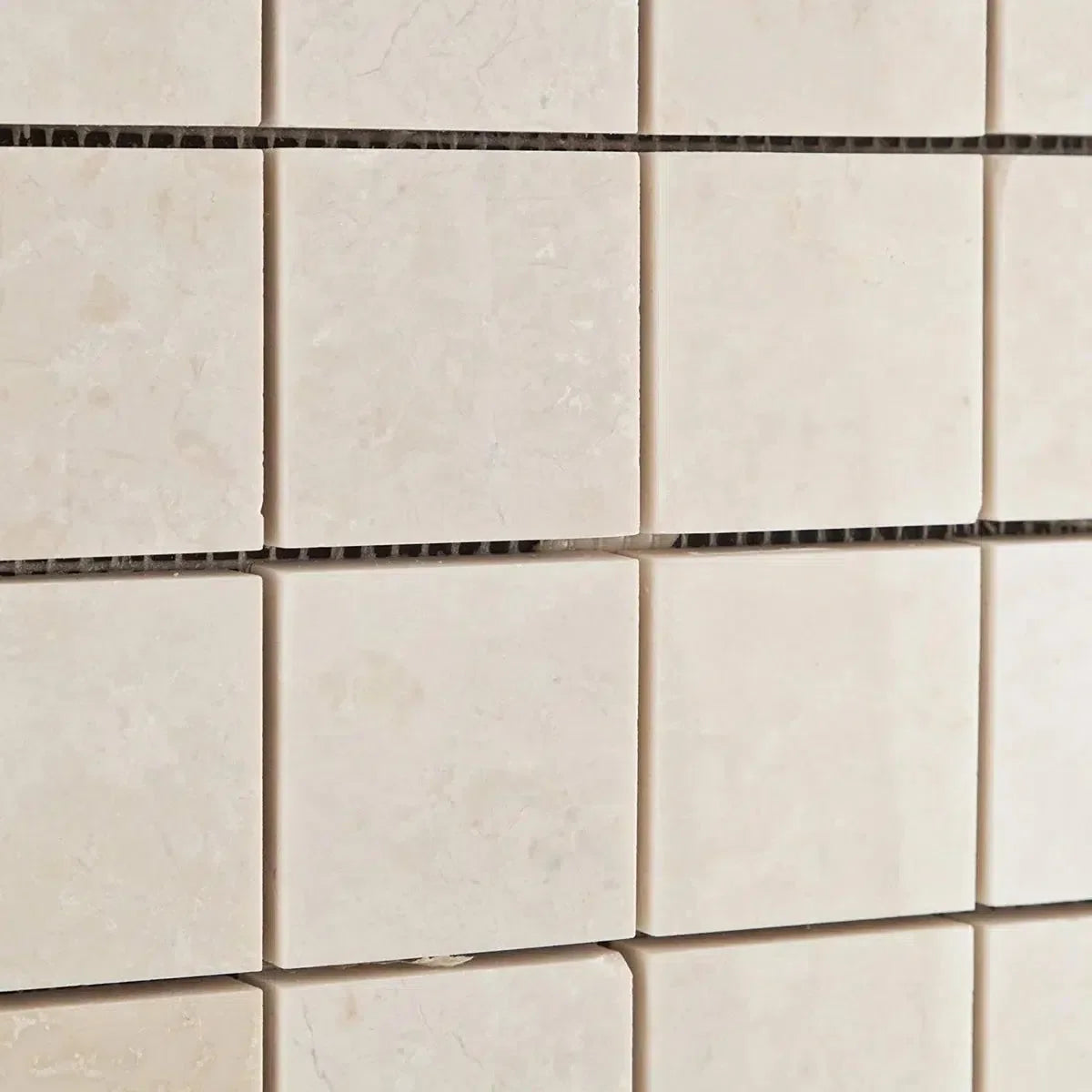 White Pearl/Botticino Beige Marble
White Pearl/Botticino Beige Marble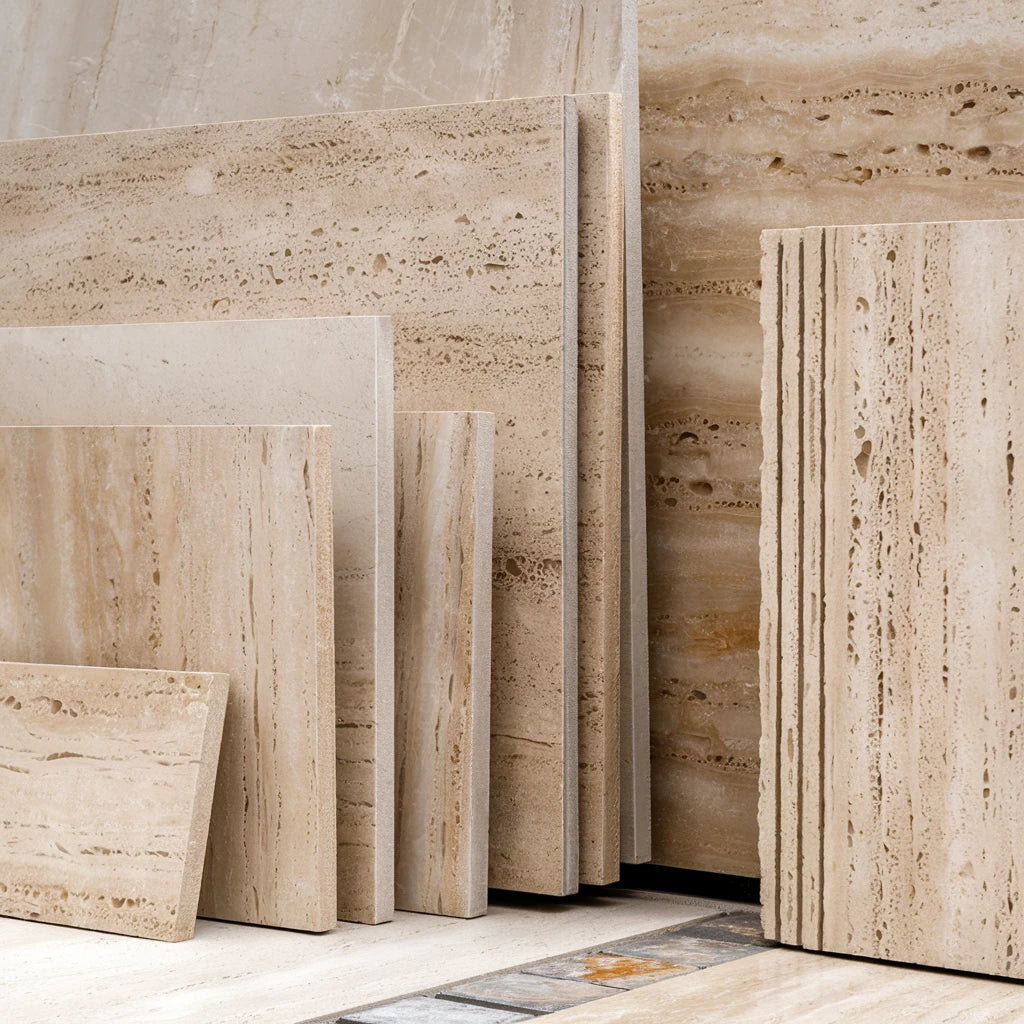 Best Selling Travertine Collections
Best Selling Travertine Collections
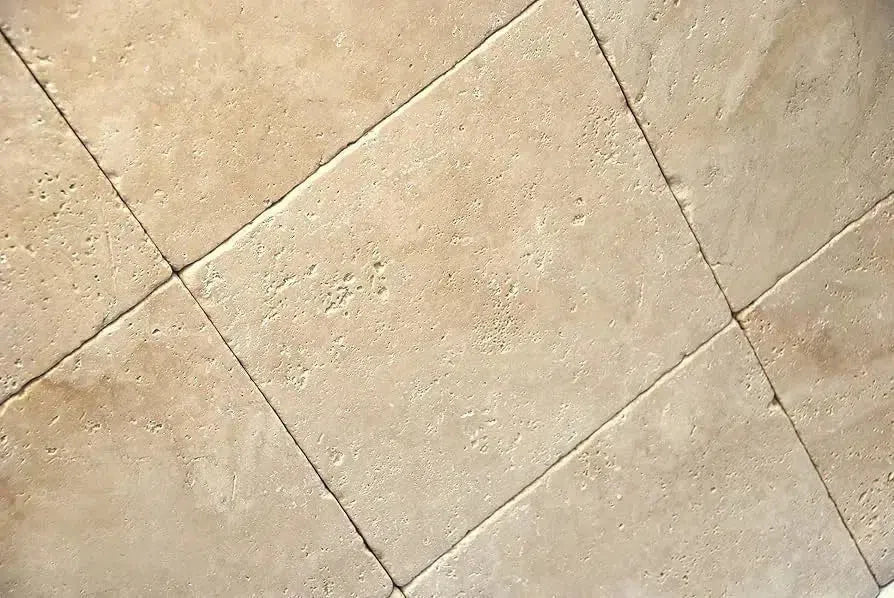 Ivory Travertine
Ivory Travertine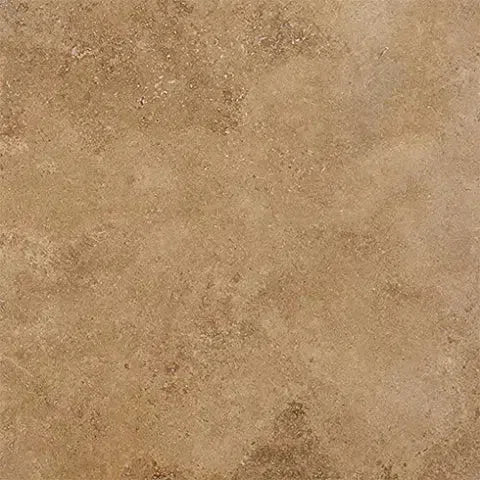 Noce Travertine
Noce Travertine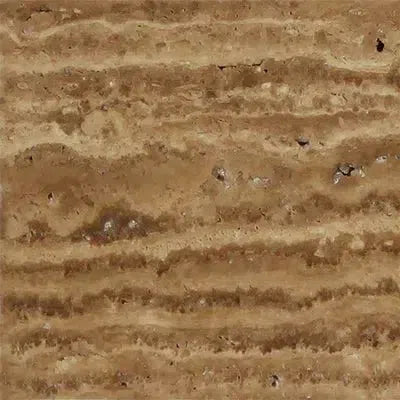 Exotic Noce Travertine
Exotic Noce Travertine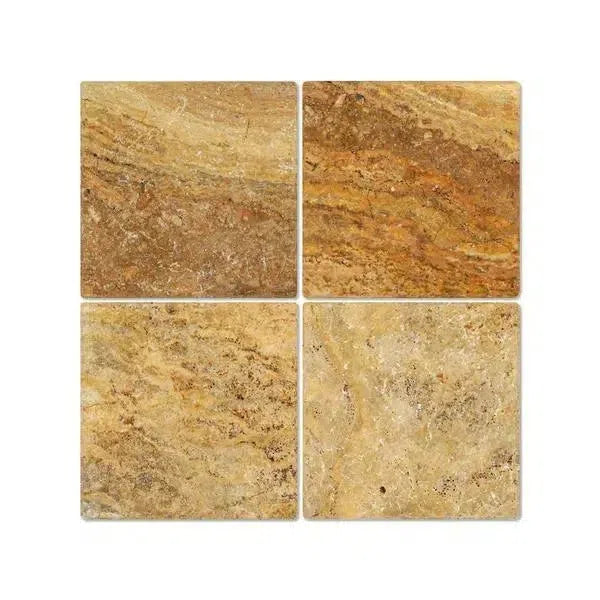 Scabos | Autumn Leaves Travertine
Scabos | Autumn Leaves Travertine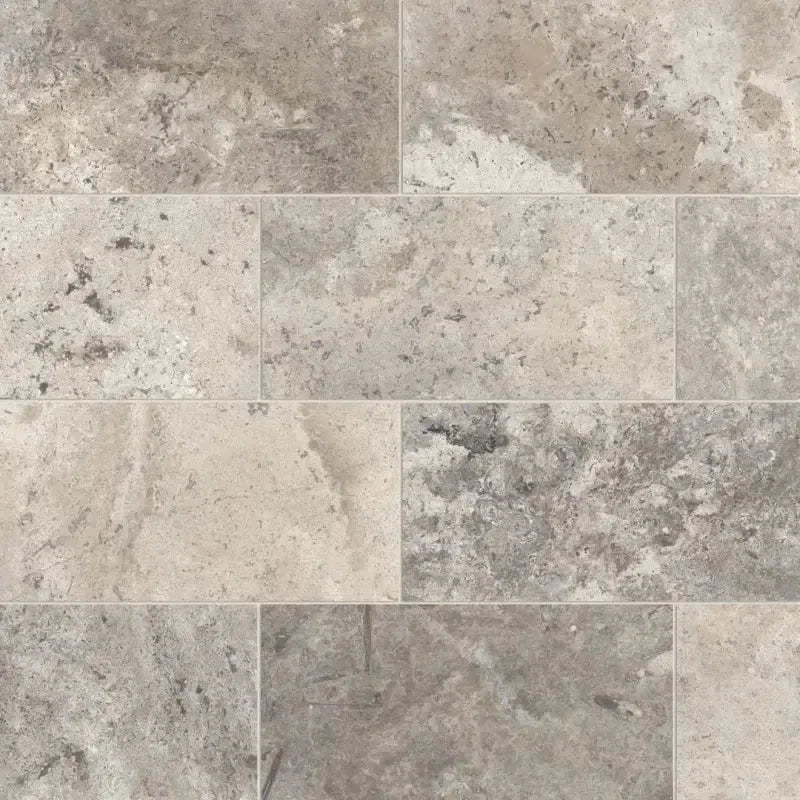 Silver Travertine
Silver Travertine Exotic Travertine
Exotic Travertine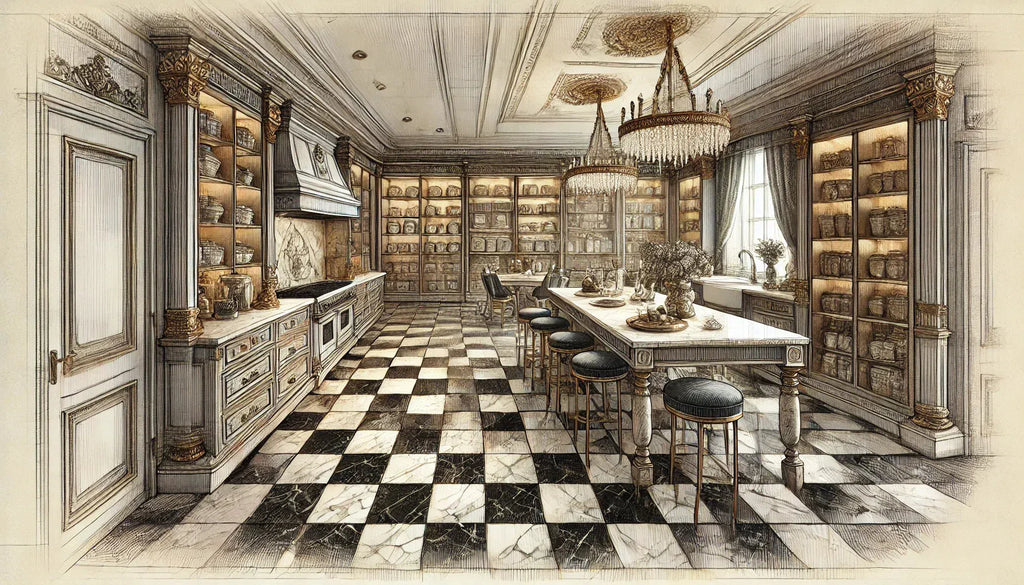 Checkerboard
Checkerboard
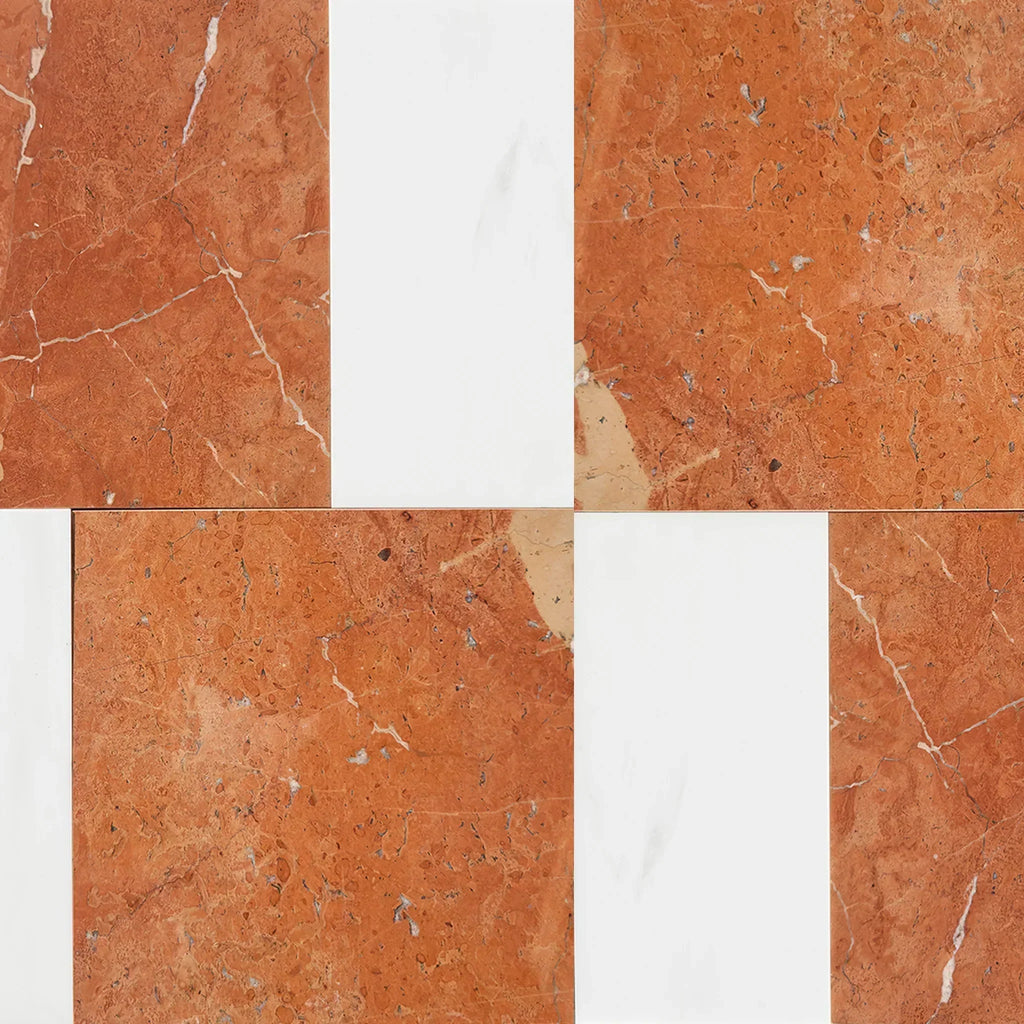 Patterned Tile
Patterned Tile
 Shop By Material
Shop By Material
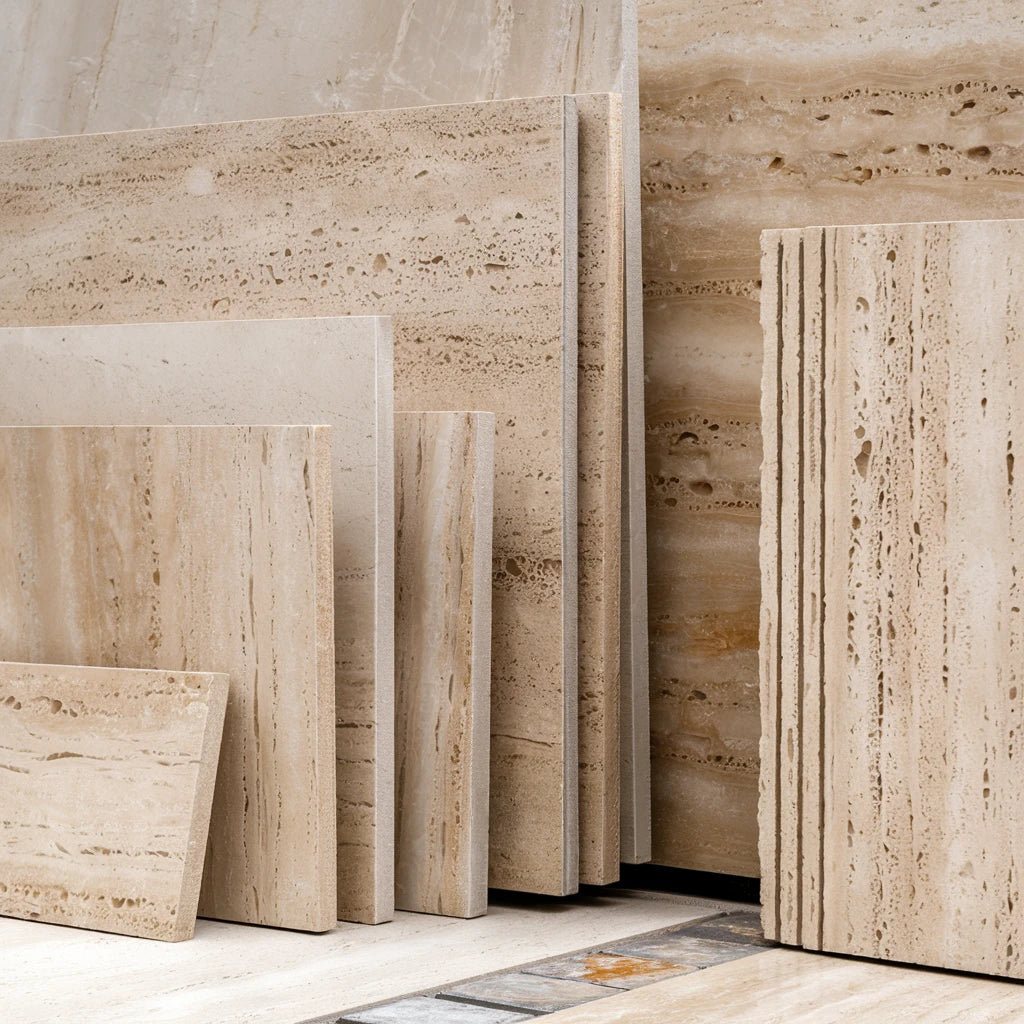 Travertine
Travertine Marble
Marble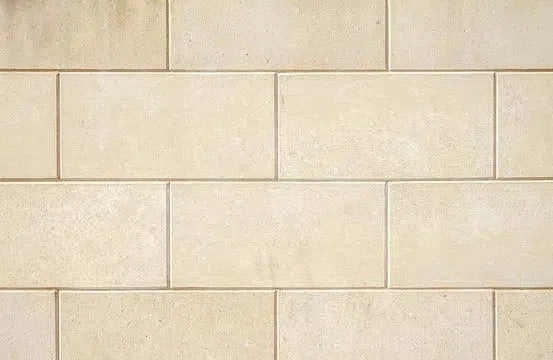 Limestone
Limestone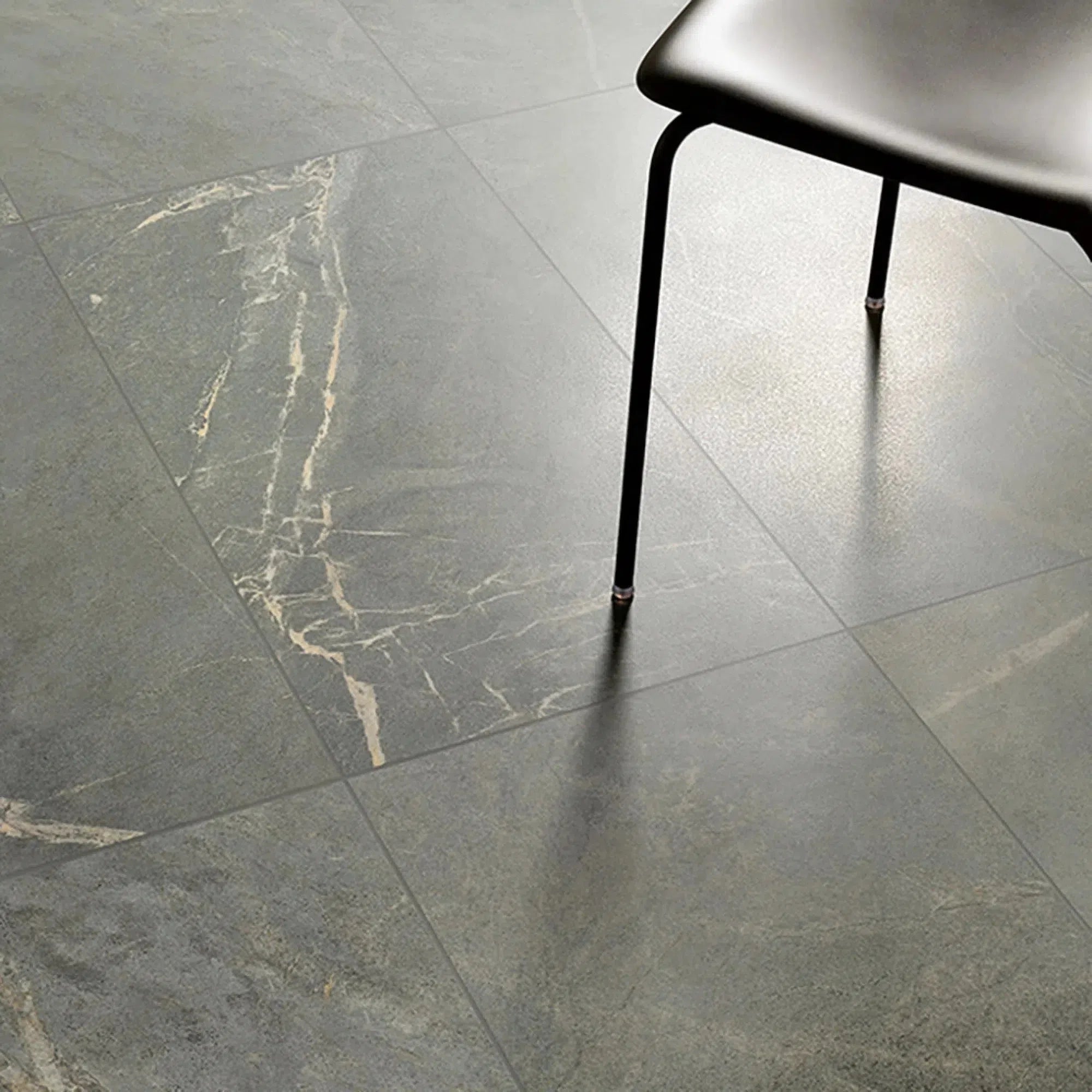 Soap Stone
Soap Stone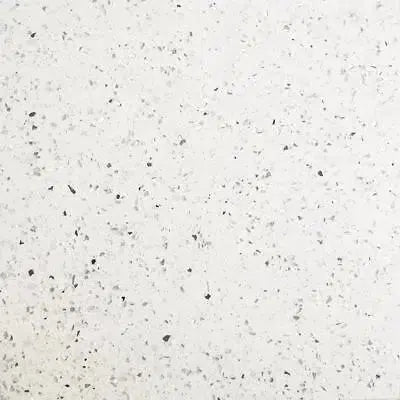 Quartz
Quartz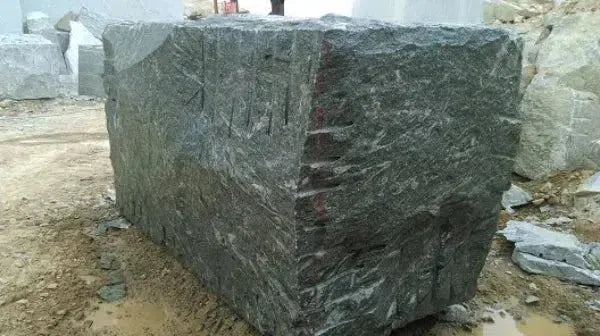 Granite
Granite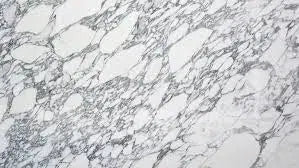 Shop By Name
Shop By Name
 Absolute Black Granite
Absolute Black Granite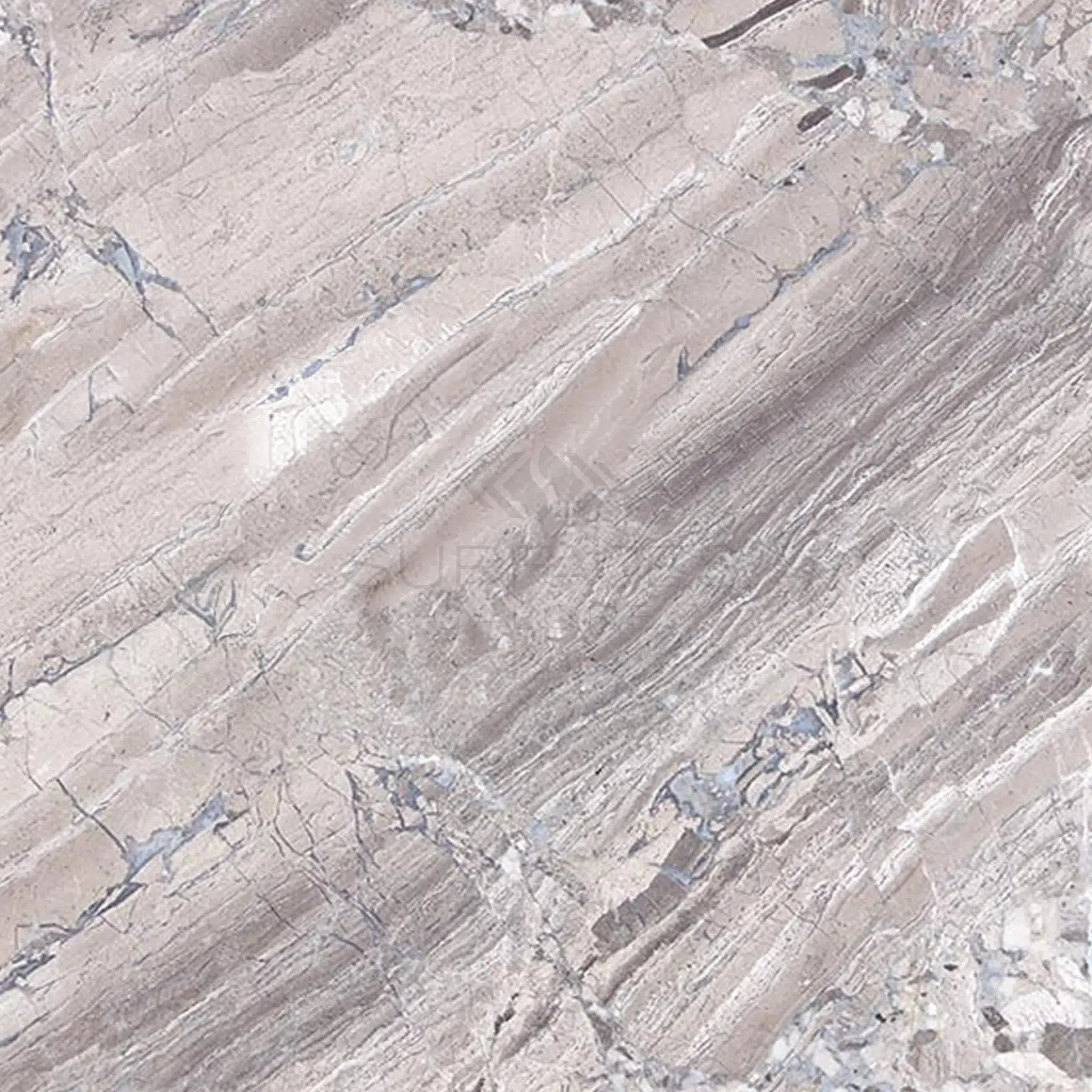 Atlantic Gray Marble
Atlantic Gray Marble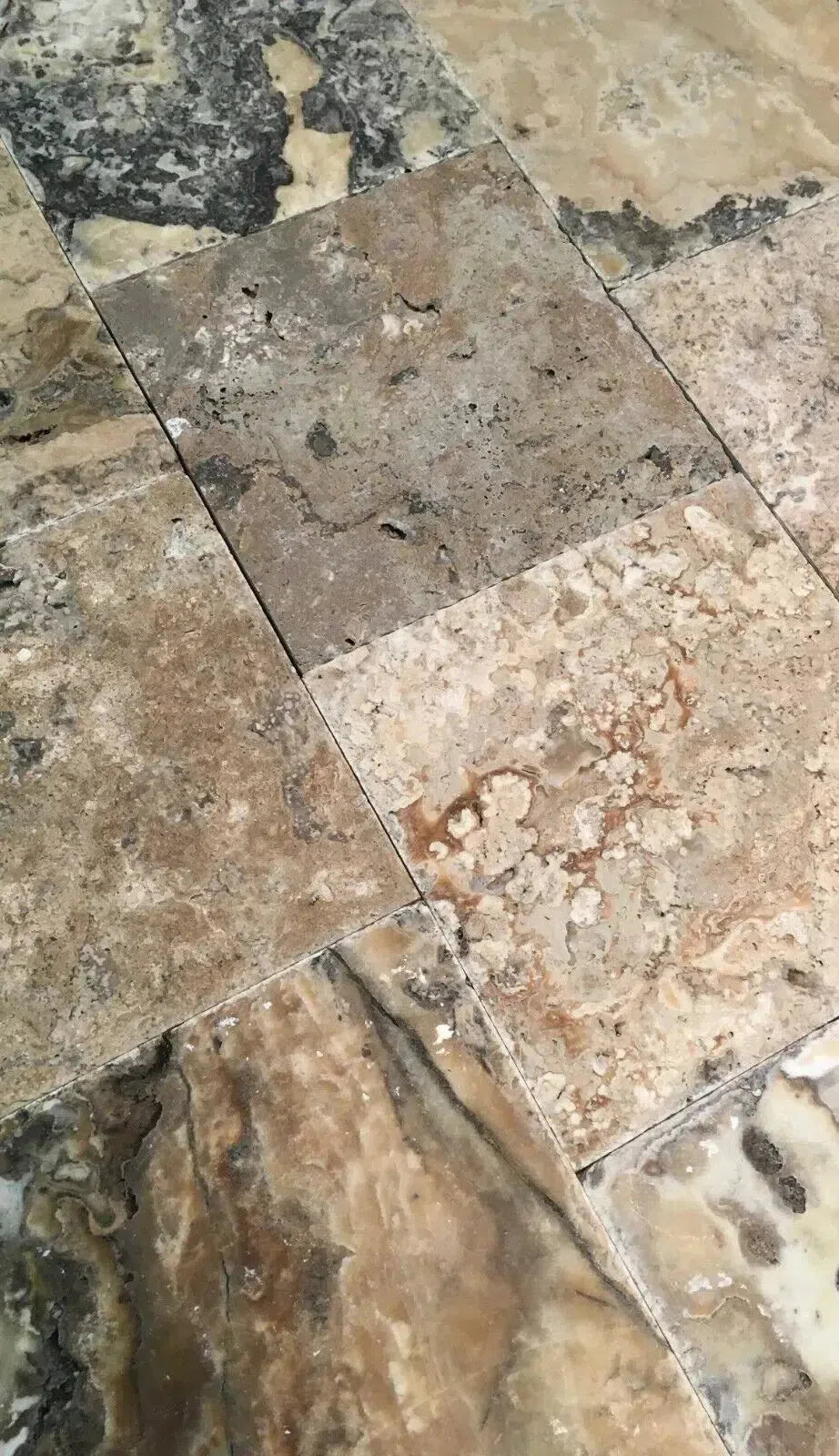 Antico Onyx Travertine
Antico Onyx Travertine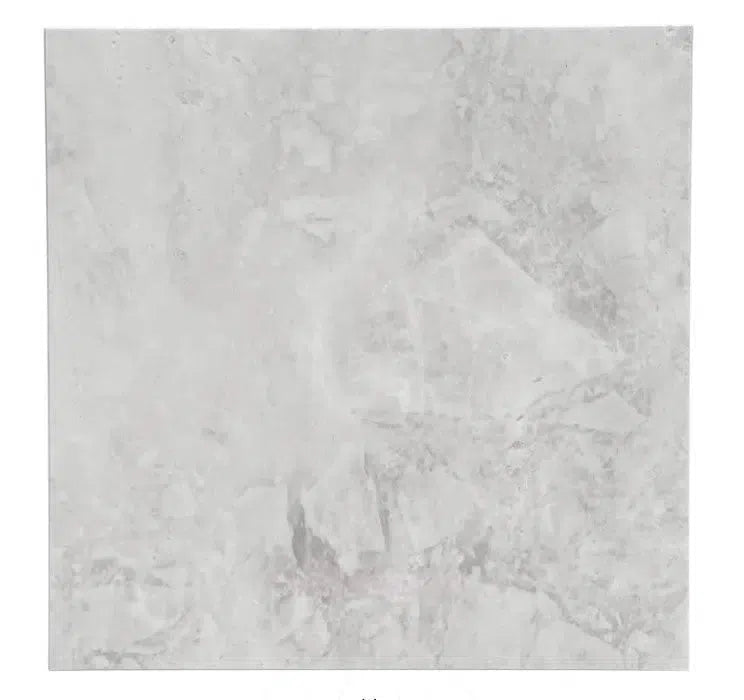 Bianco Congelato Dolomite
Bianco Congelato Dolomite Bianco Venatino (Bianco Mare) Marble
Bianco Venatino (Bianco Mare) Marble Burgundy Mocha Marble
Burgundy Mocha Marble Calacatta Verde Royale Marble
Calacatta Verde Royale Marble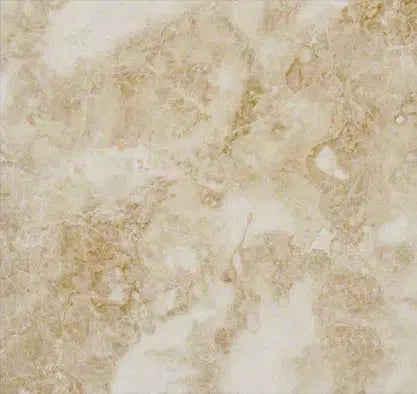 Cappuccino Marble
Cappuccino Marble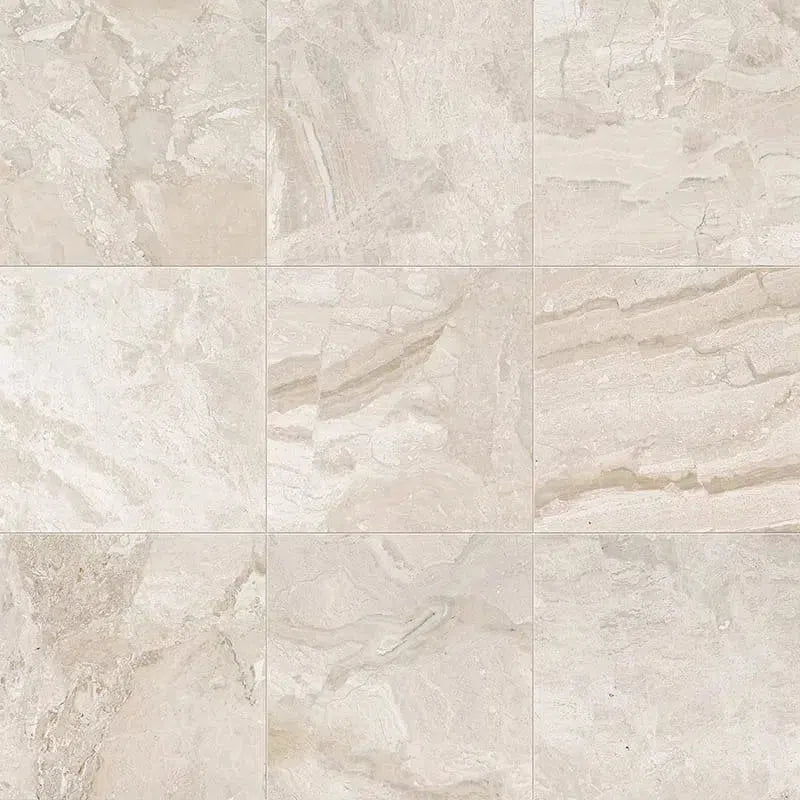 Diano Royal (Queen Beige) Marble
Diano Royal (Queen Beige) Marble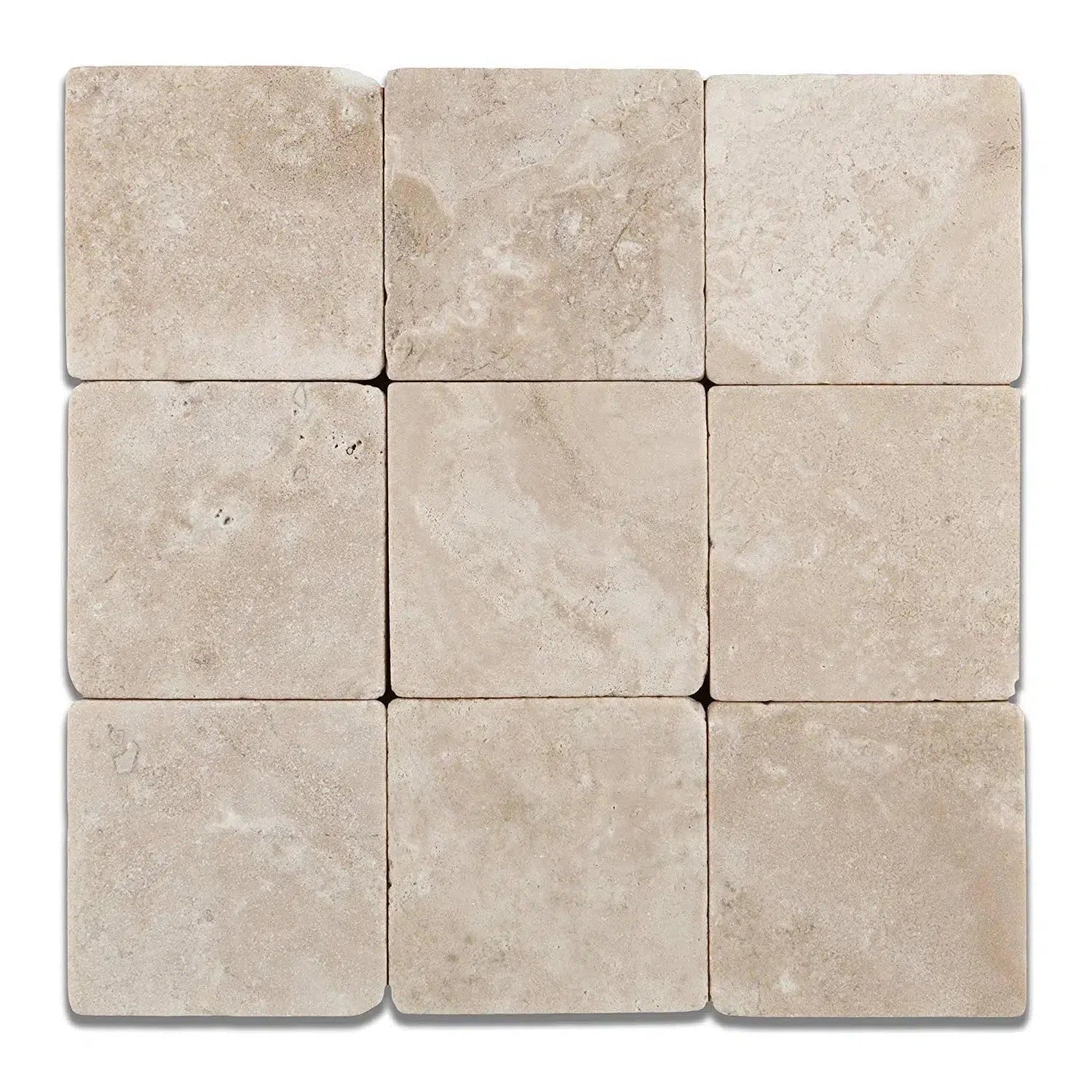 Durango Cream Traverine
Durango Cream Traverine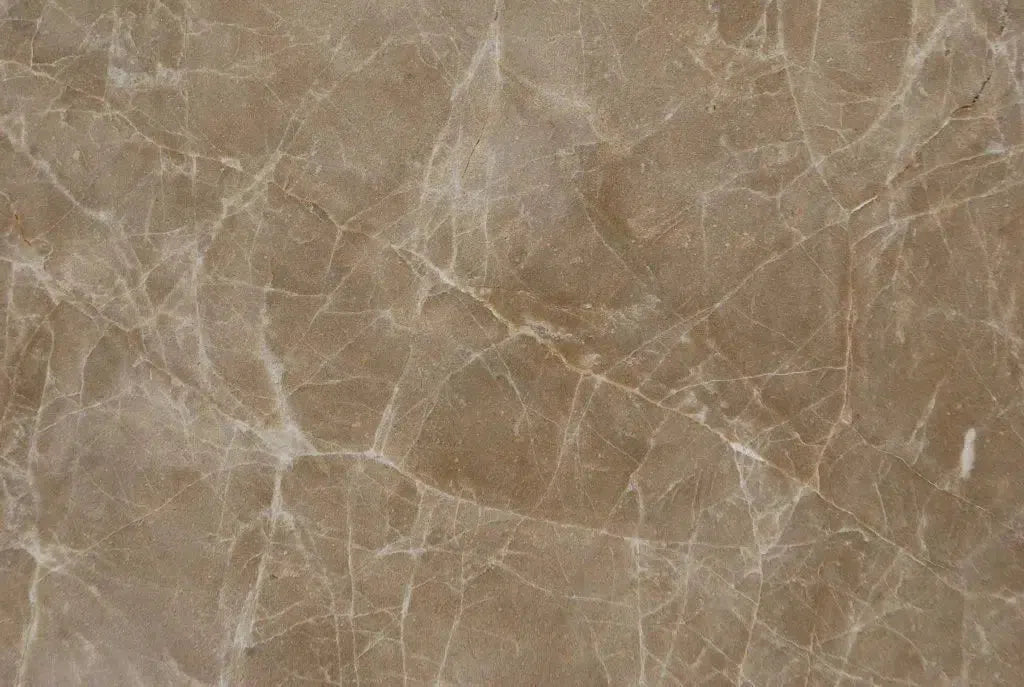 Emperador Light Marble
Emperador Light Marble Empress Green Marble
Empress Green Marble Gold/Yellow Travertine
Gold/Yellow Travertine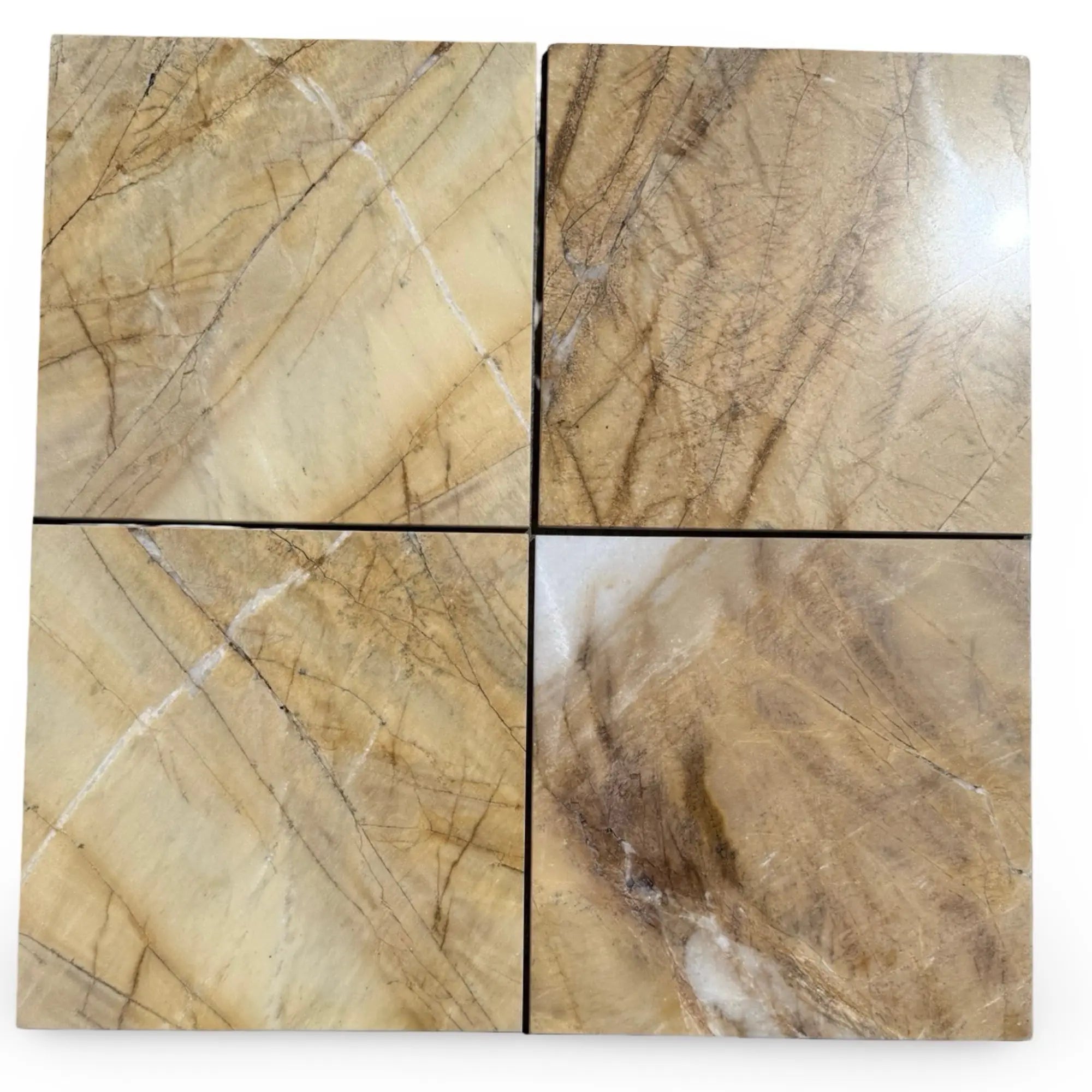 Golden Horizon Marble
Golden Horizon Marble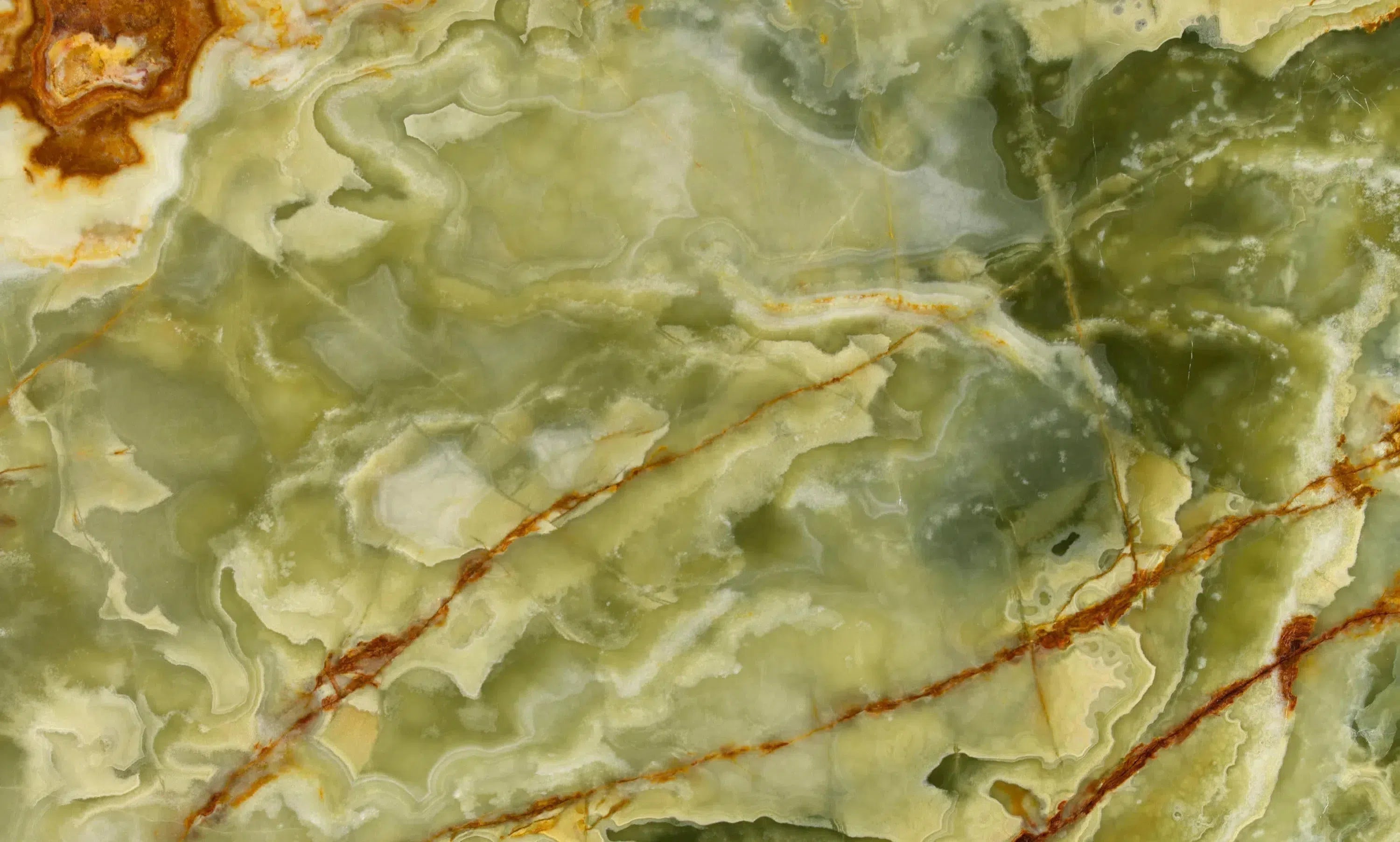 Green Onyx Marble
Green Onyx Marble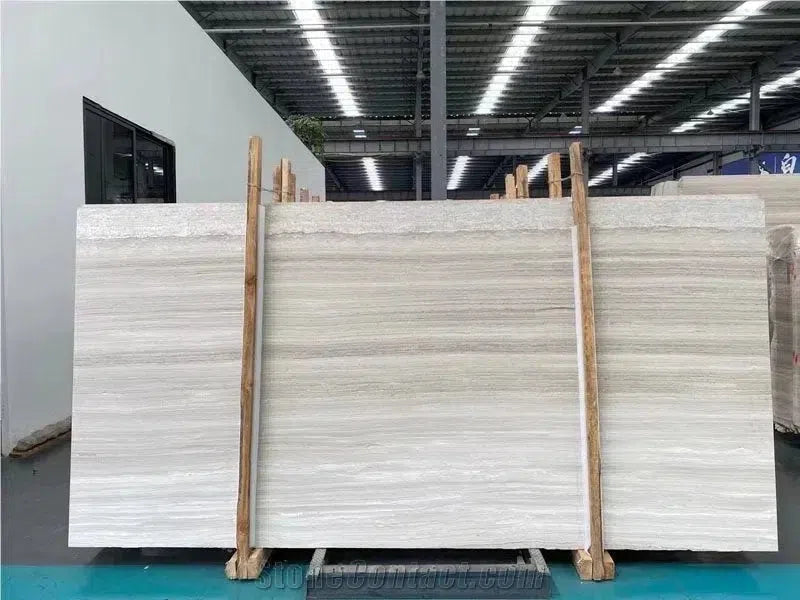 Haisa Light (White Wood) Limestone
Haisa Light (White Wood) Limestone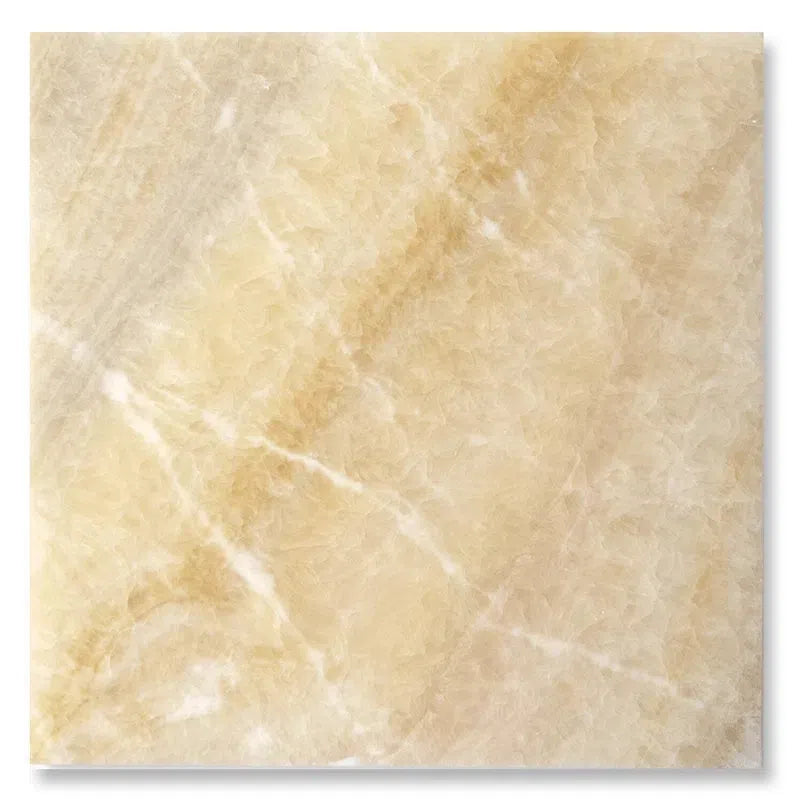 Honey Onyx Marble
Honey Onyx Marble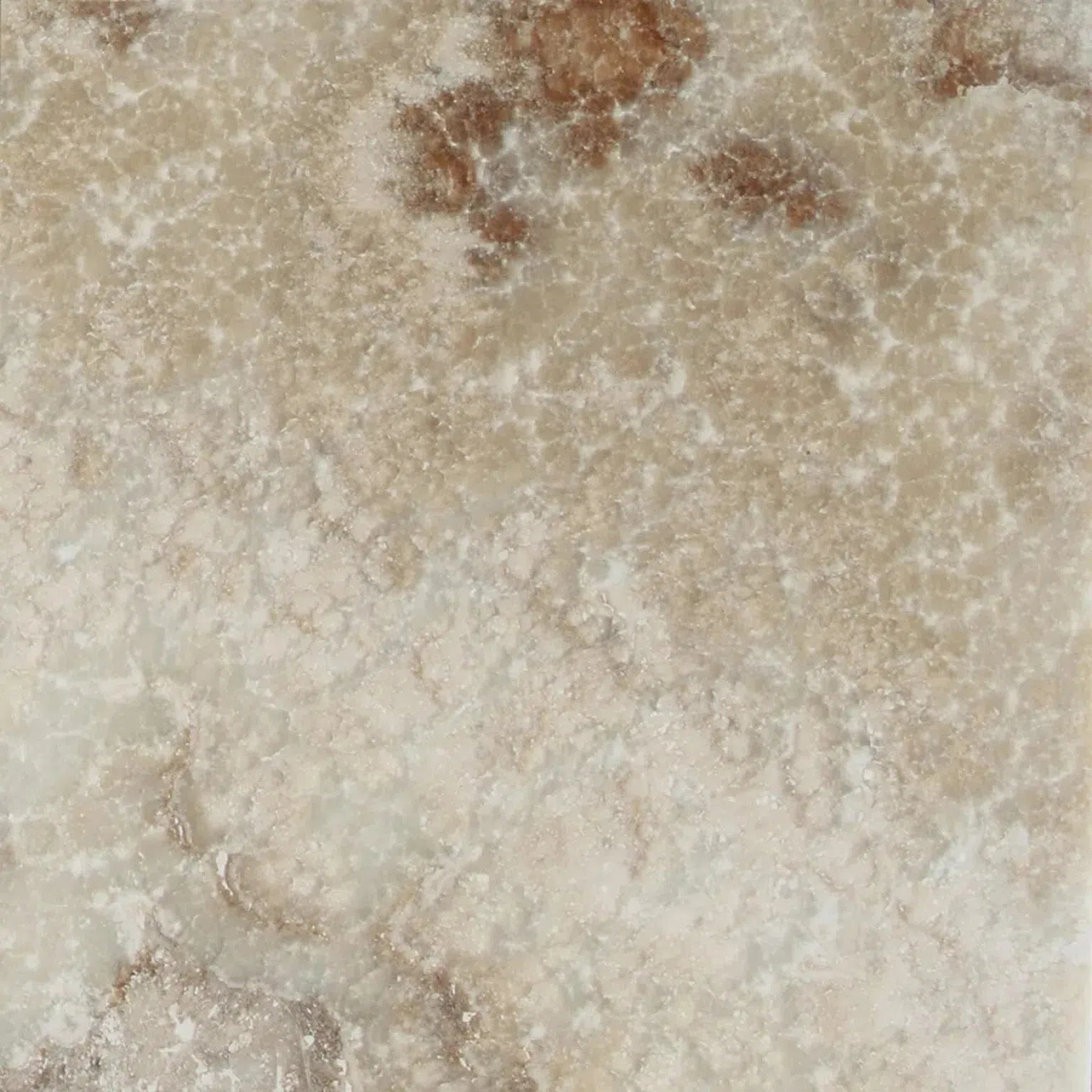 La Travonya Travertine
La Travonya Travertine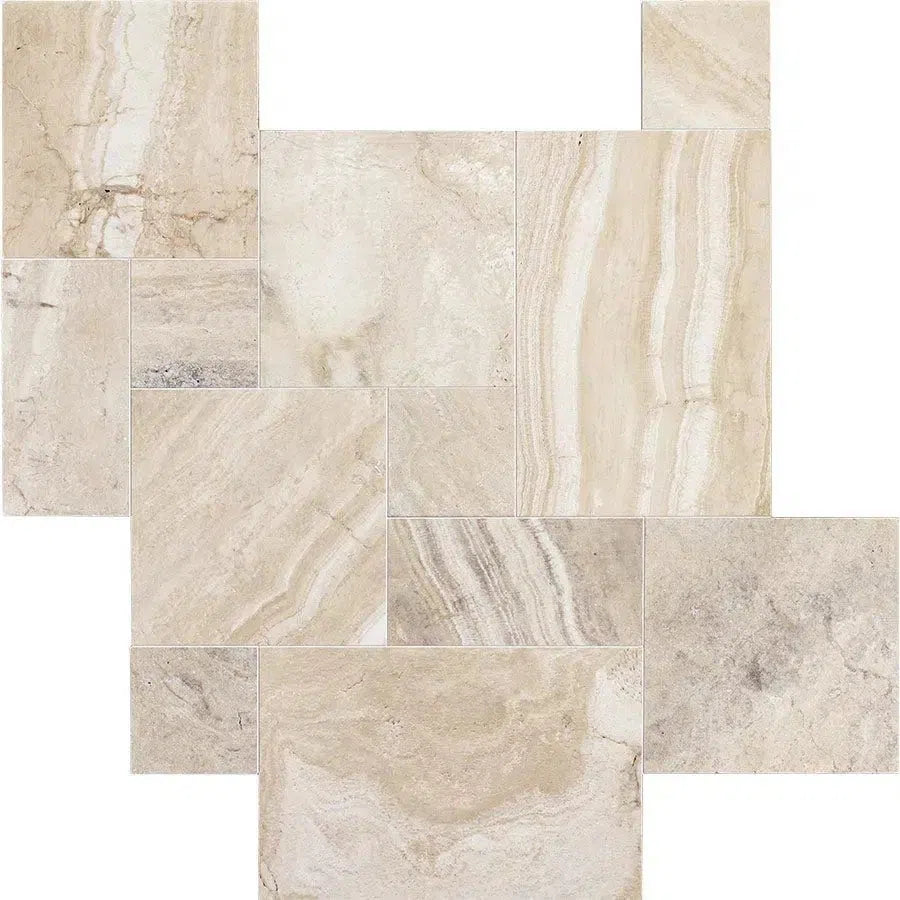 Malibu Travertine
Malibu Travertine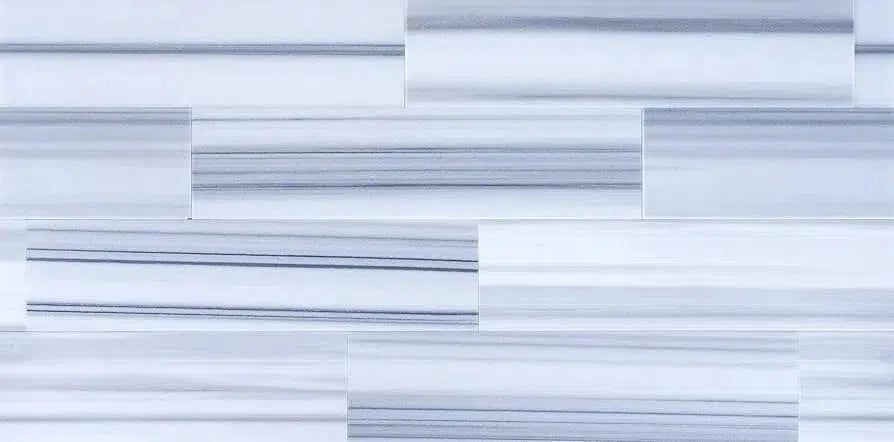 Mink (Equator) Marble
Mink (Equator) Marble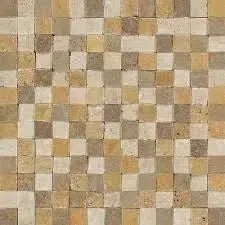 Mixed (Ivory-Noce-Gold) Travertine
Mixed (Ivory-Noce-Gold) Travertine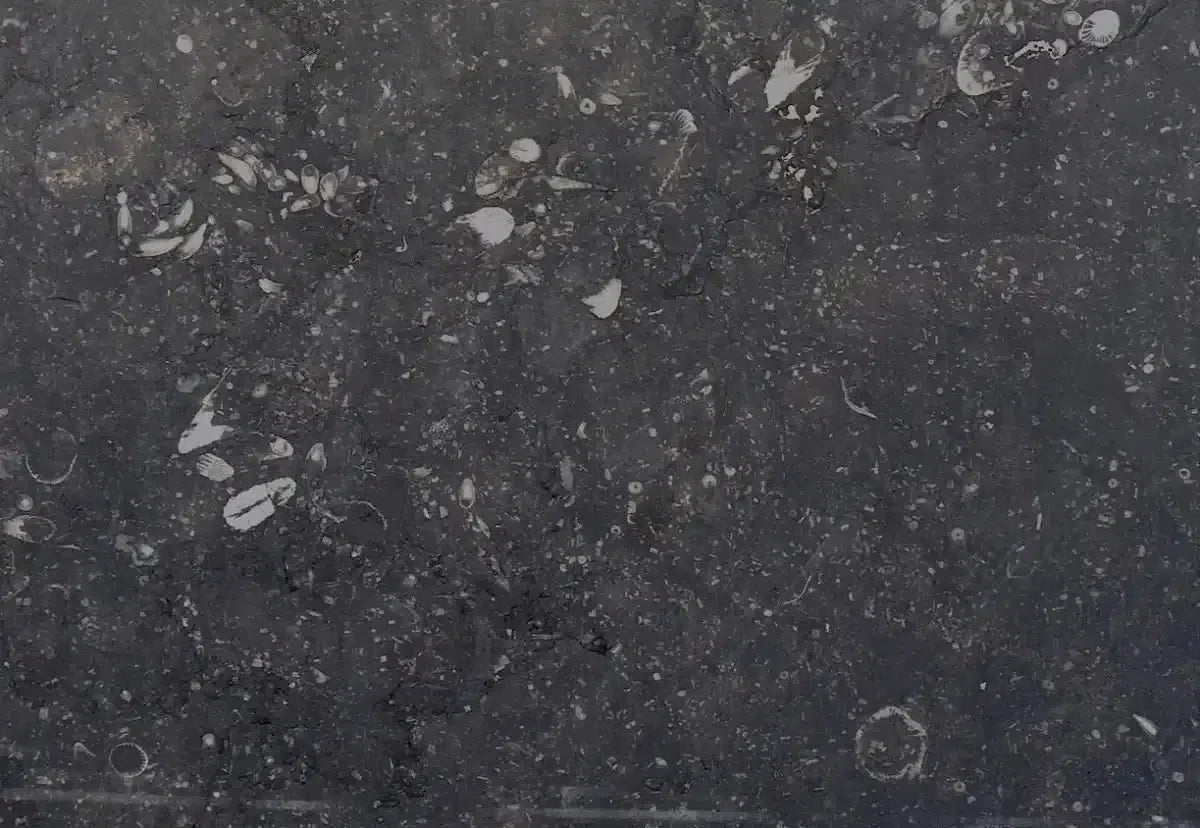 Pierre Bleue (Pierre Blue) Marble
Pierre Bleue (Pierre Blue) Marble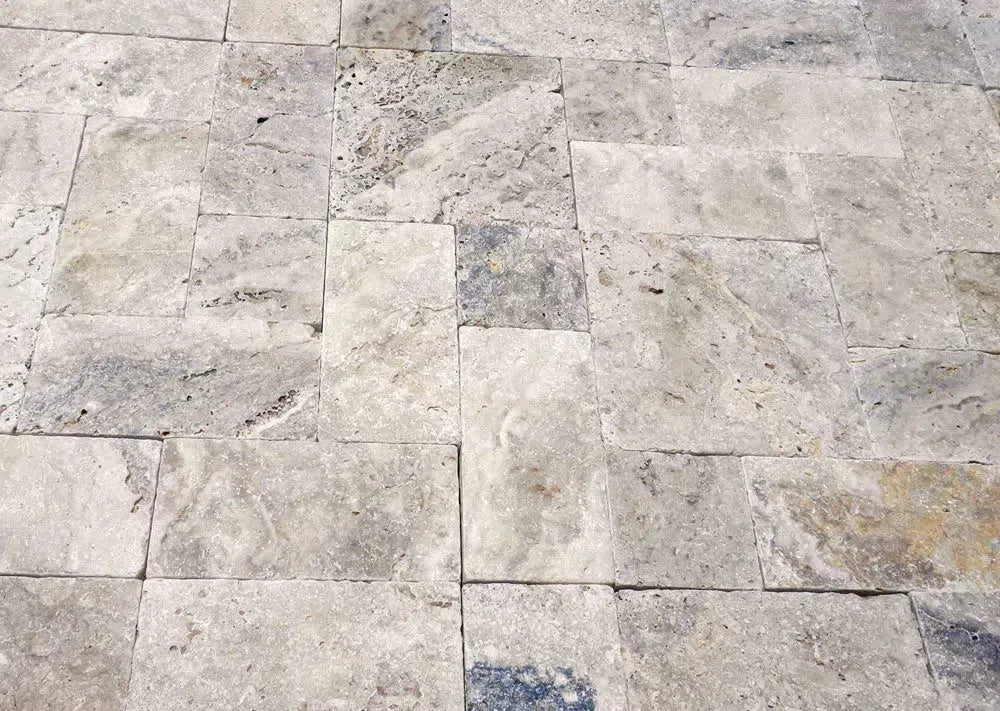 Philadelphia Travertine
Philadelphia Travertine Rosé Aurora Marble
Rosé Aurora Marble Rosetta Storm Marble
Rosetta Storm Marble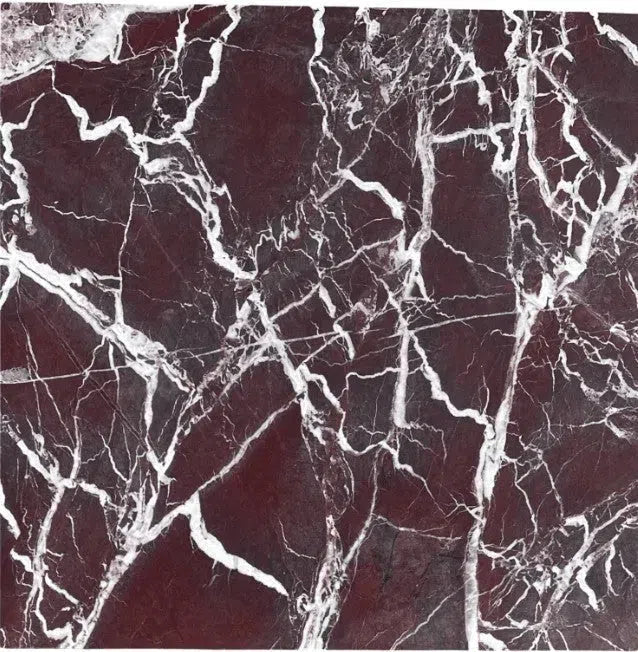 Rosso Levanto Marble
Rosso Levanto Marble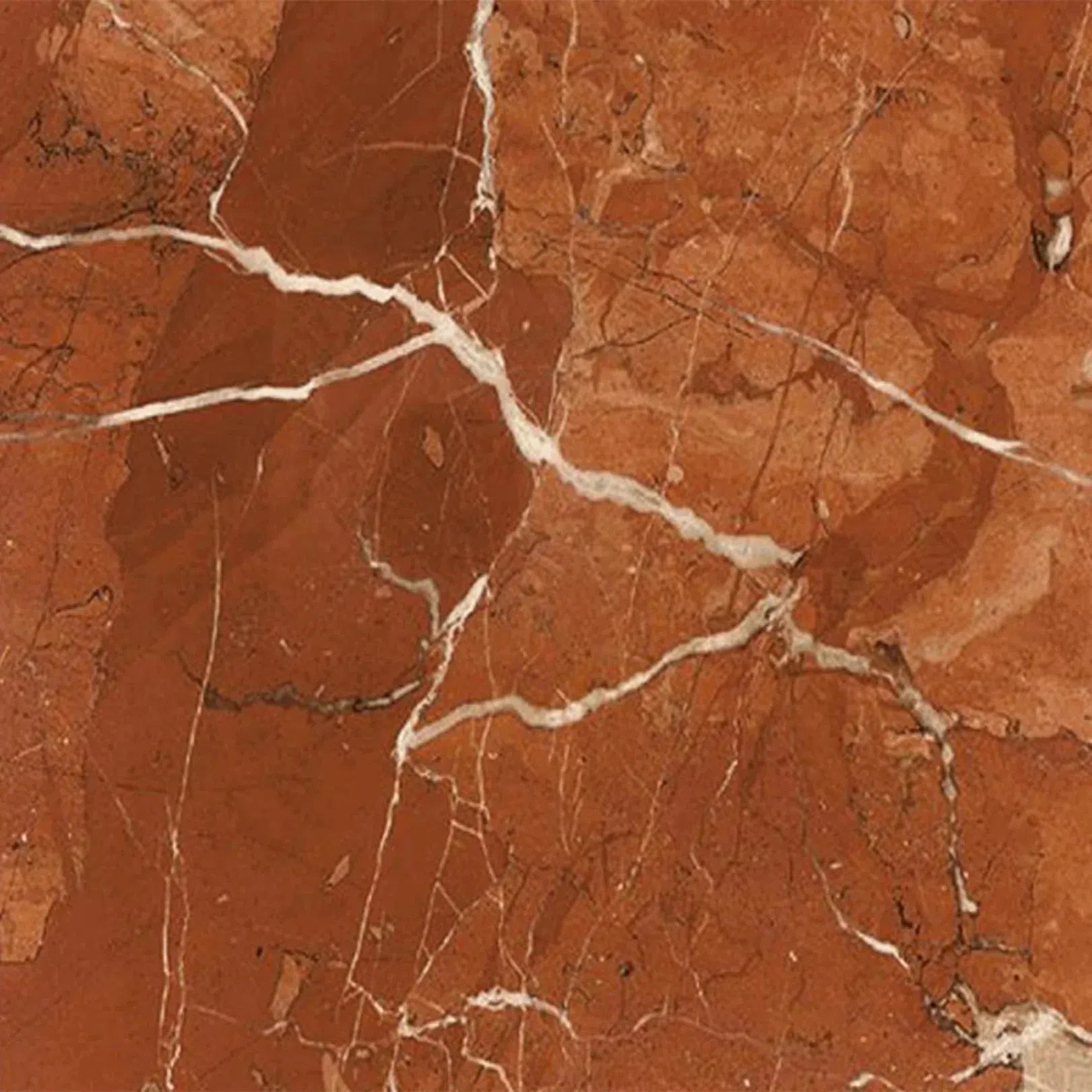 Rojo Alicante Marble
Rojo Alicante Marble Sahara Ember Marble
Sahara Ember Marble Sky Blue | Azul Cielo Marble
Sky Blue | Azul Cielo Marble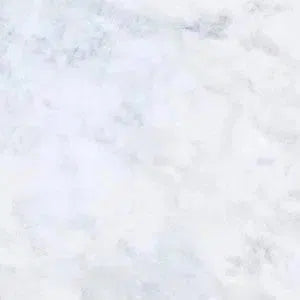 Snow White (Afyon White) Marble
Snow White (Afyon White) Marble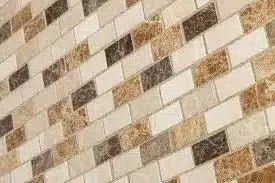 Spanish Mix Marble
Spanish Mix Marble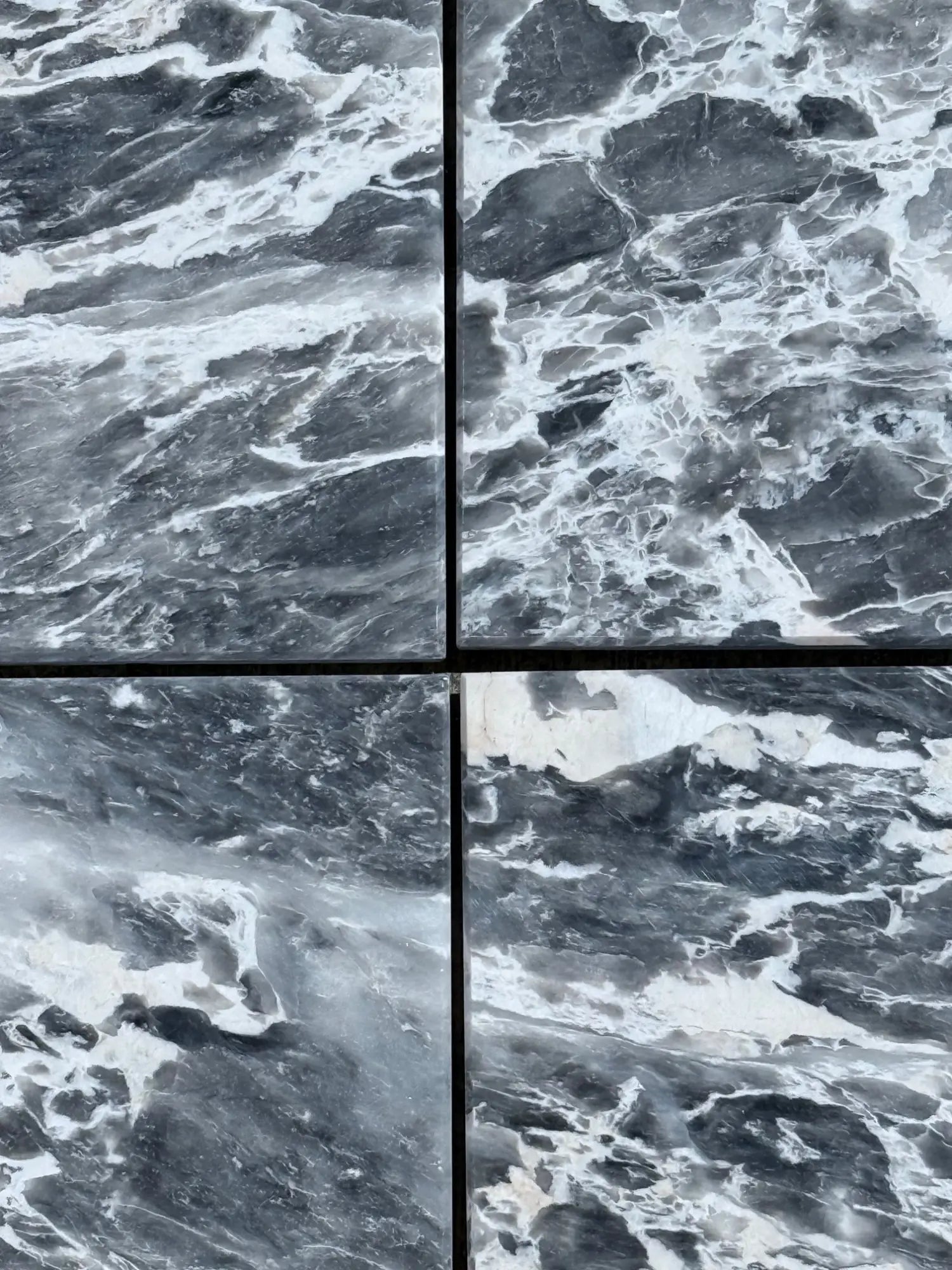 Storm Gray Marble
Storm Gray Marble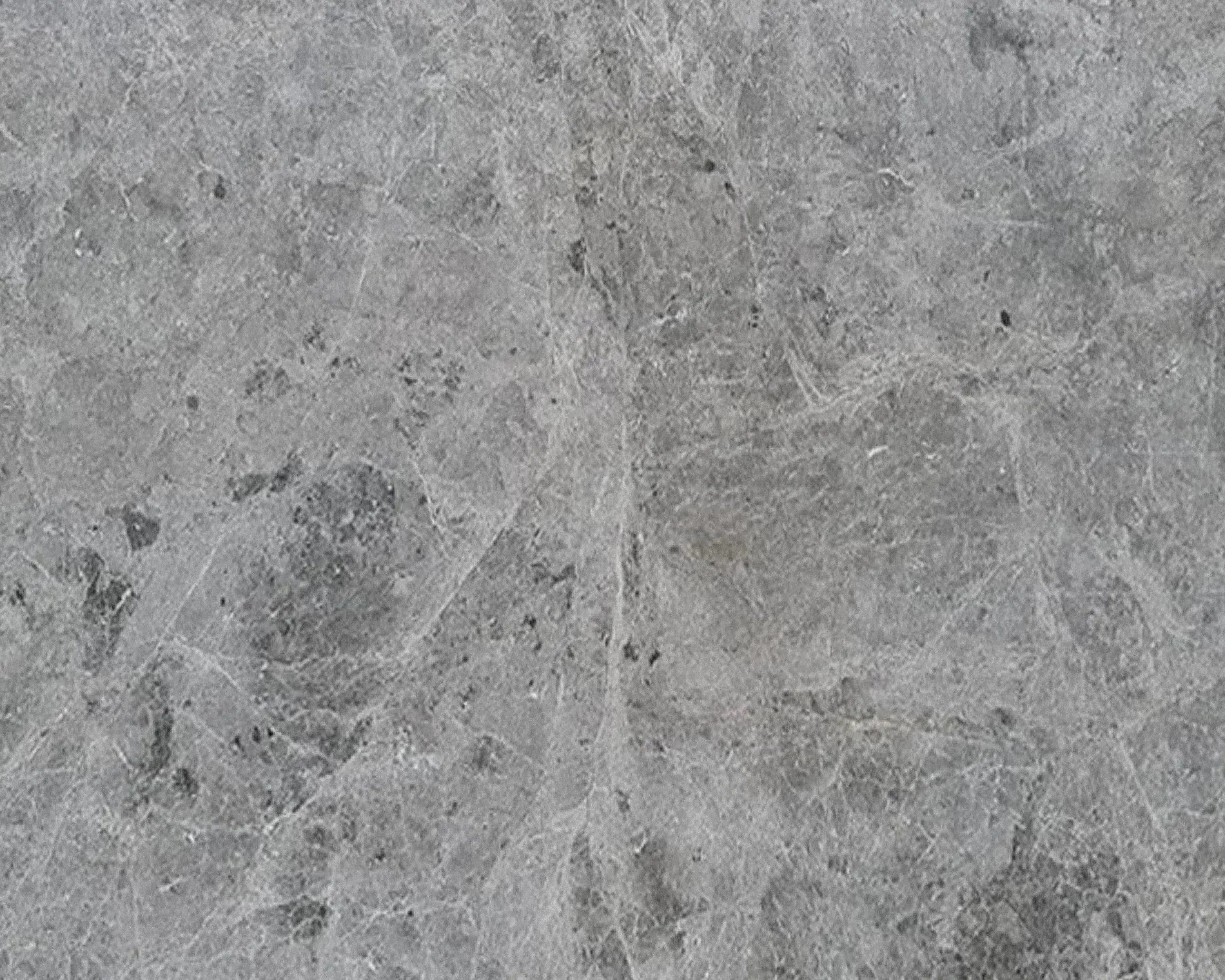 Tundra Gray (Atlantic Gray) Marble
Tundra Gray (Atlantic Gray) Marble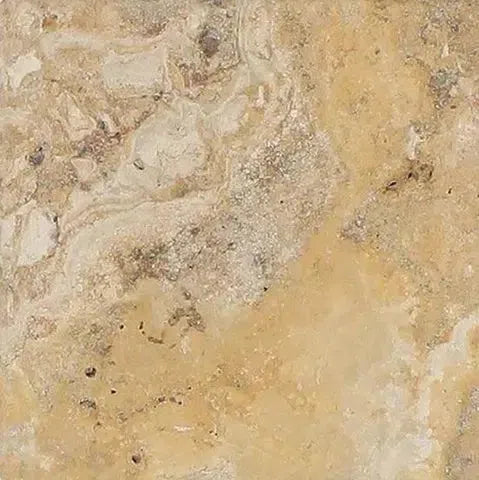 Valencia Travertine
Valencia Travertine Valerenga Travertine
Valerenga Travertine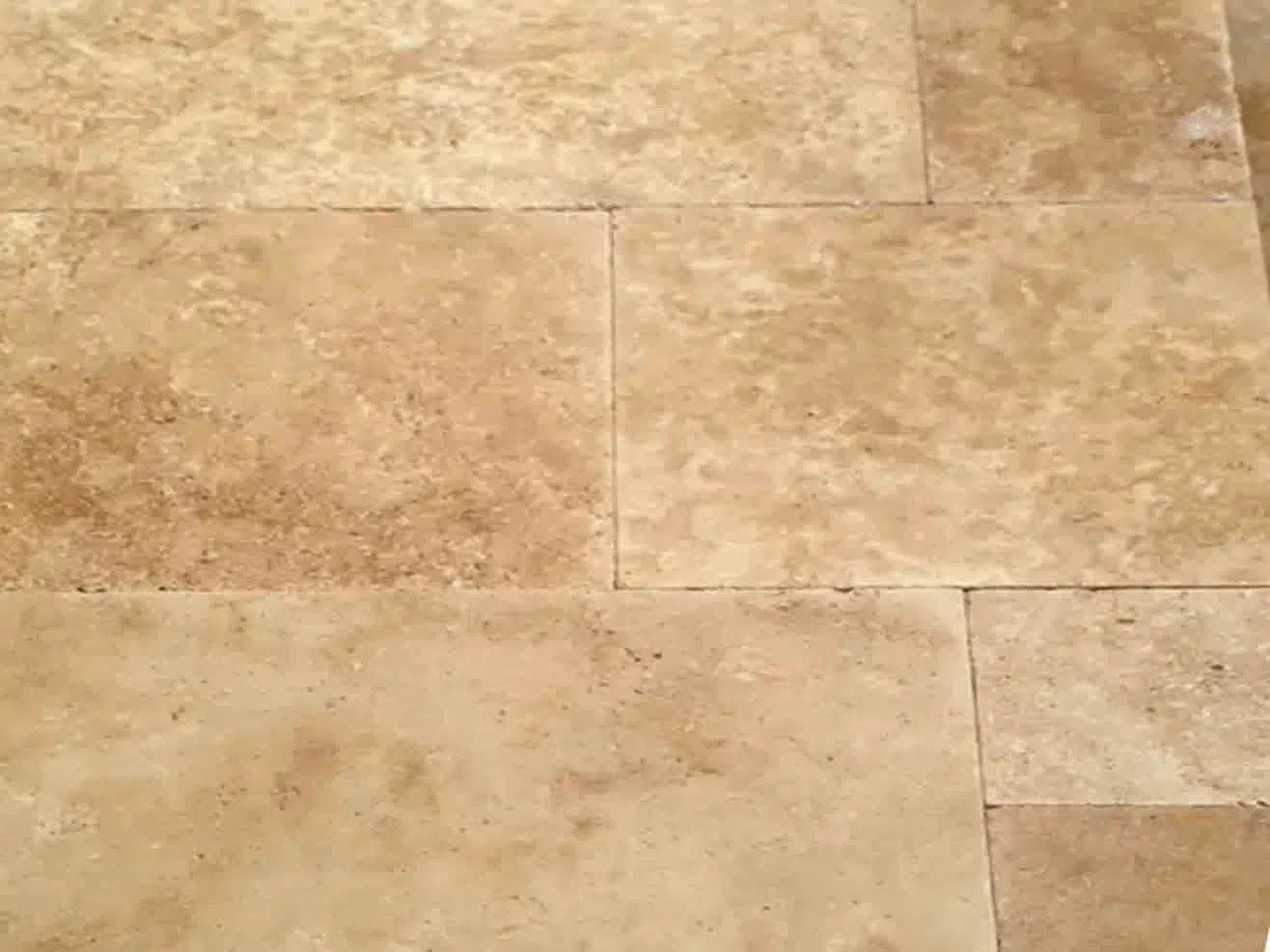 Walnut Travertine
Walnut Travertine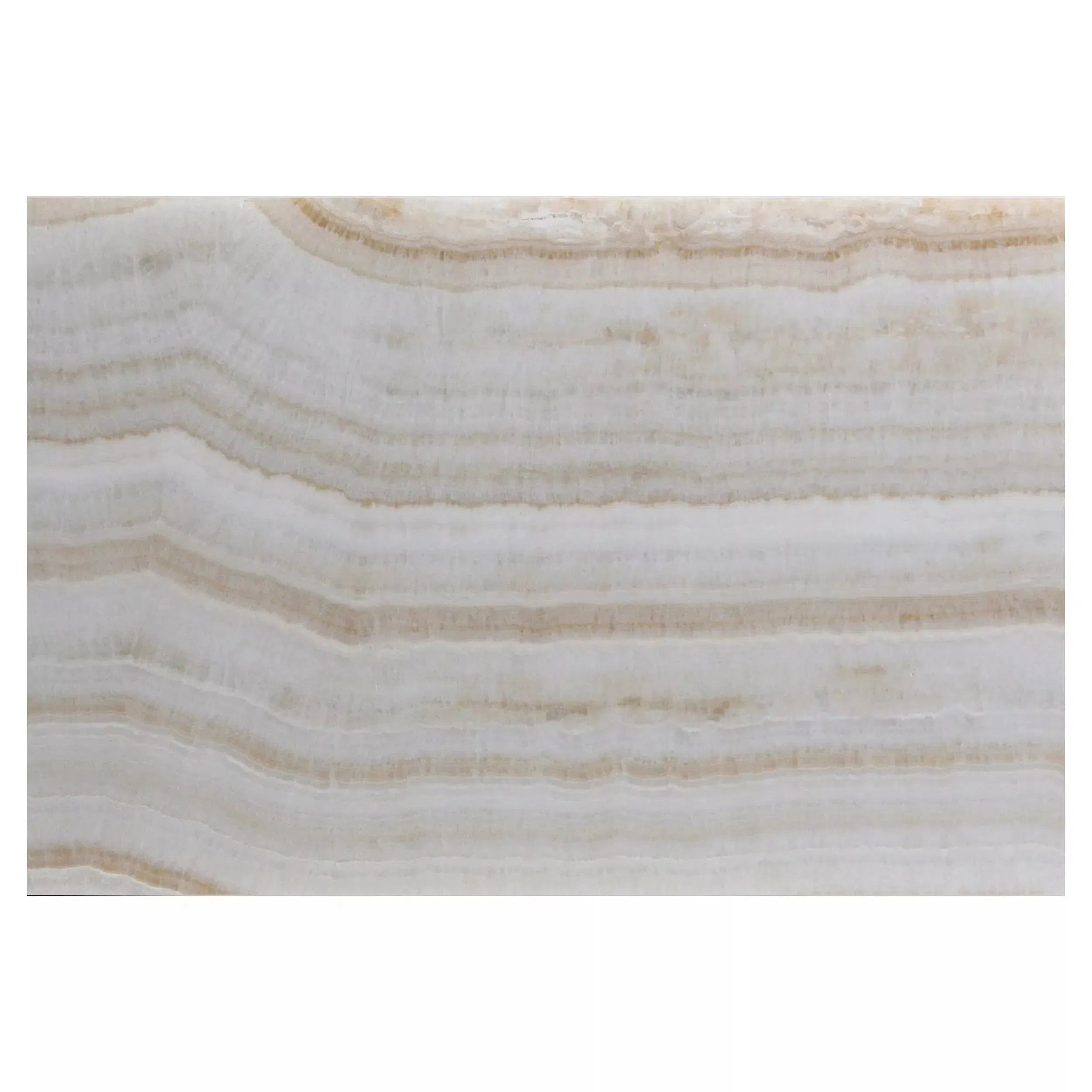 White Onyx Marble
White Onyx Marble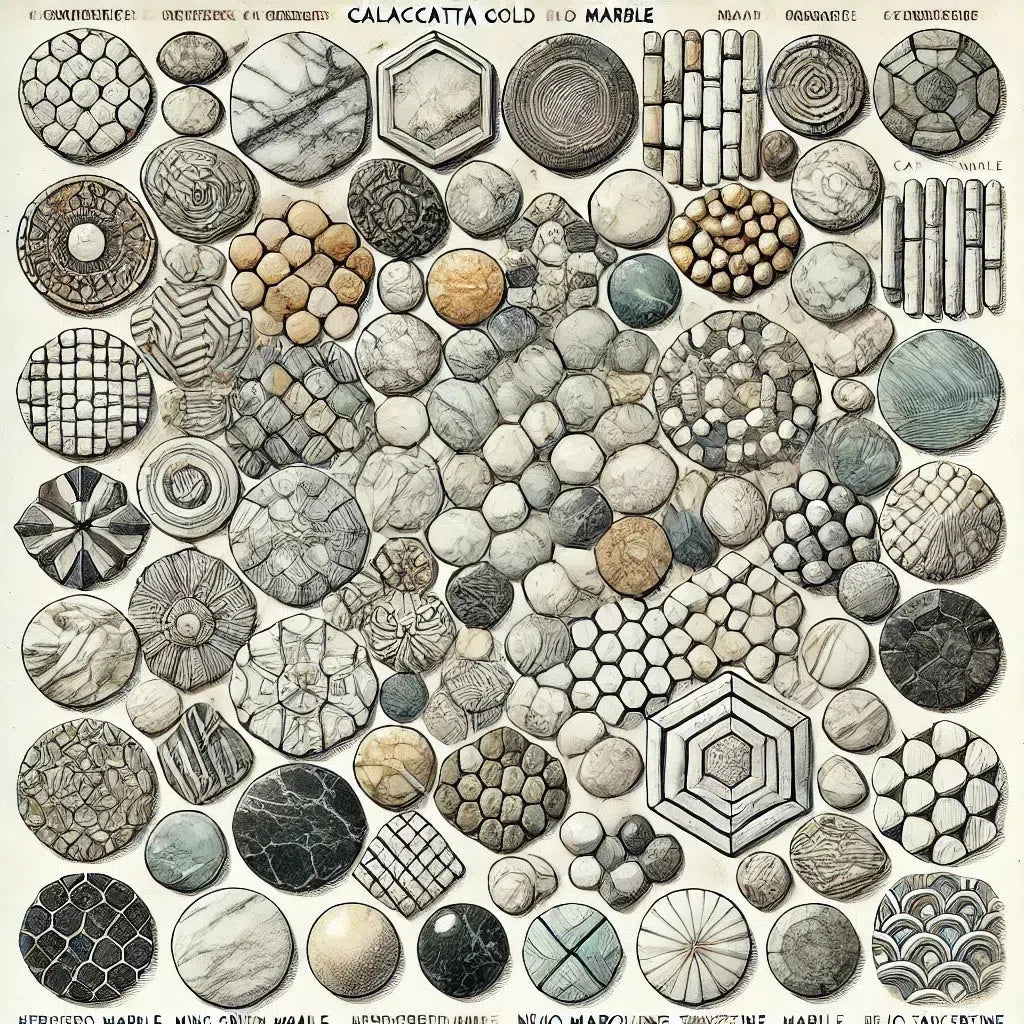 Shop By Type
Shop By Type
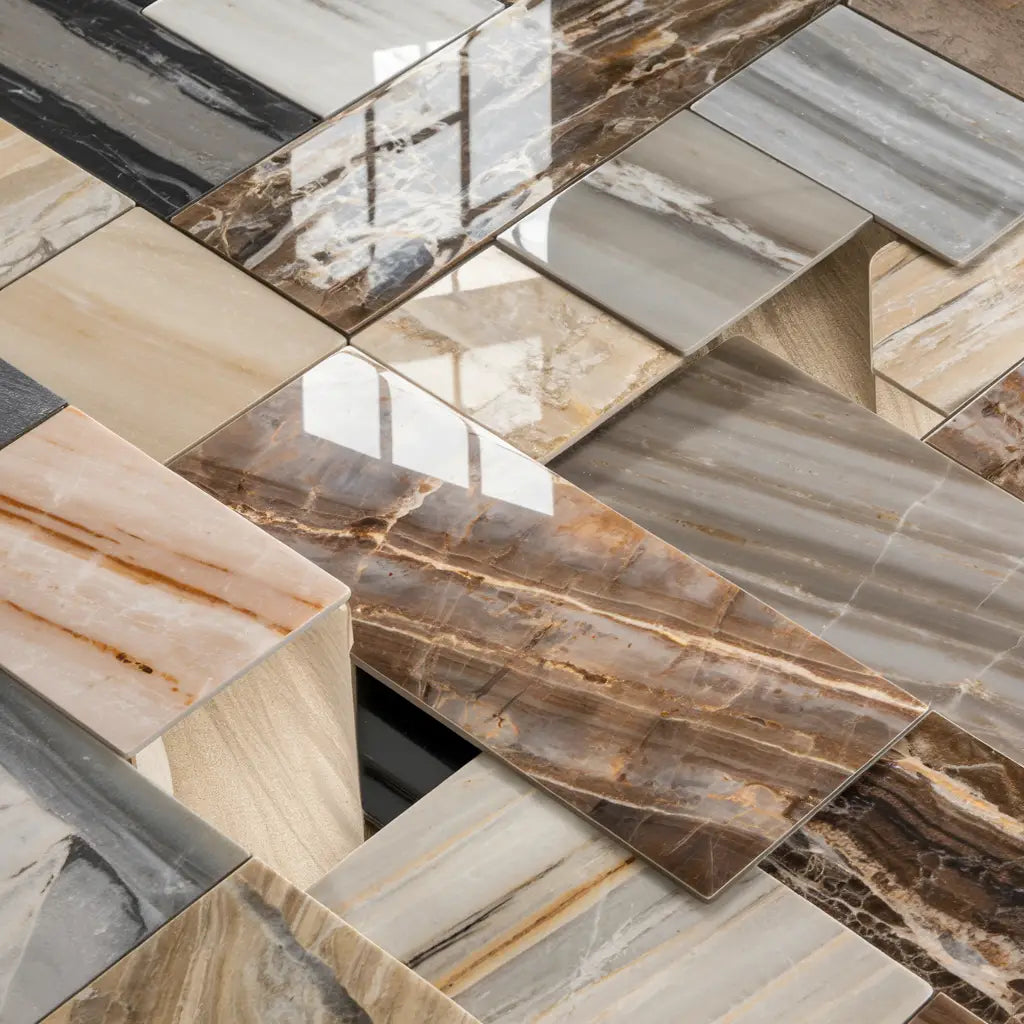 Marble Tiles
Marble Tiles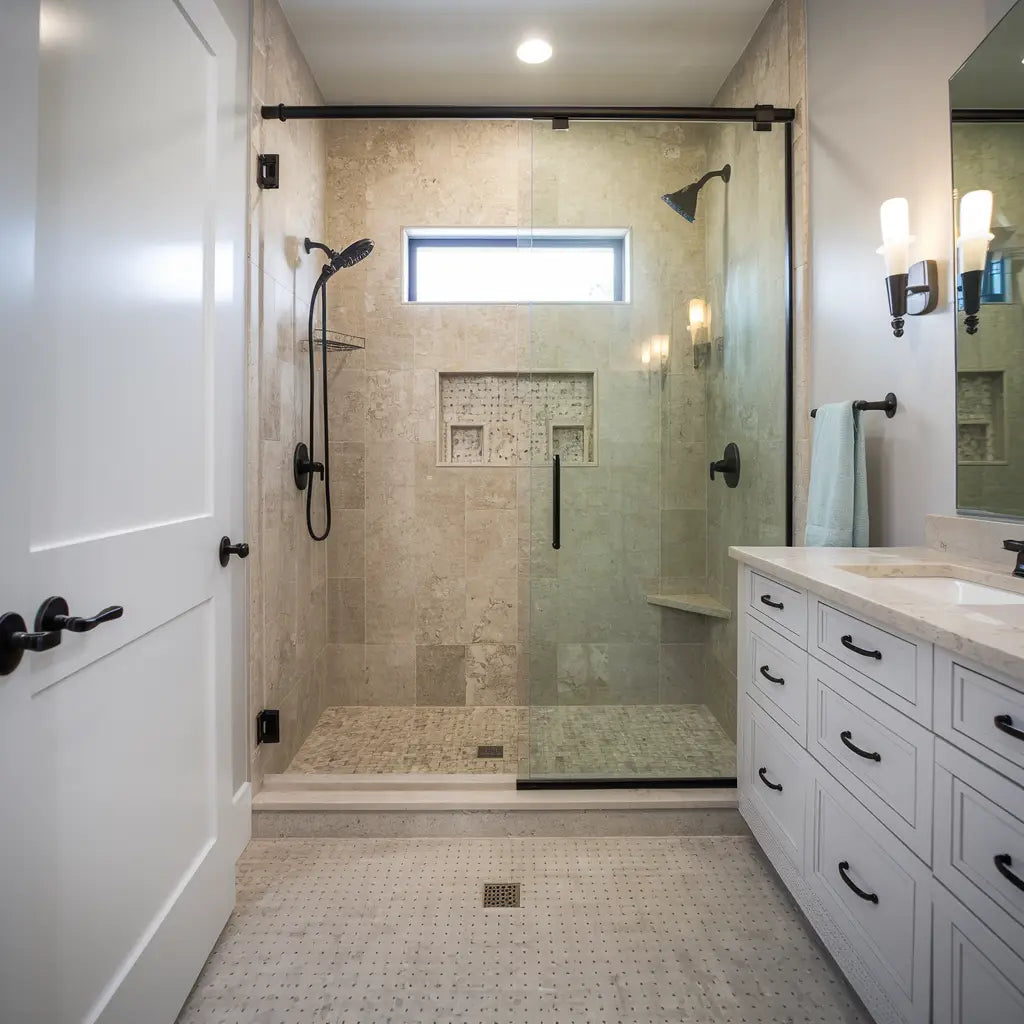 Marble Mosaic
Marble Mosaic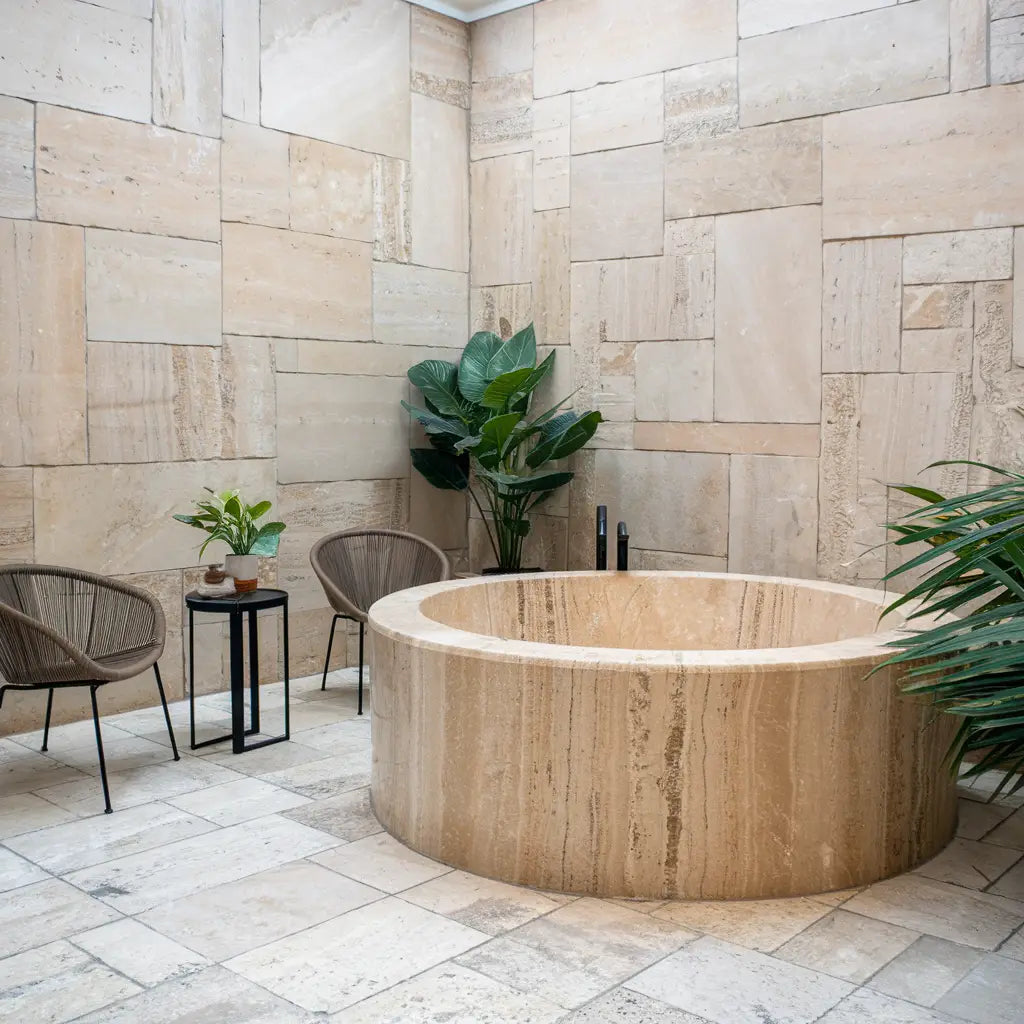 Travertine Tiles
Travertine Tiles Travertine Mosaic
Travertine Mosaic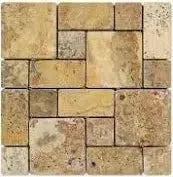 4 pcs Versailles Pattern / French Pattern Set
4 pcs Versailles Pattern / French Pattern Set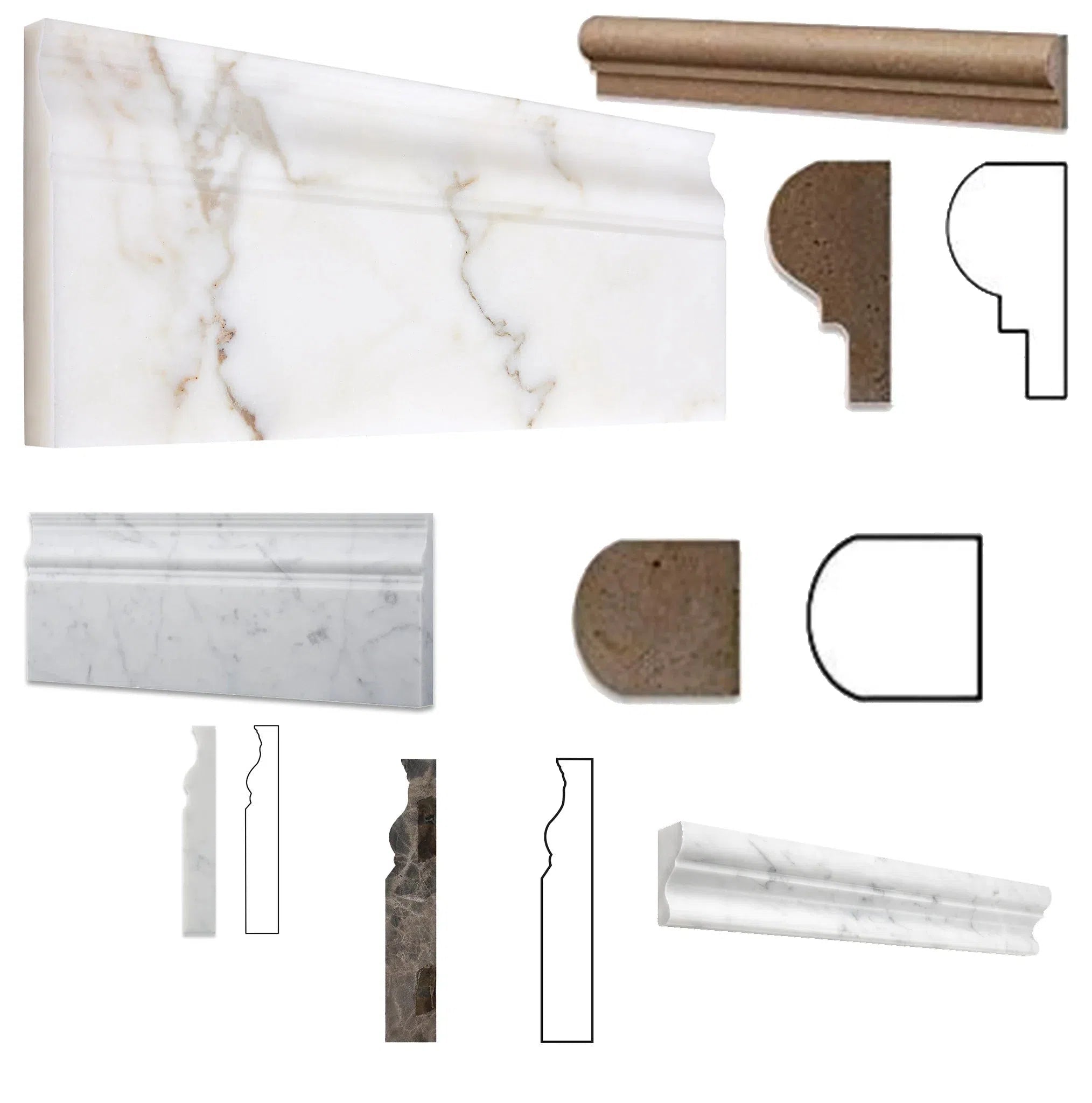 Molding/Trim
Molding/Trim Border/Listello
Border/Listello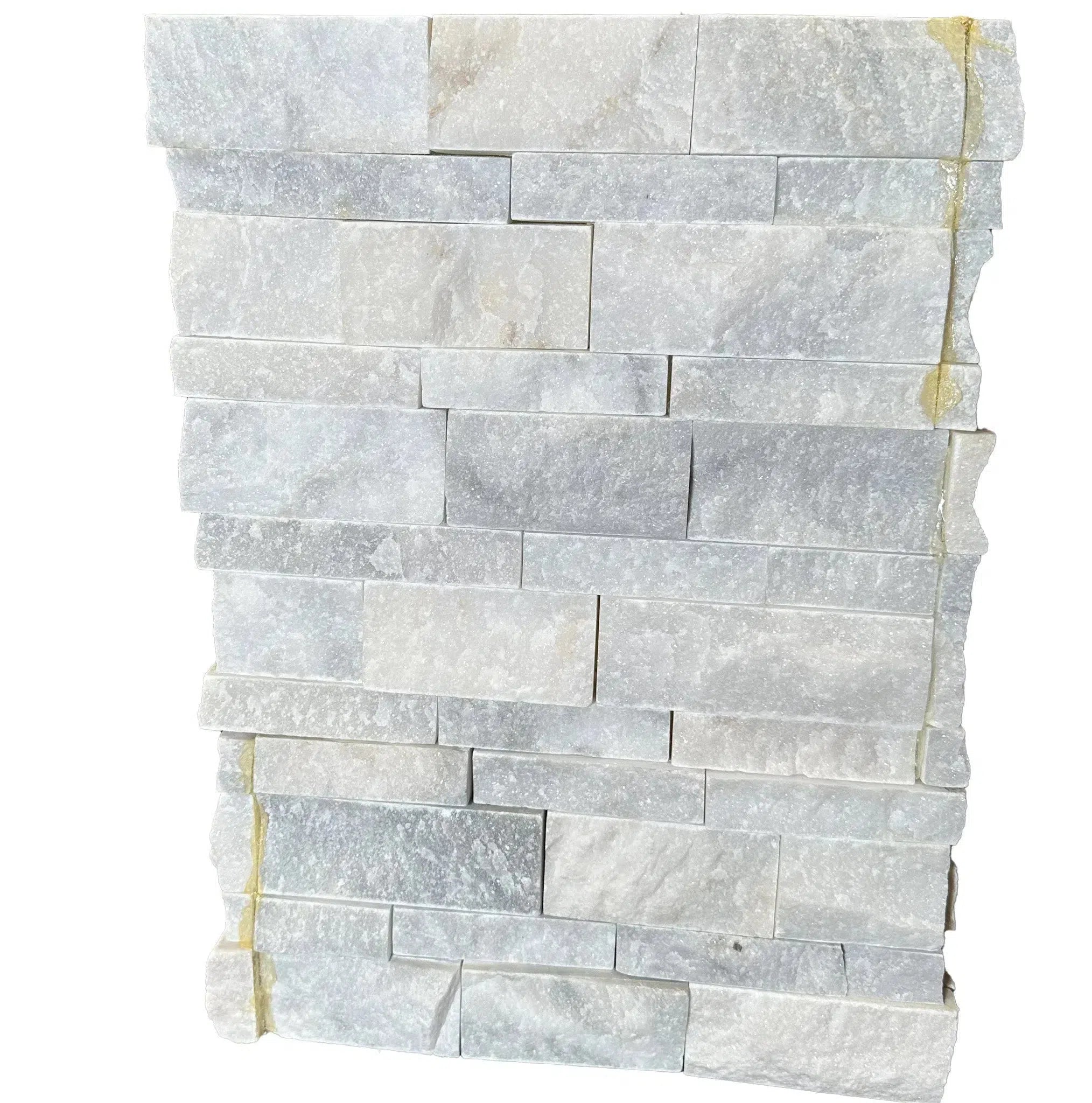 Ledger-Panel
Ledger-Panel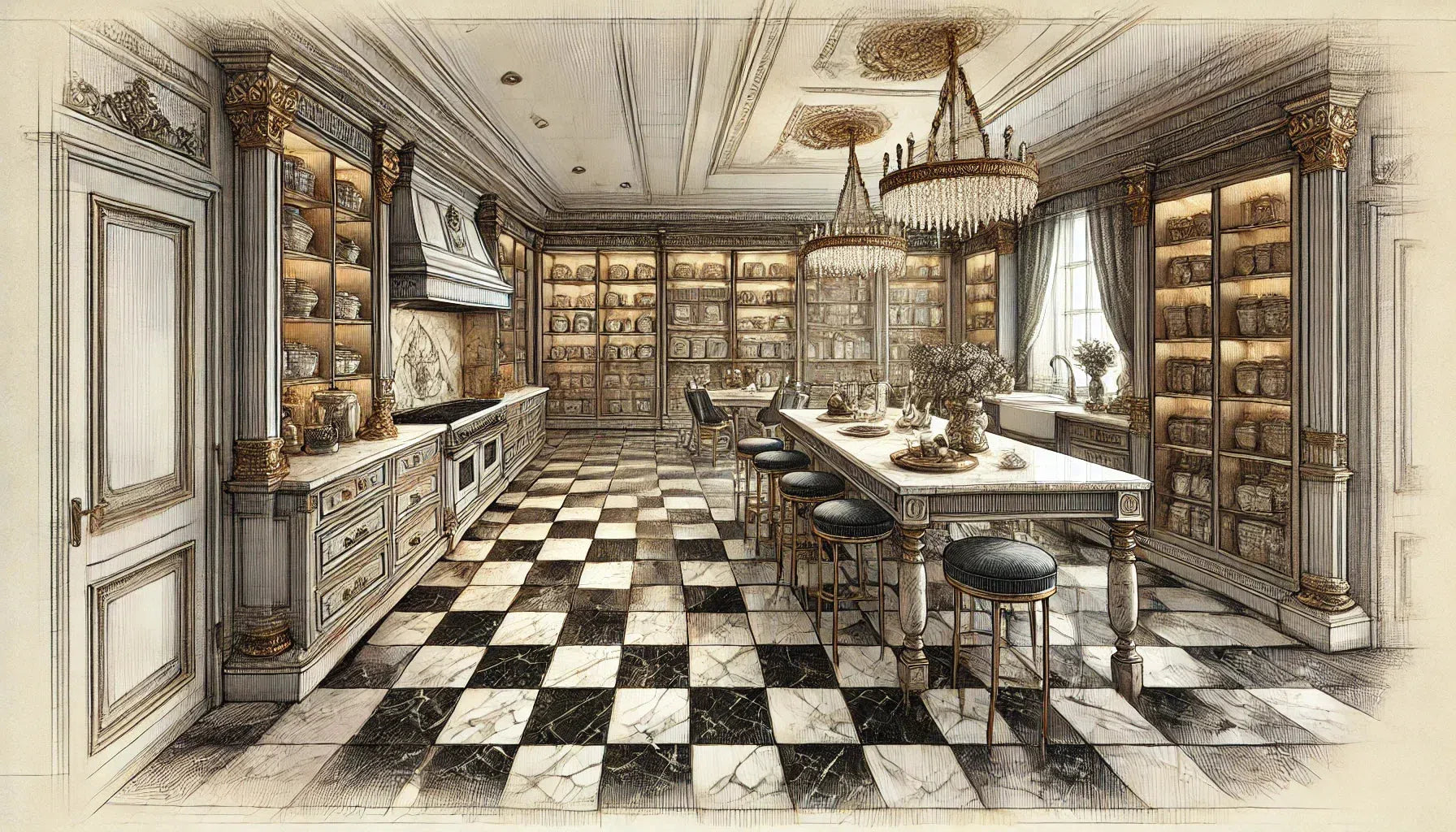 Checkerboard
Checkerboard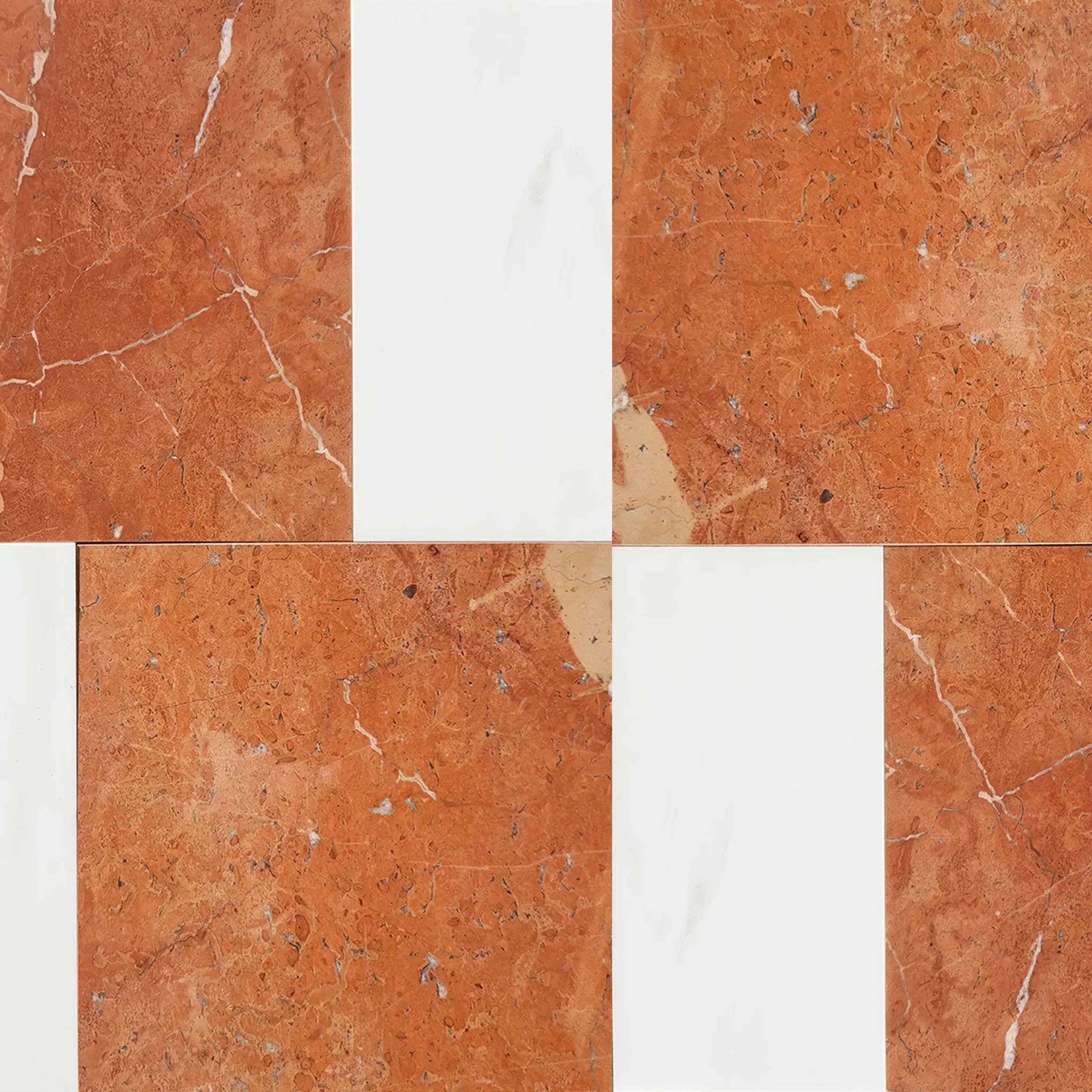 Patterned Tile Collection
Patterned Tile Collection 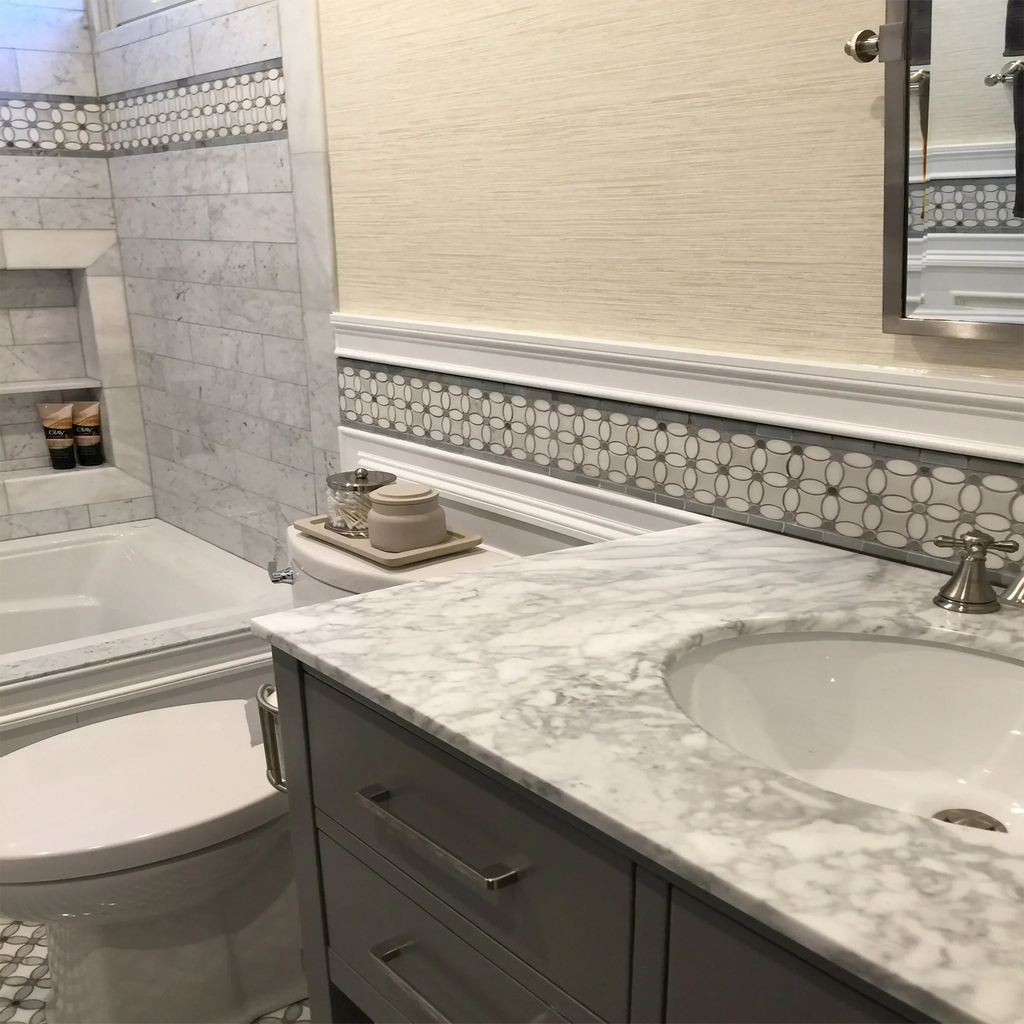 Shop By Finish
Shop By Finish
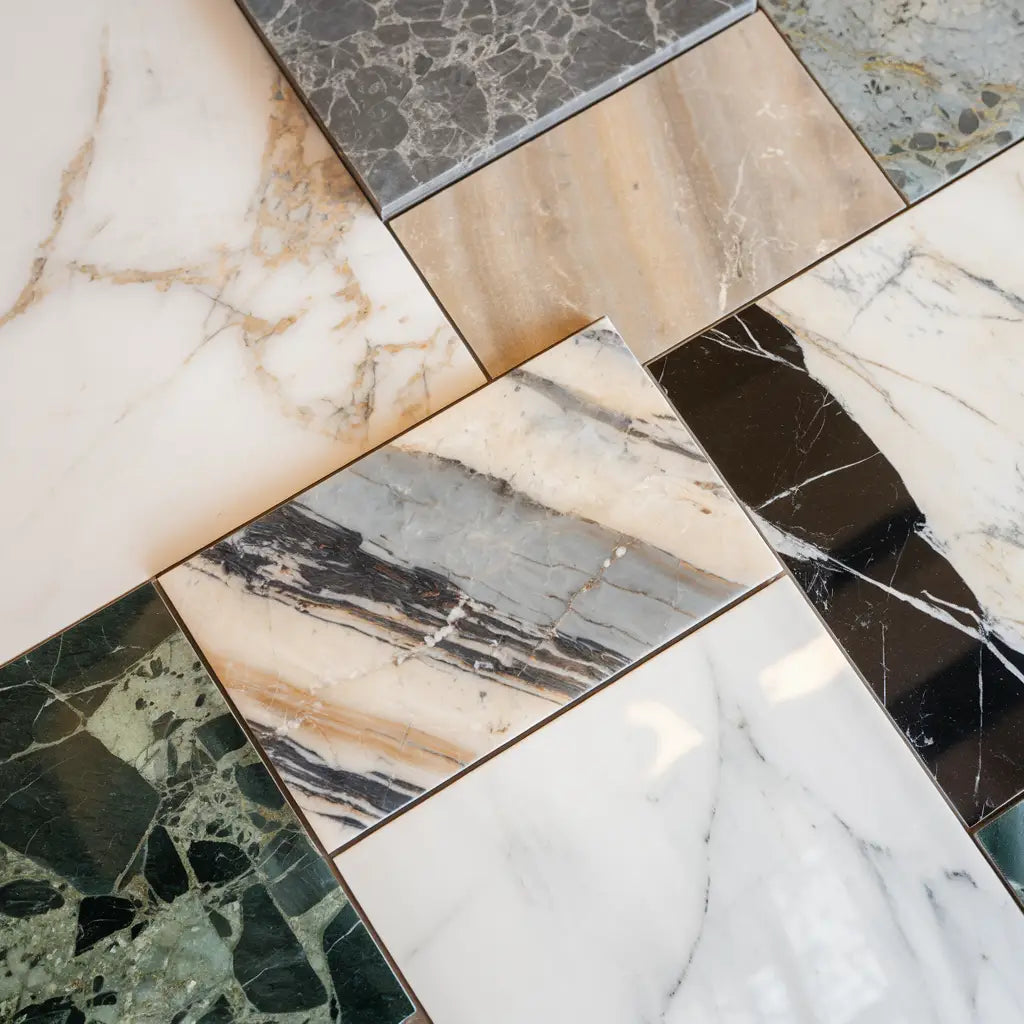 Polished
Polished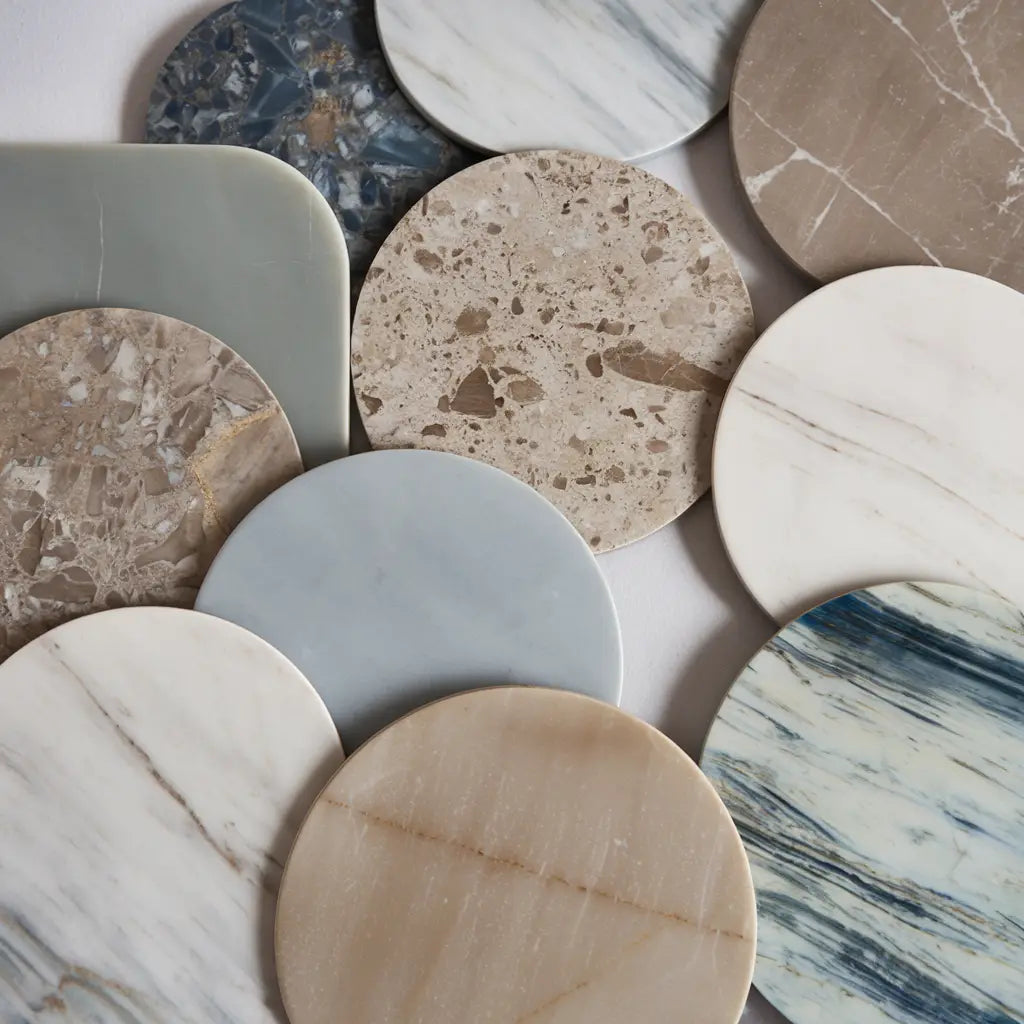 Honed
Honed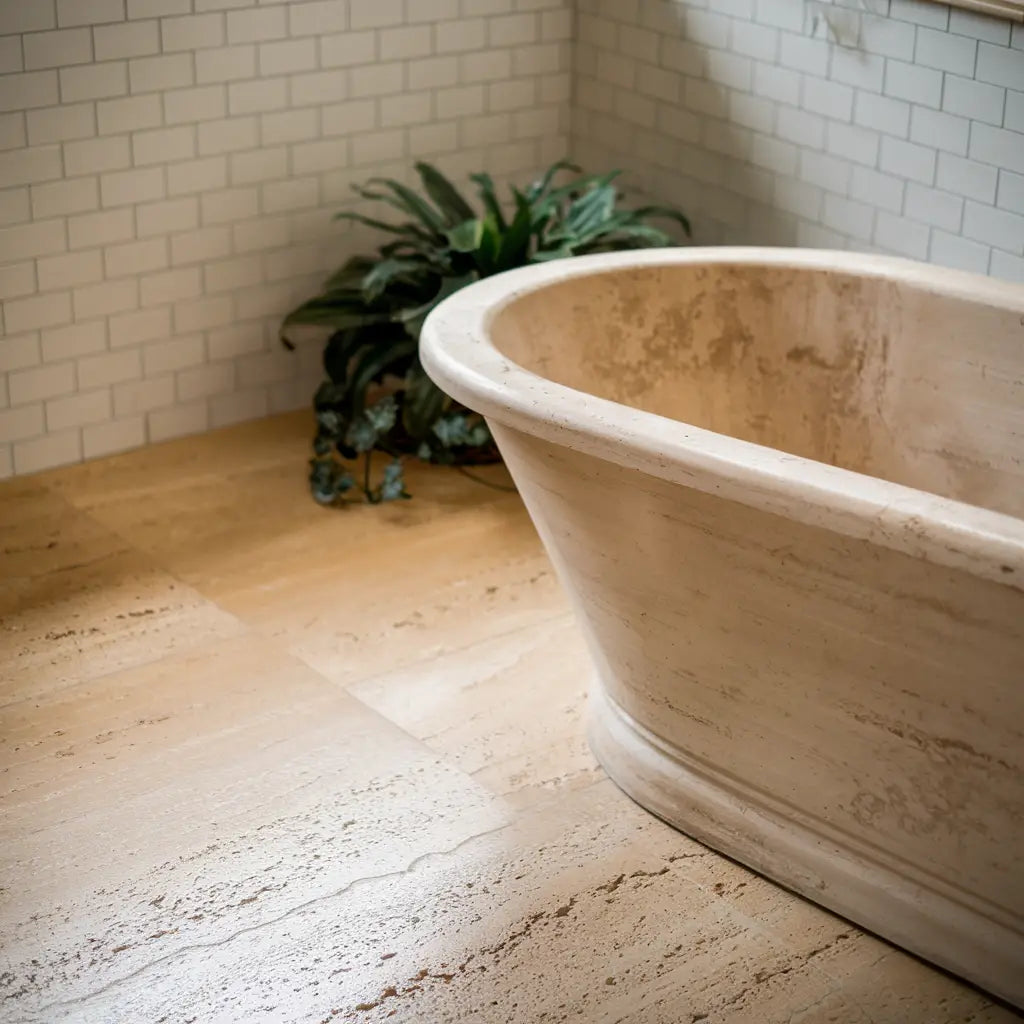 Brushed
Brushed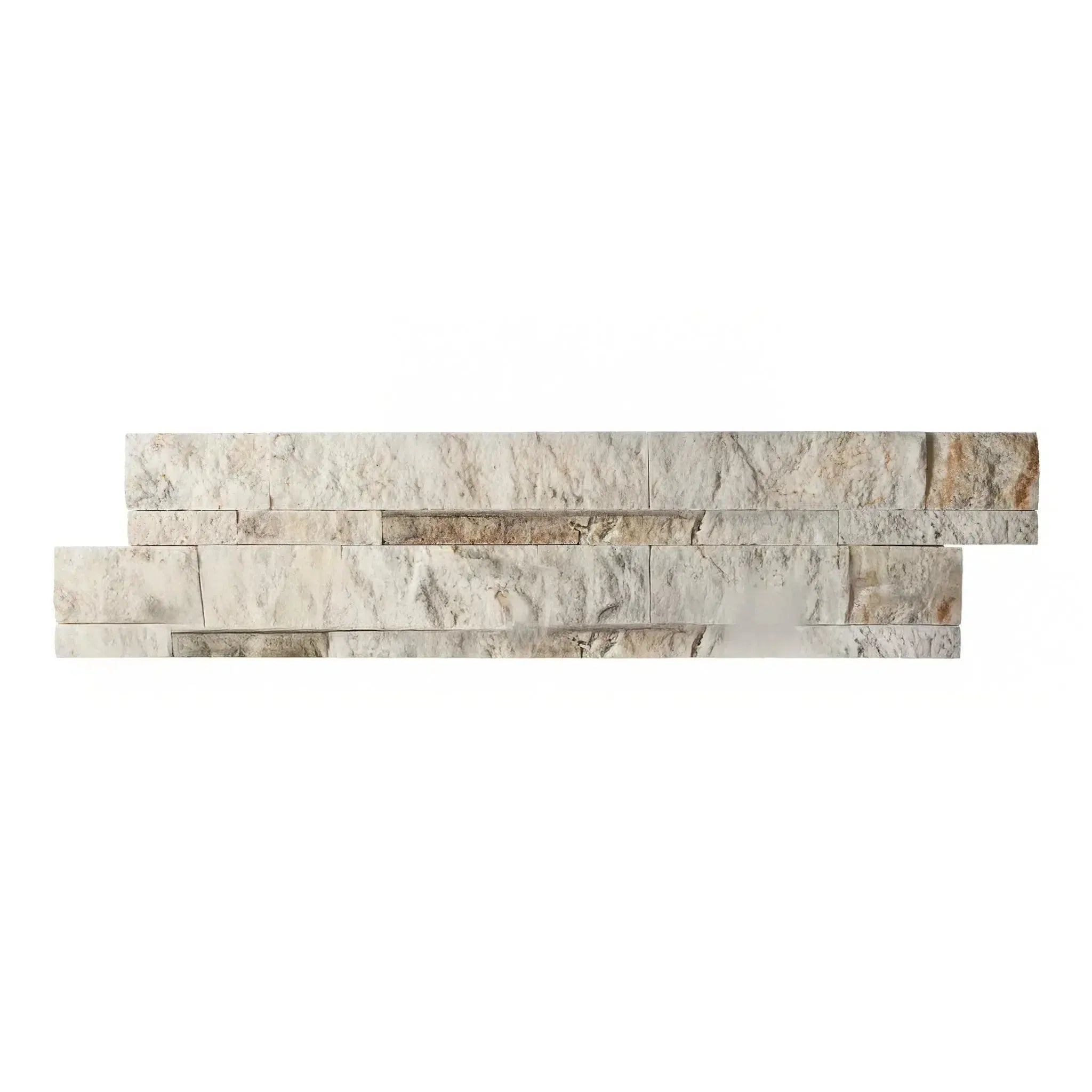 Split Face
Split Face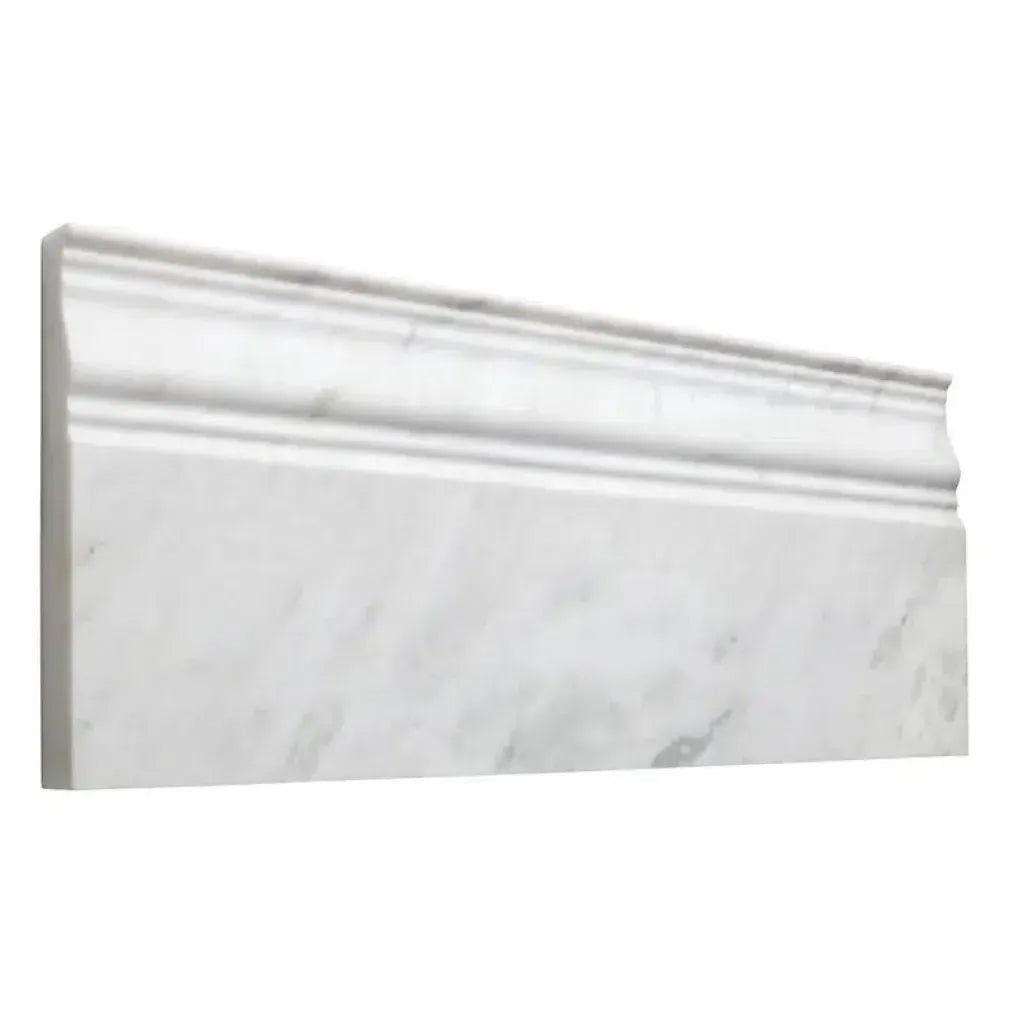 Textured
Textured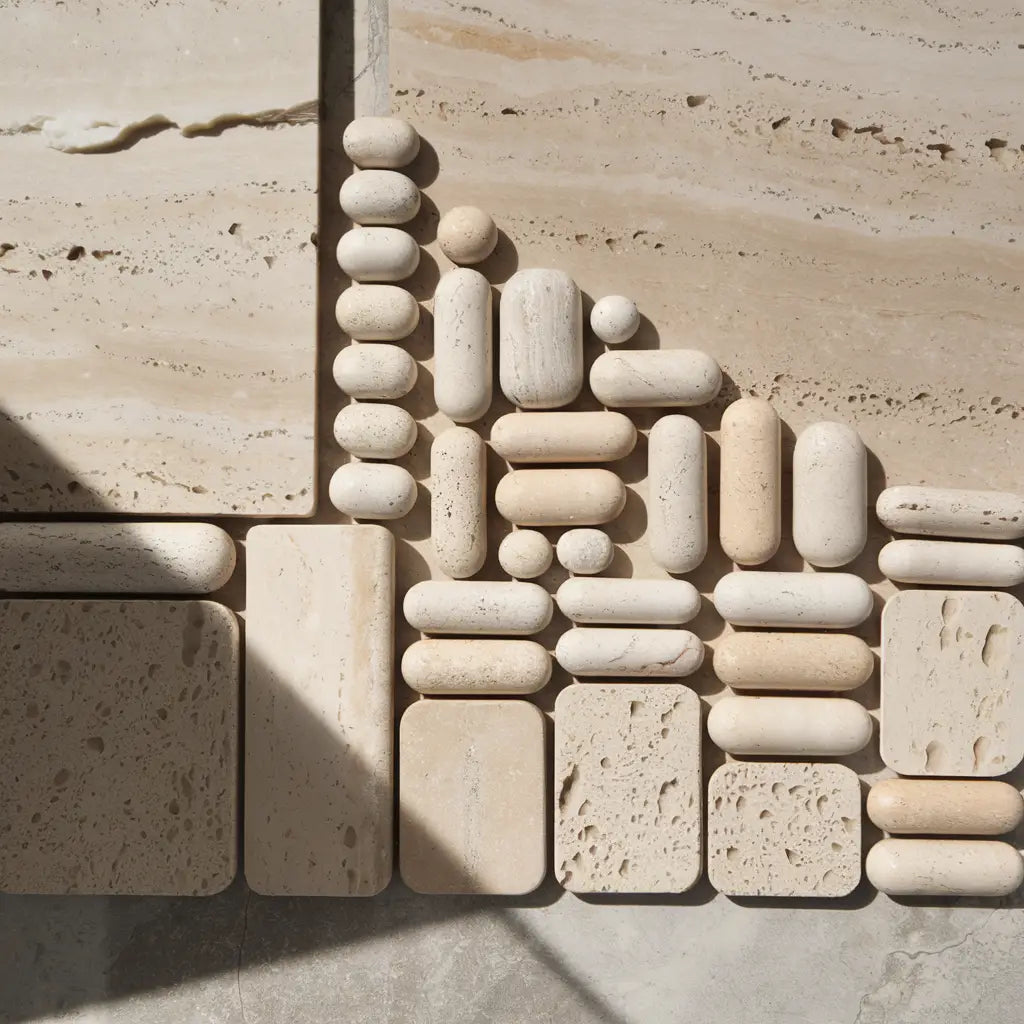 Tumbled
Tumbled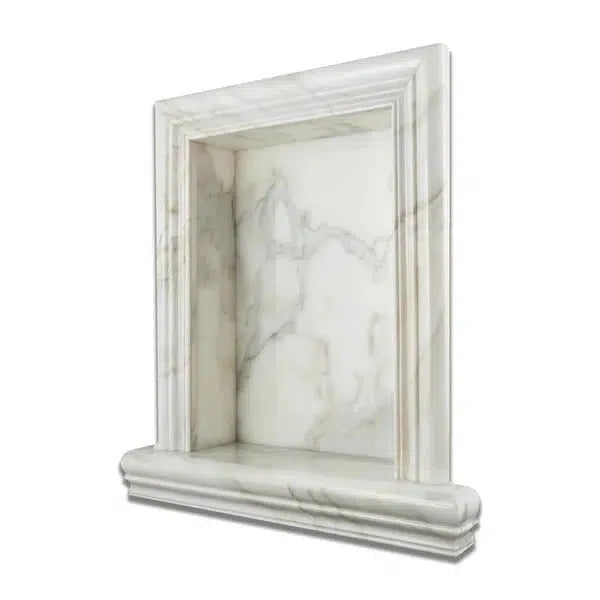 Accessories
Accessories
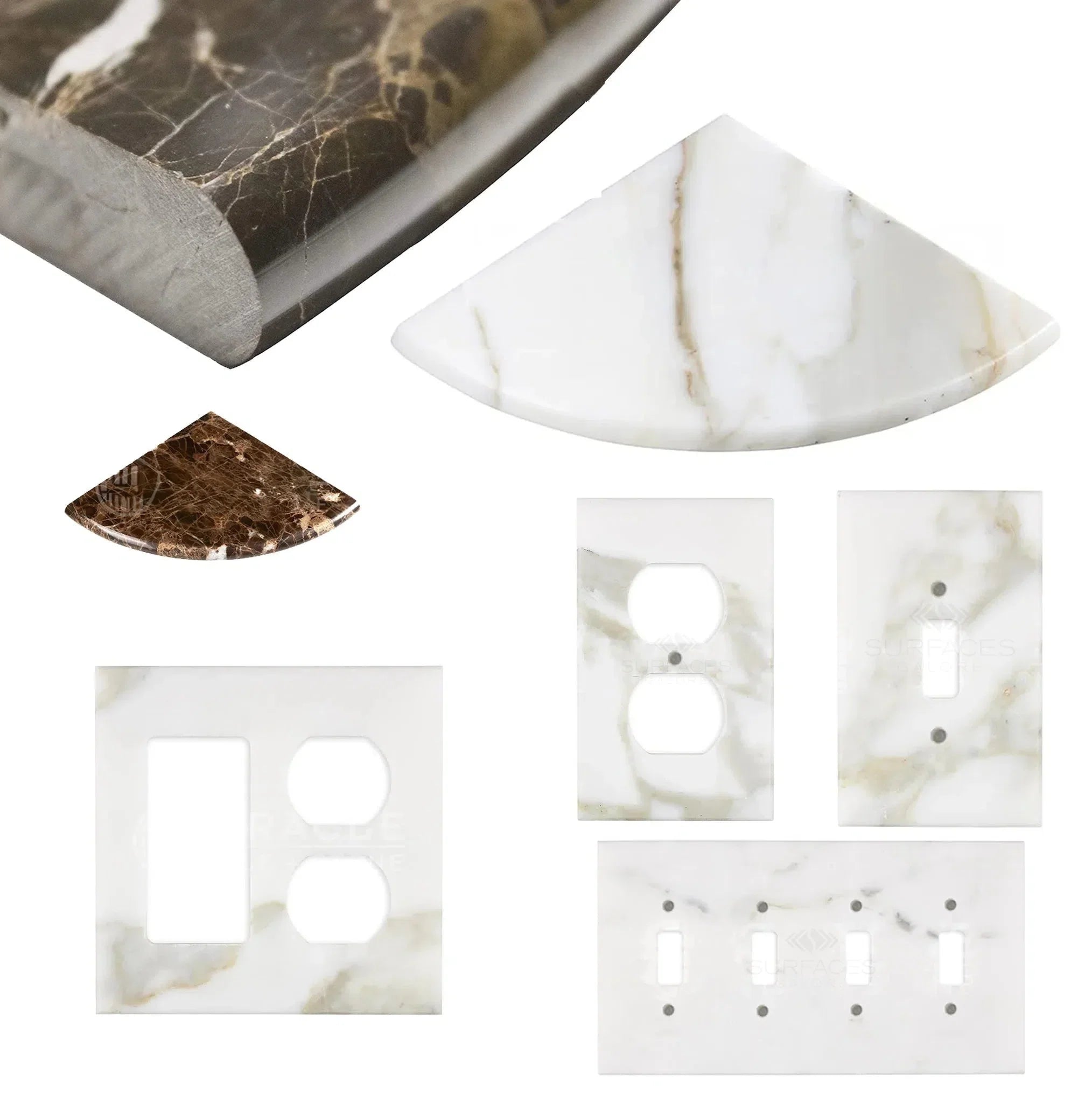 Wall Plate / Switch Plate
Wall Plate / Switch Plate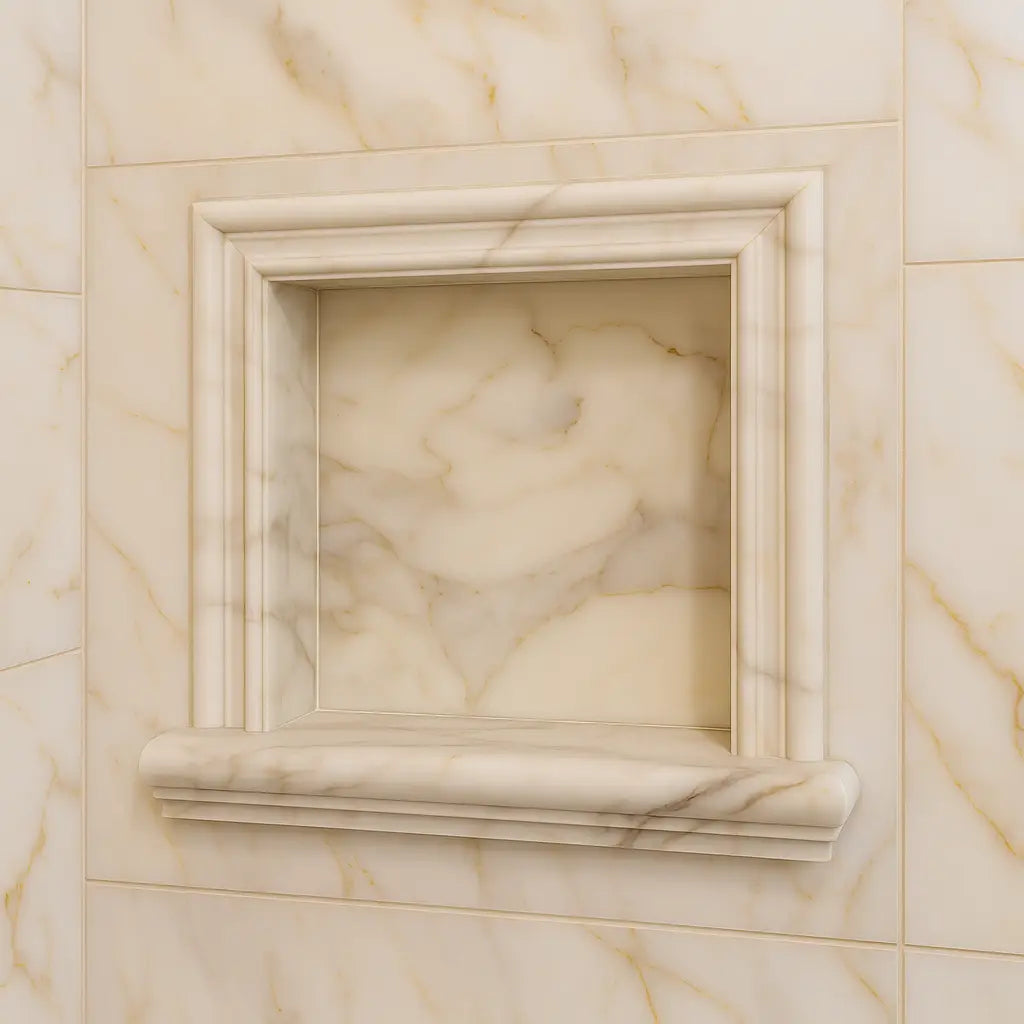 Shampoo Niche
Shampoo Niche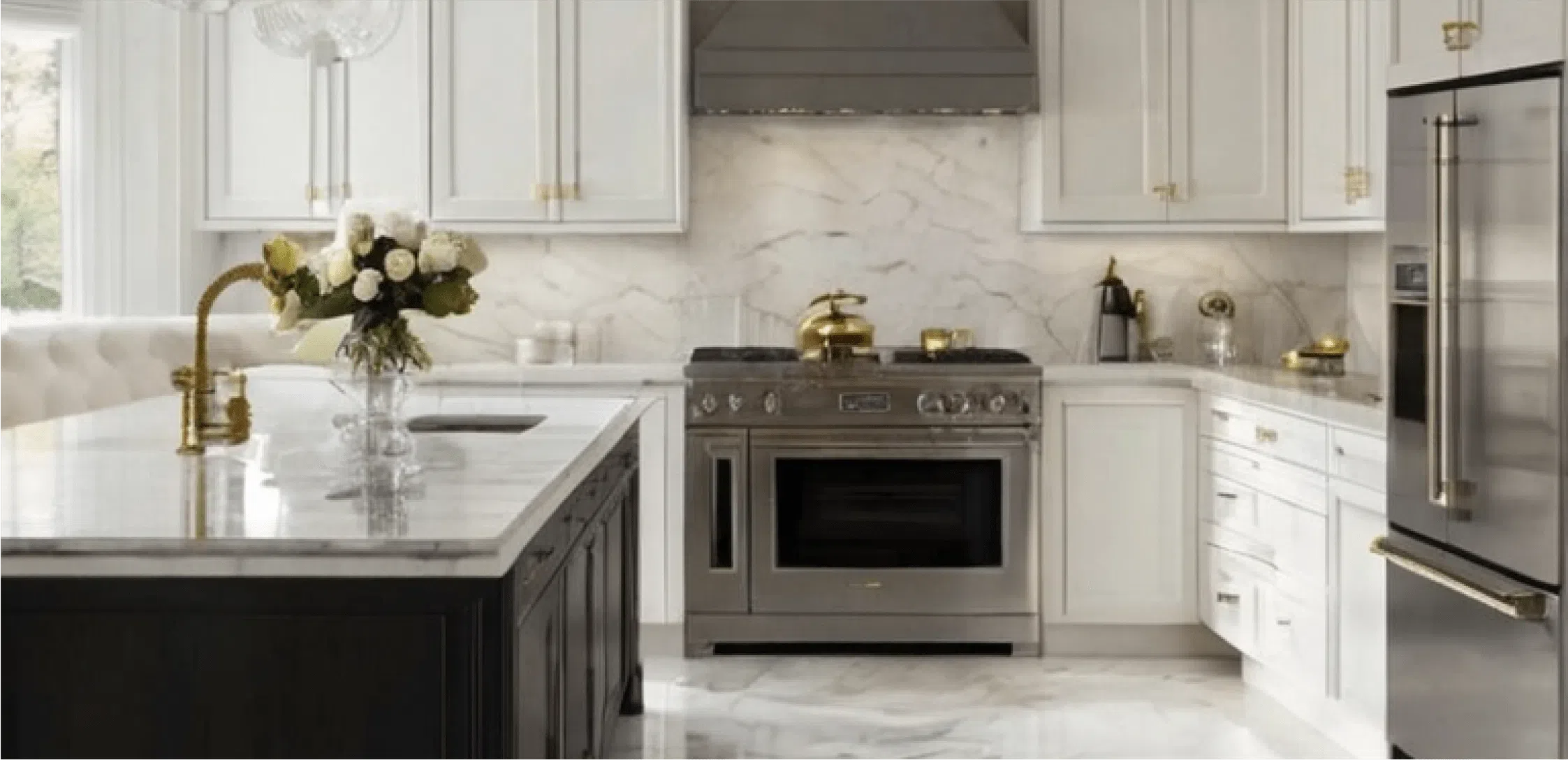 Corner Shelf
Corner Shelf Clearance
Clearance





Leave a comment